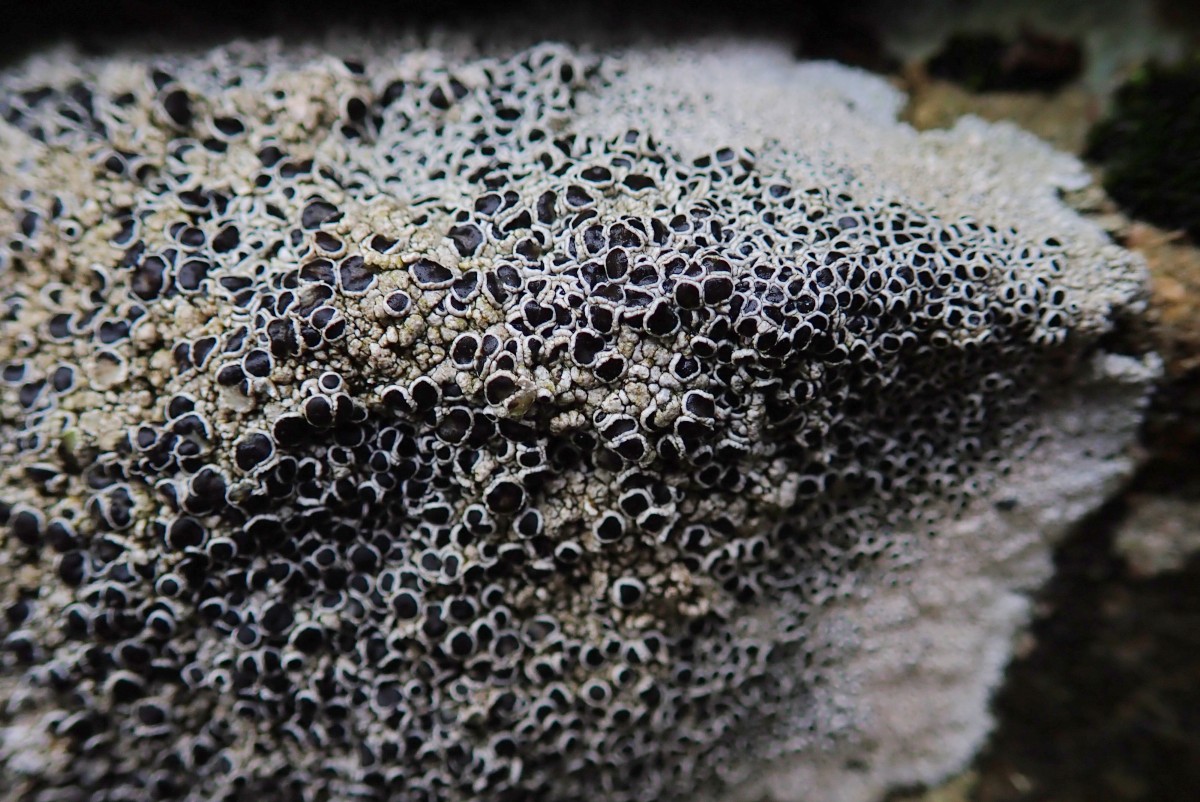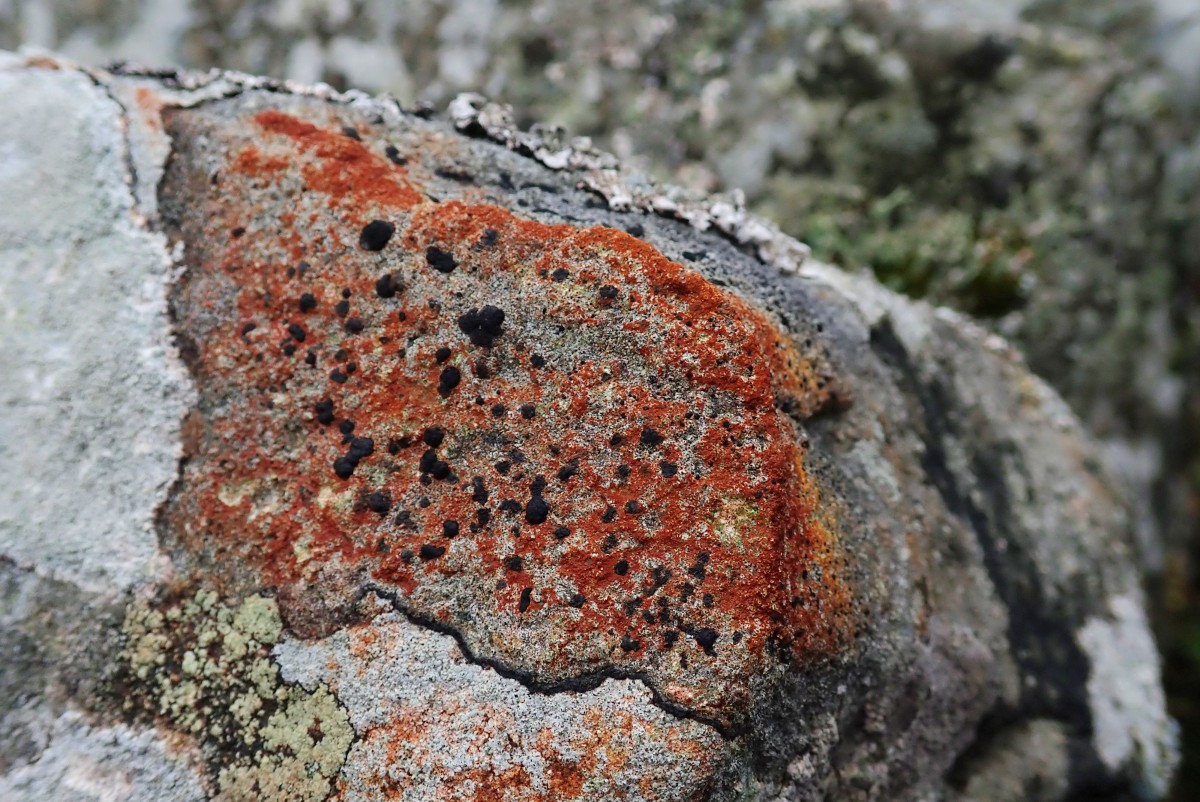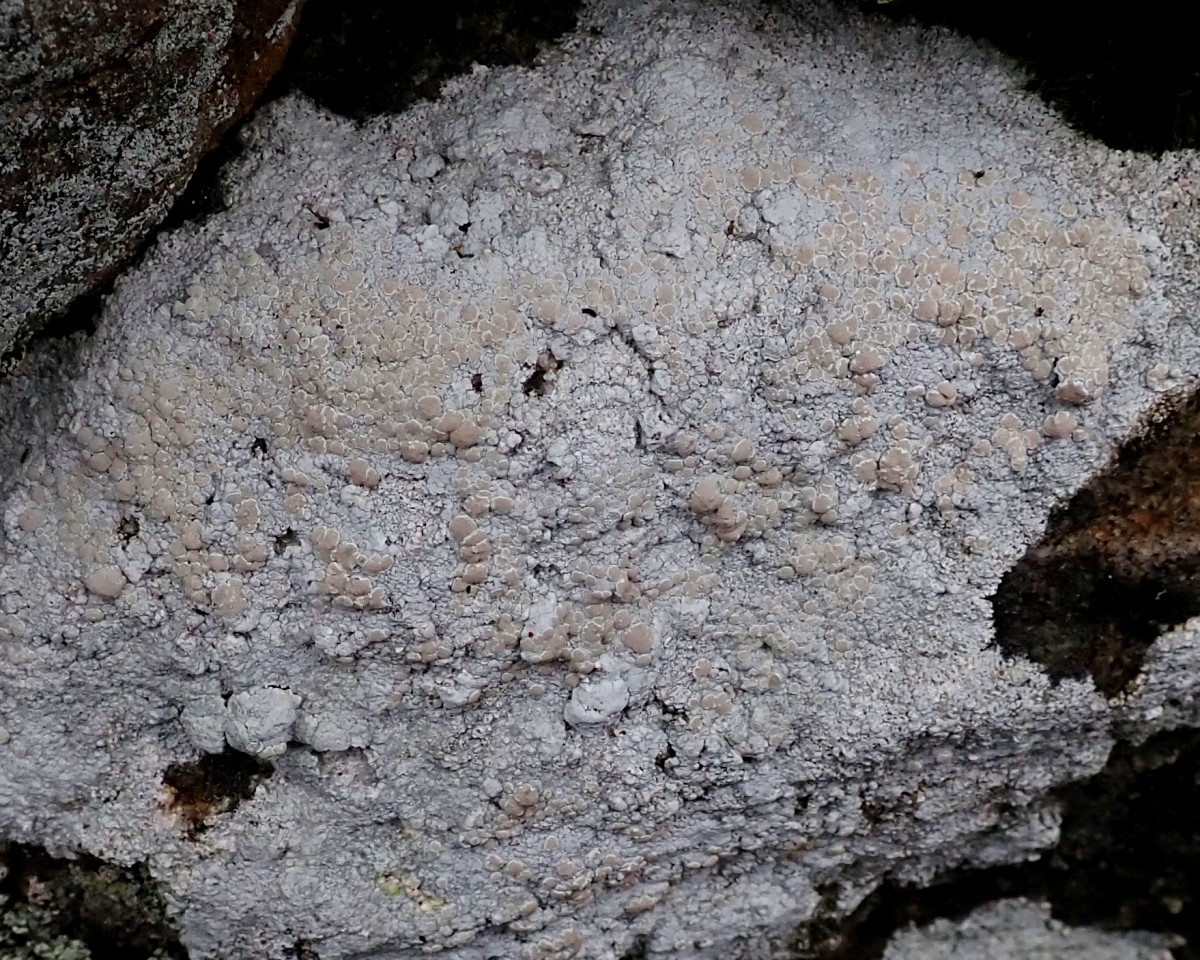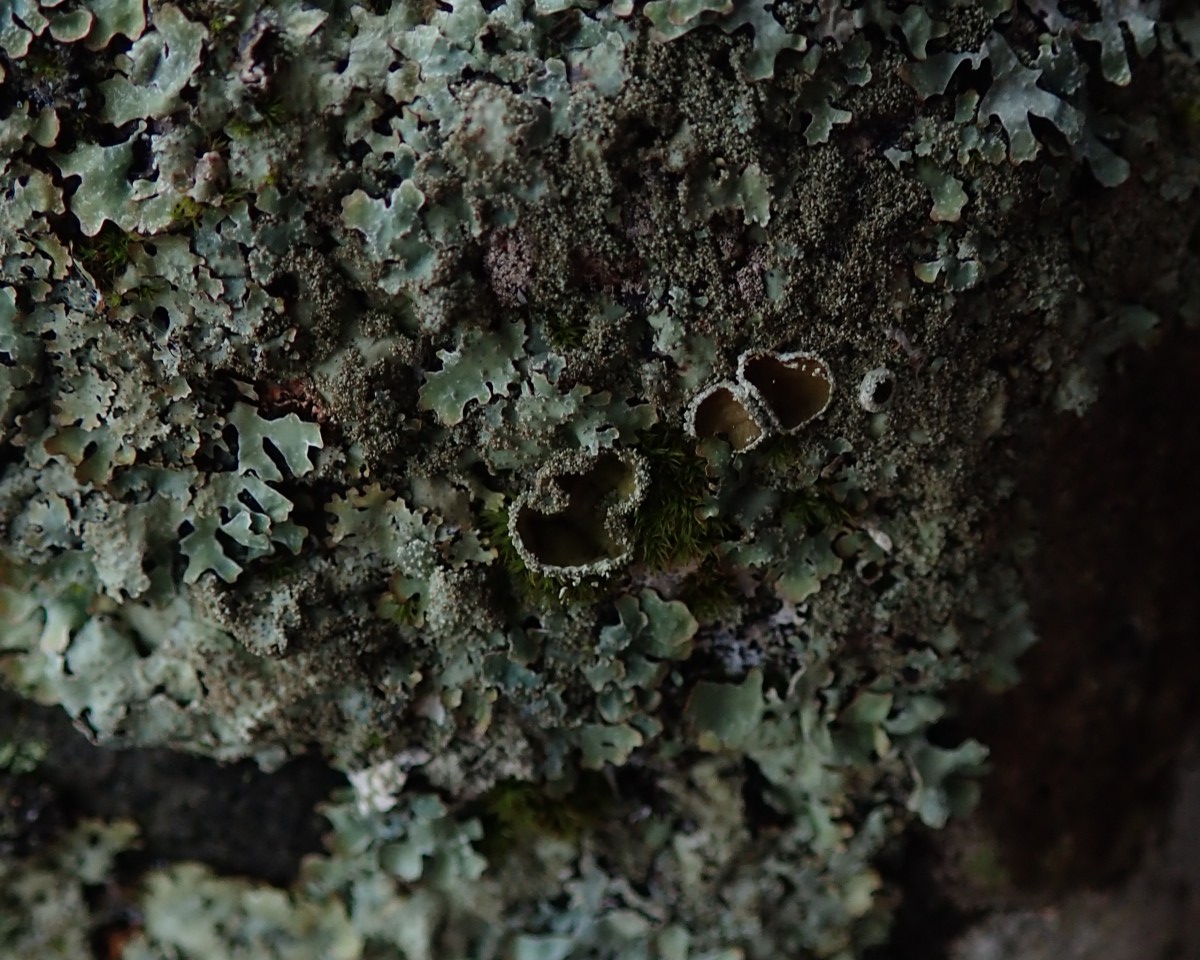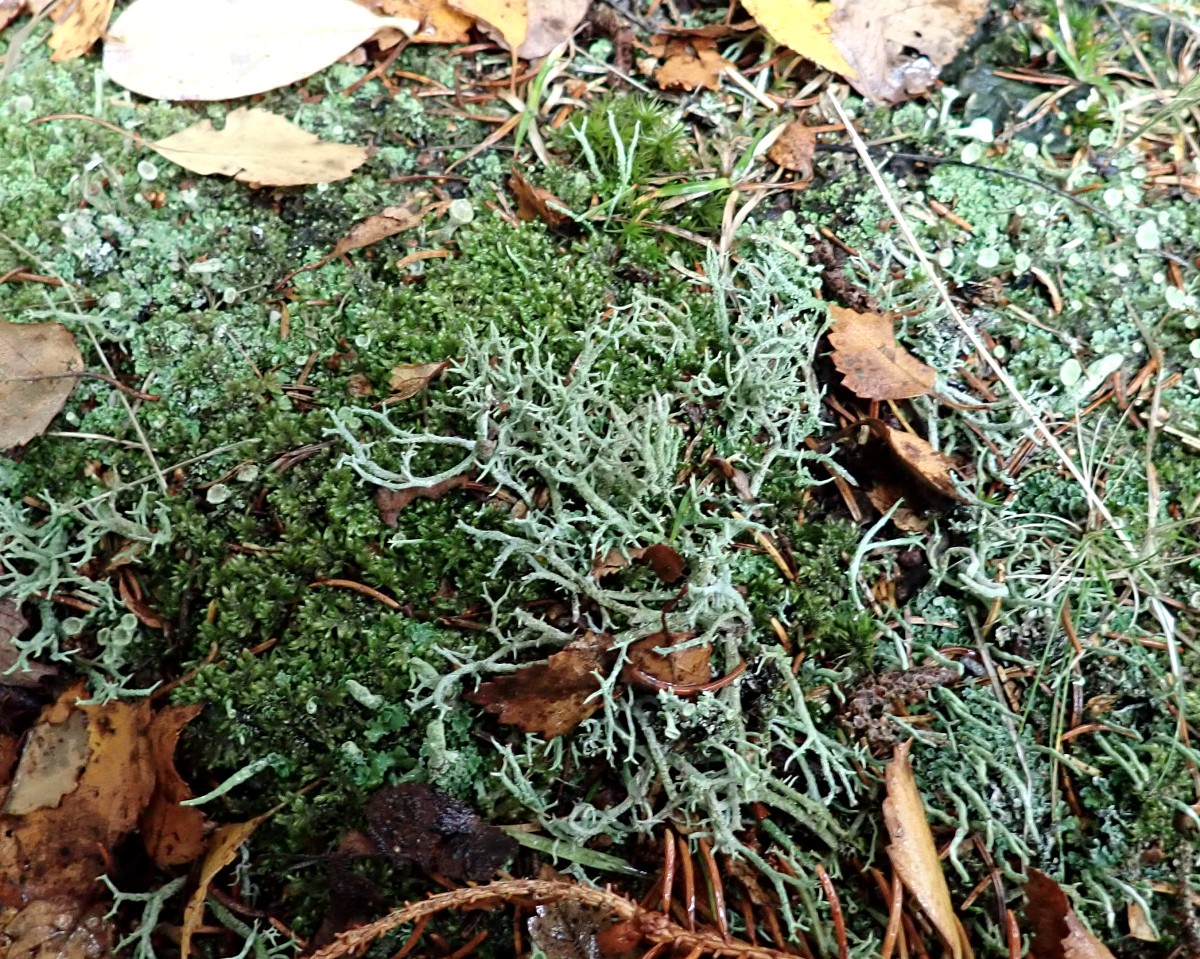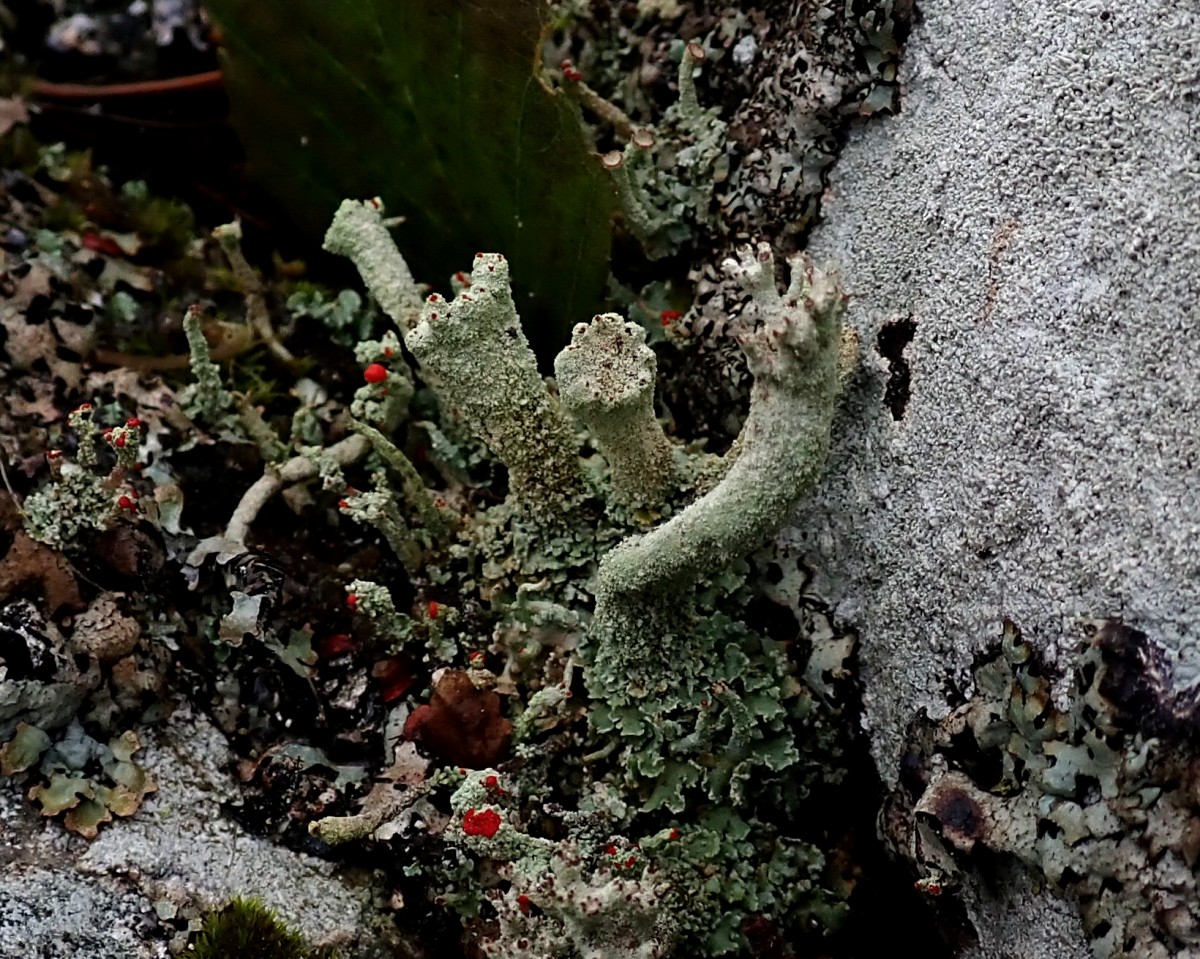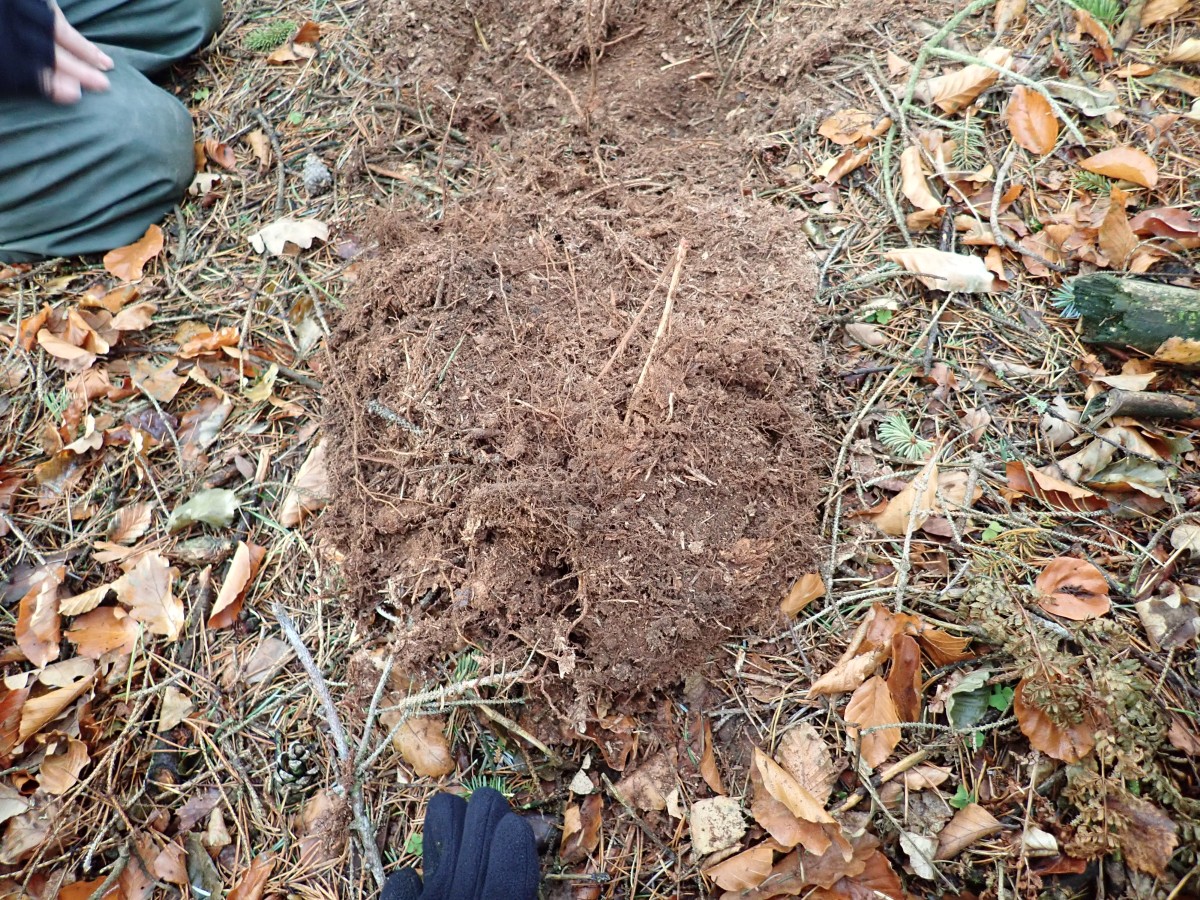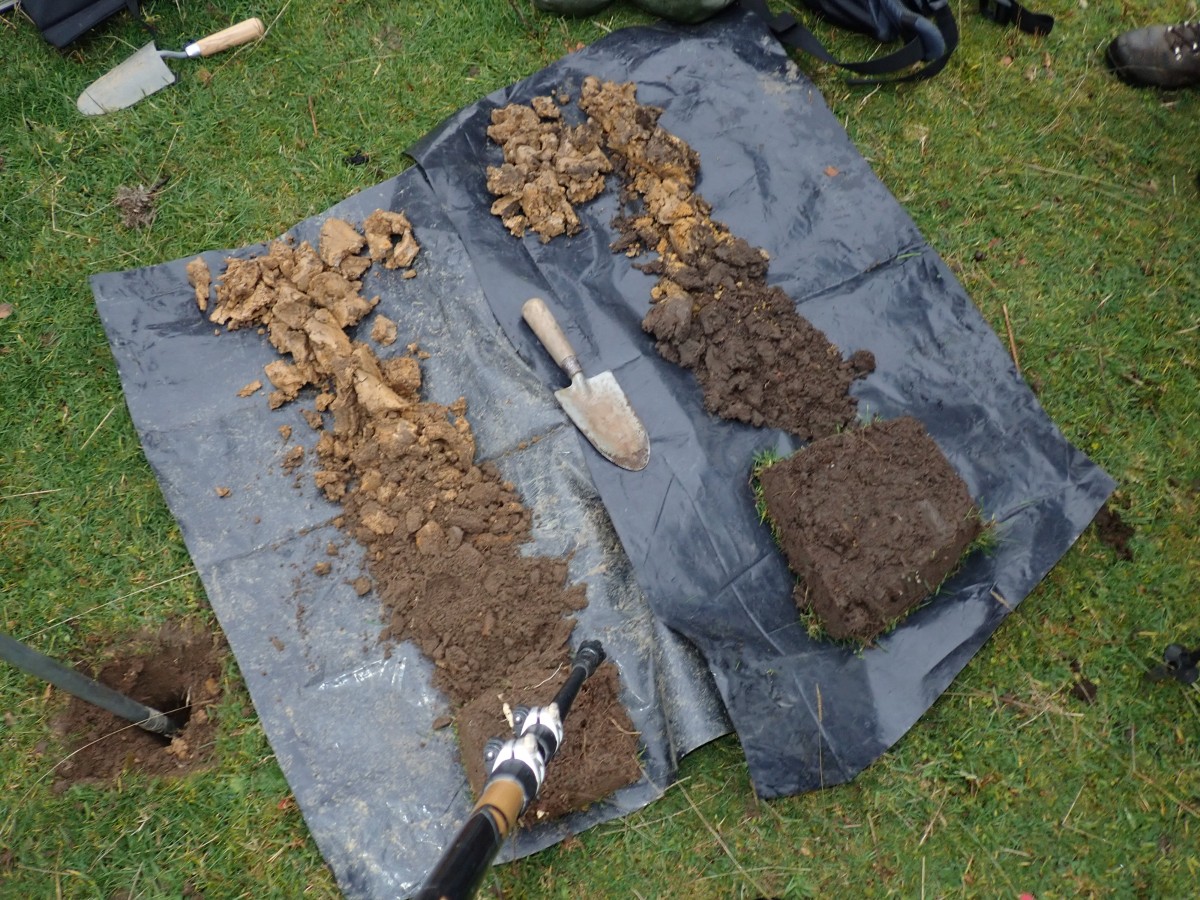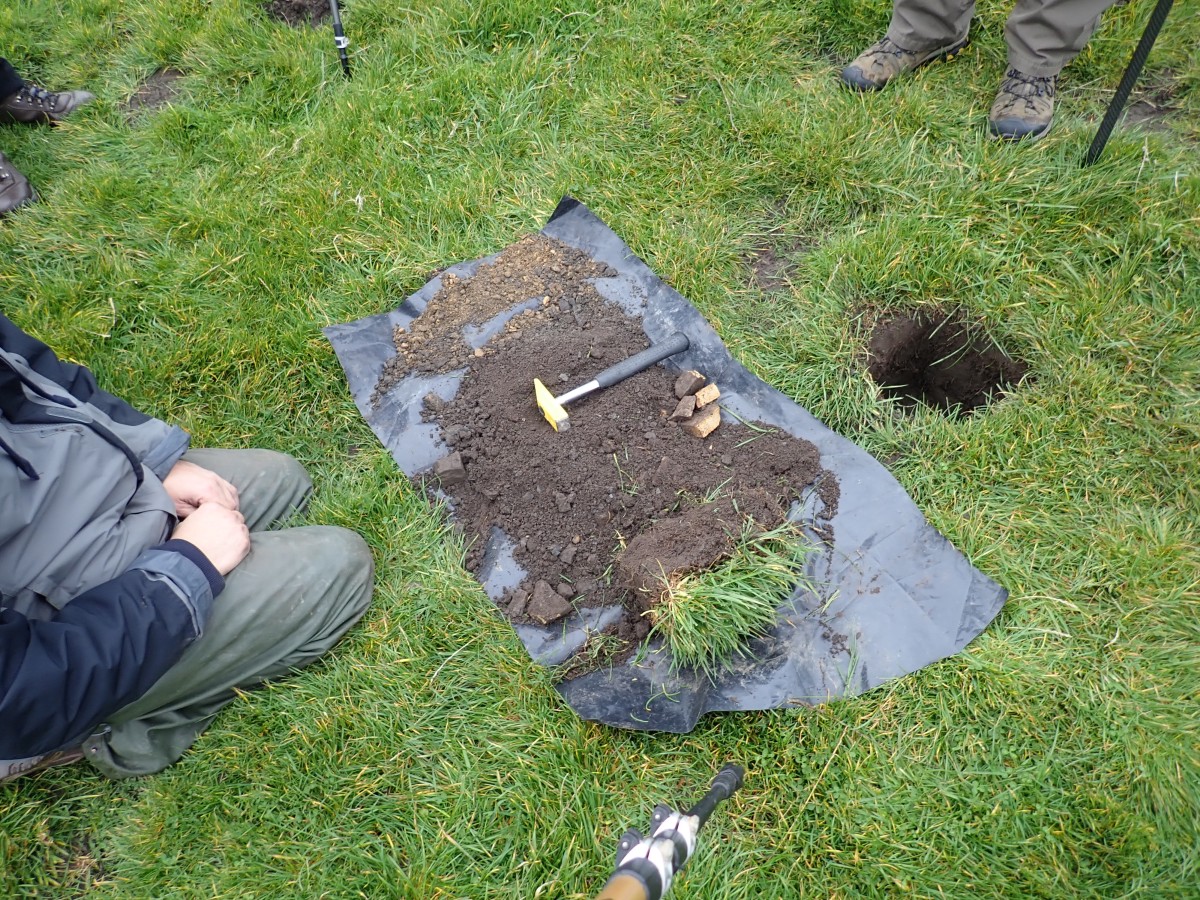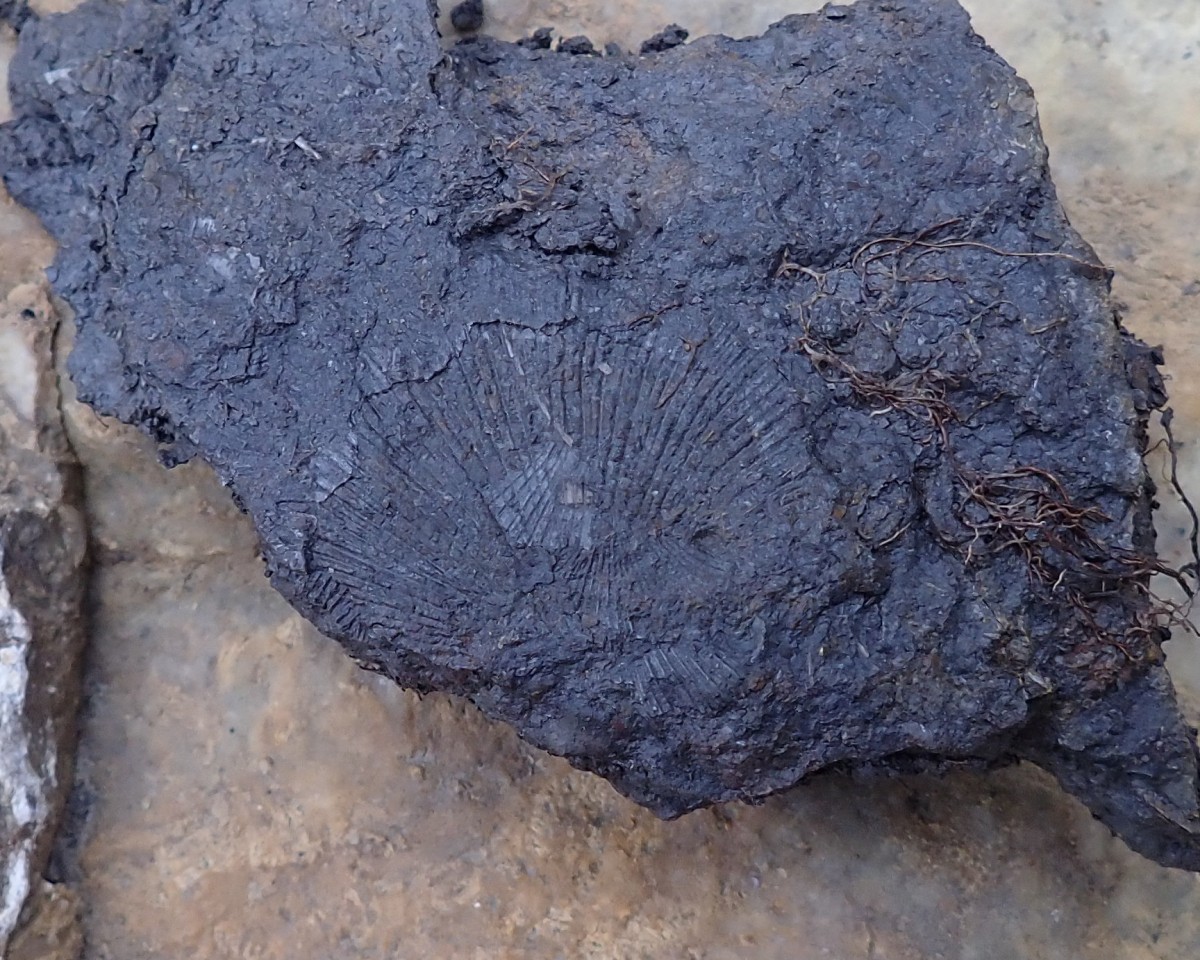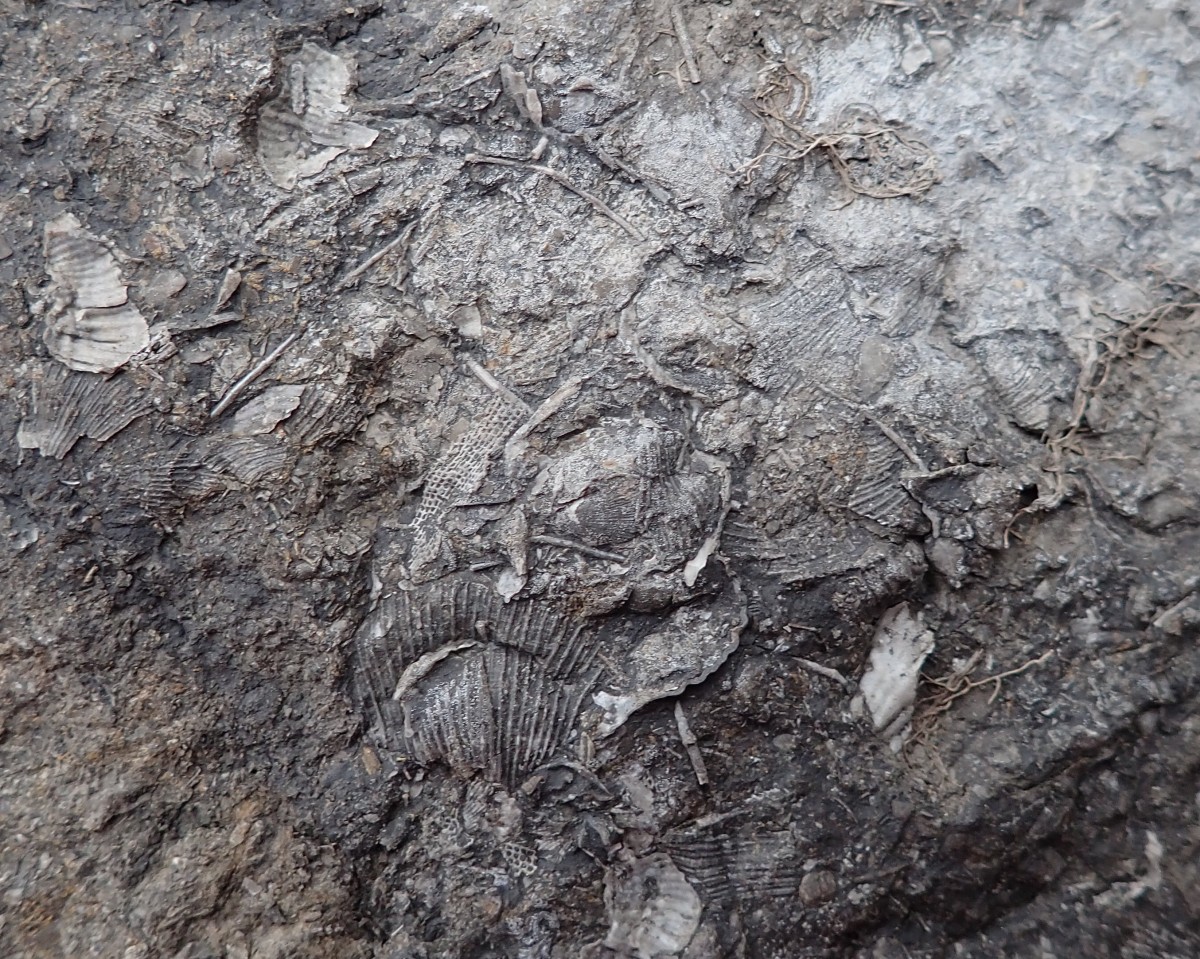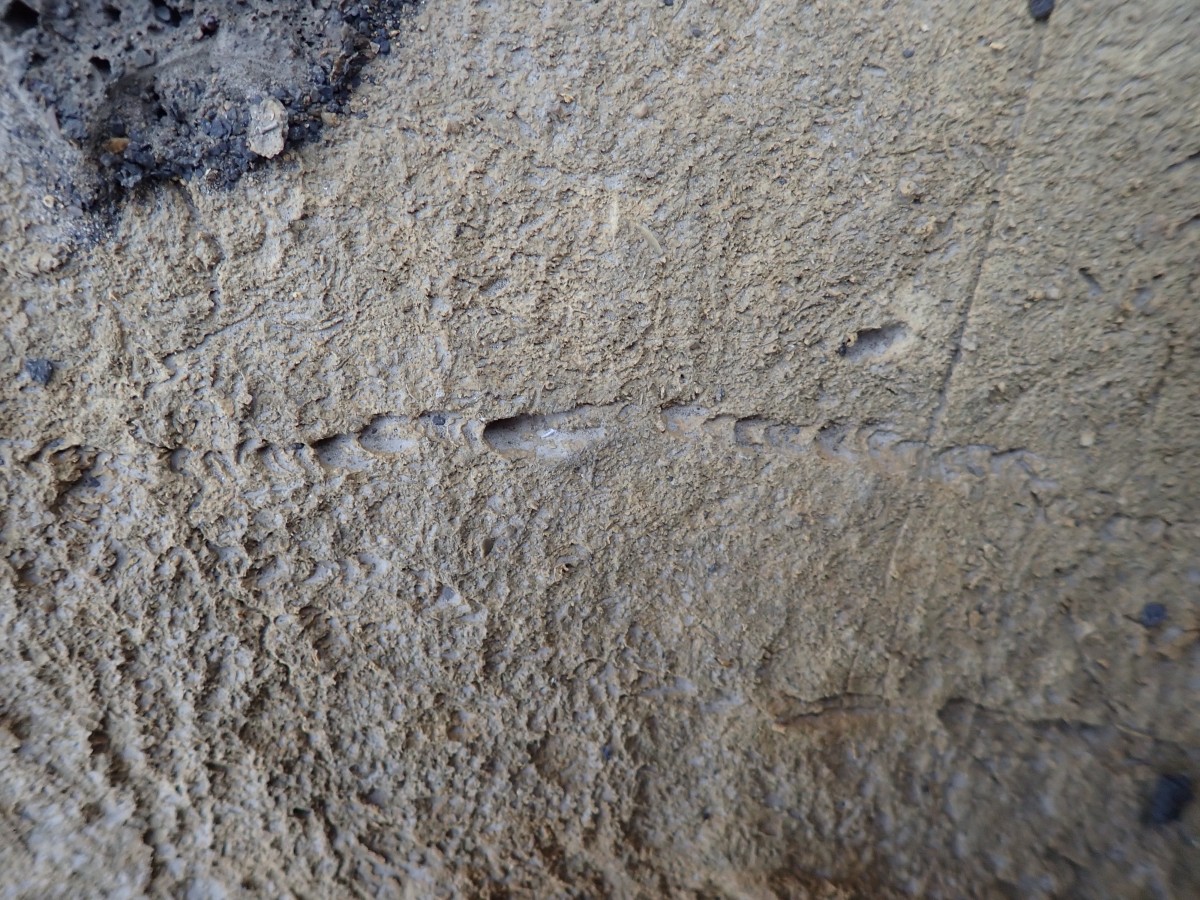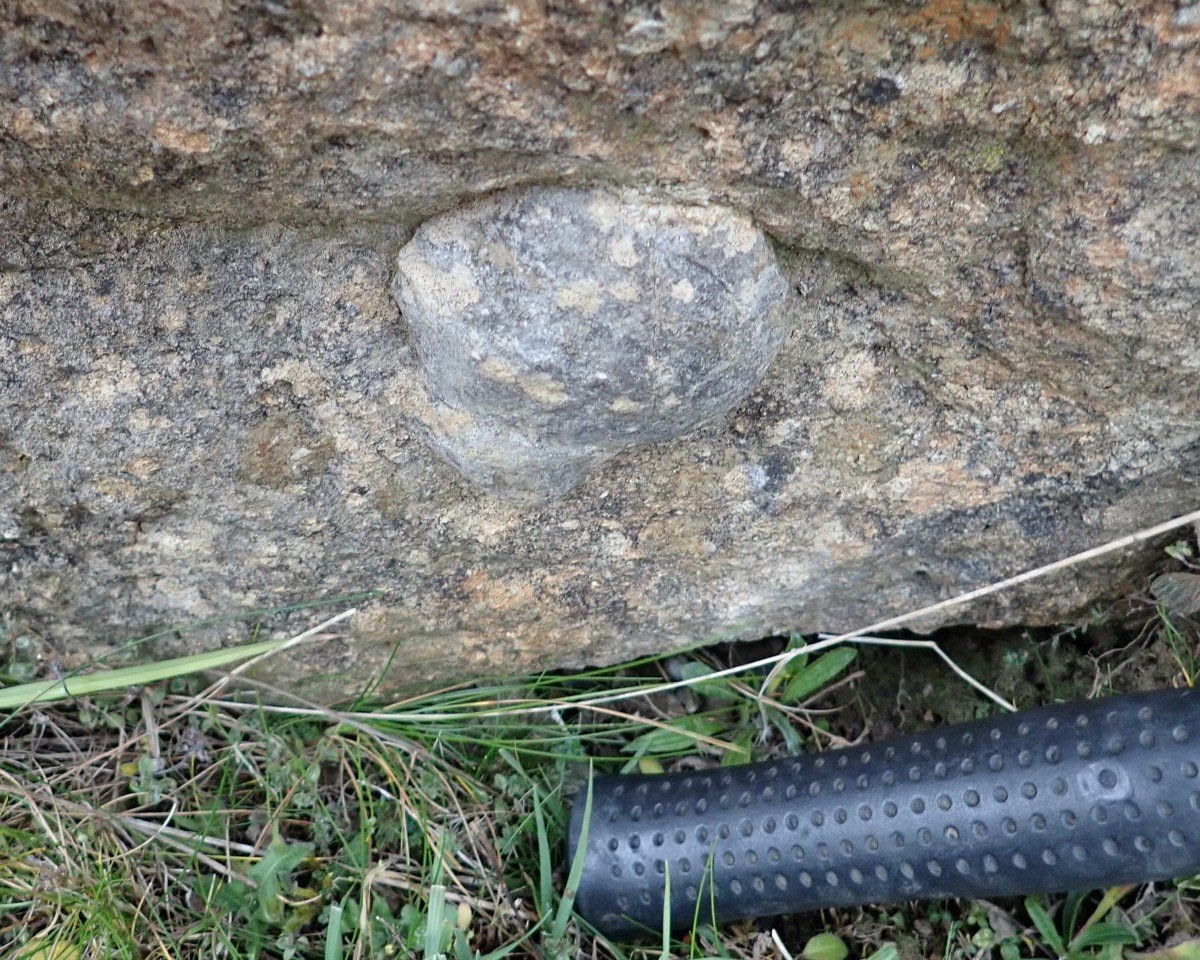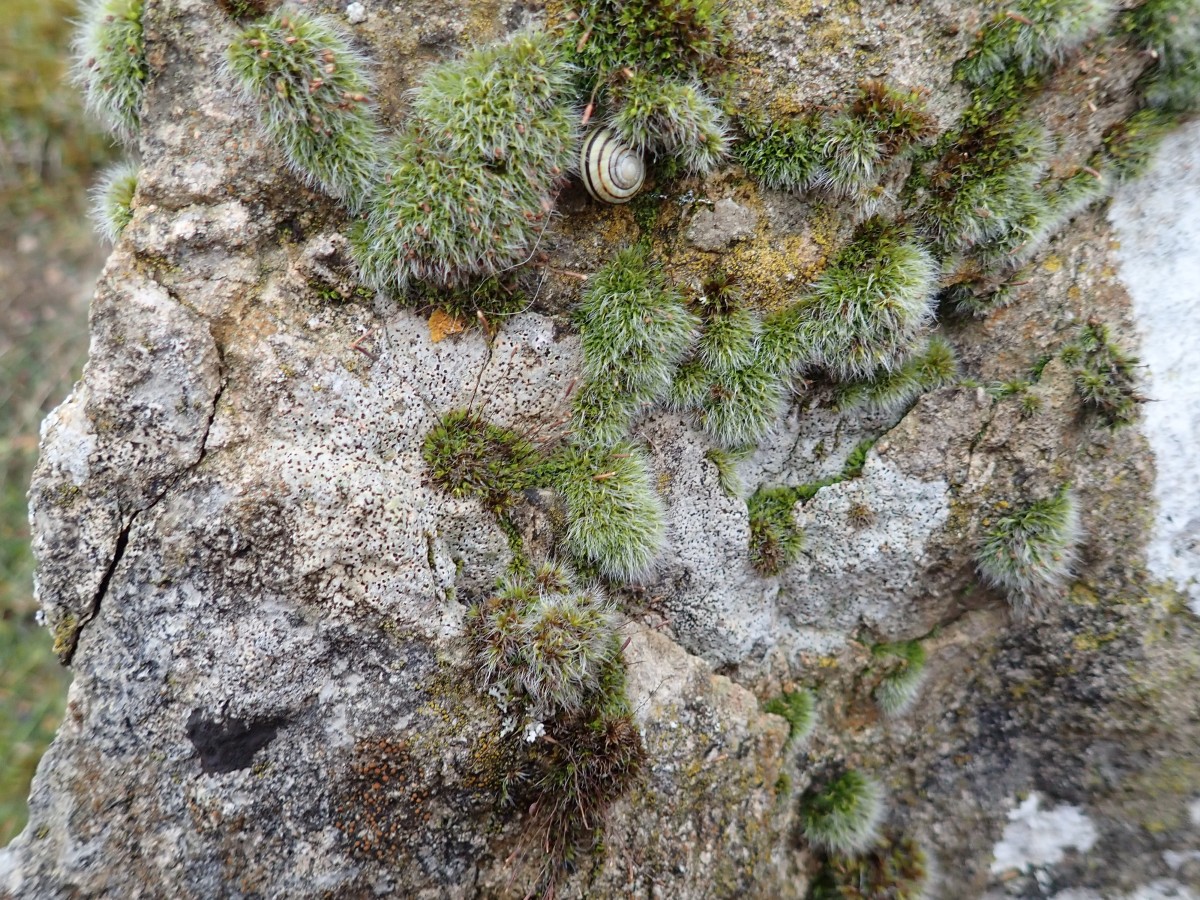The cliffs at Marsden Bay are spectacular even in December. Composed of 16-20 metres of cream and buff dolostone of the Concretionary Limestone formation, commonly referred as the Mag limestone formed in the late Permian period. The large sea stack in the picture below is composed of collapse-brecciated Concretionary Limestone. Stacks like Marsden Rock were once joined to the mainland but weaknesses in the limestone create caves, arches and stacks over time. A spectacular coast is the result.
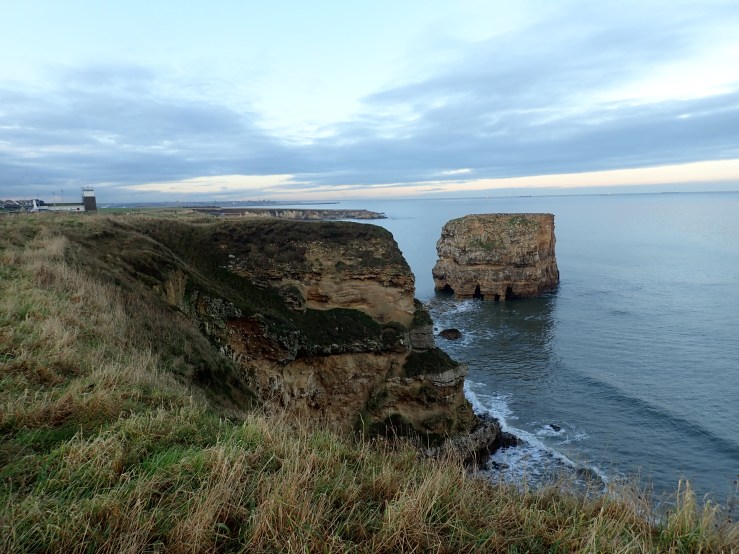
The cliffs are made of layers of Magnesian Limestone which formed in the ancient Zechstein Sea. Within the original rock sequence was a thick layer of a soluble salty mineral (Hartlepool Anhydrite), which formed during a period when the Zechstein Sea evaporated and became saltier. After millions of years, the sequence was tilted and uplifted above sea level and the anhydrite dissolved away. The limestone above it collapsed and broke up. These broken up and fractured rocks are known as ‘collapse breccias, they are visible in the deformed cliffs below on the bottom right hand corner.
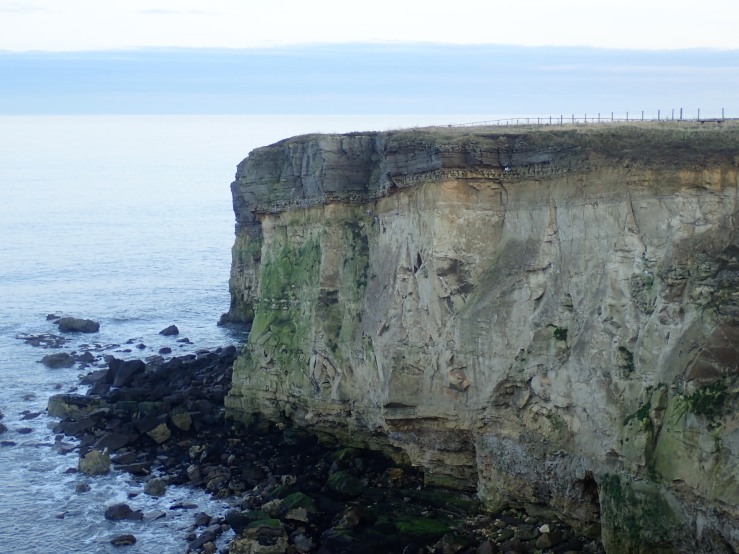
Seabirds use these coastal features for nesting. Although the fulmar pairs below won’t be nesting until May, the female has glands that store sperm to allow weeks to pass between copulation and the laying of the egg.
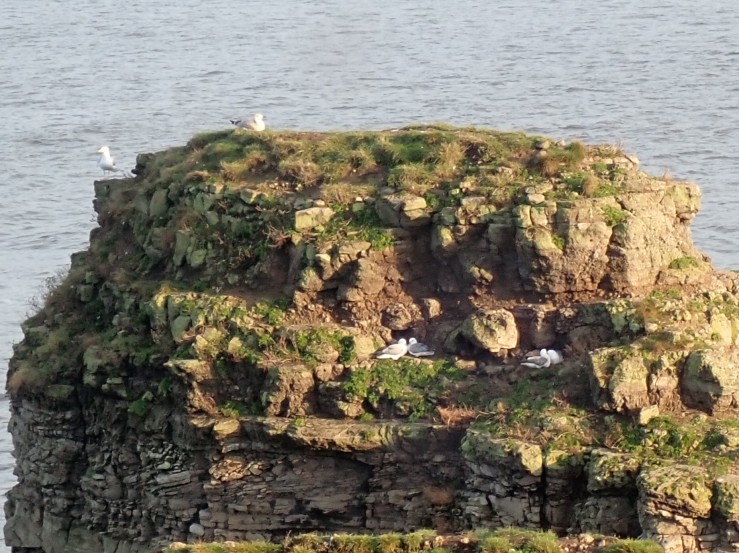
Sinkholes are a feature of this coastline.
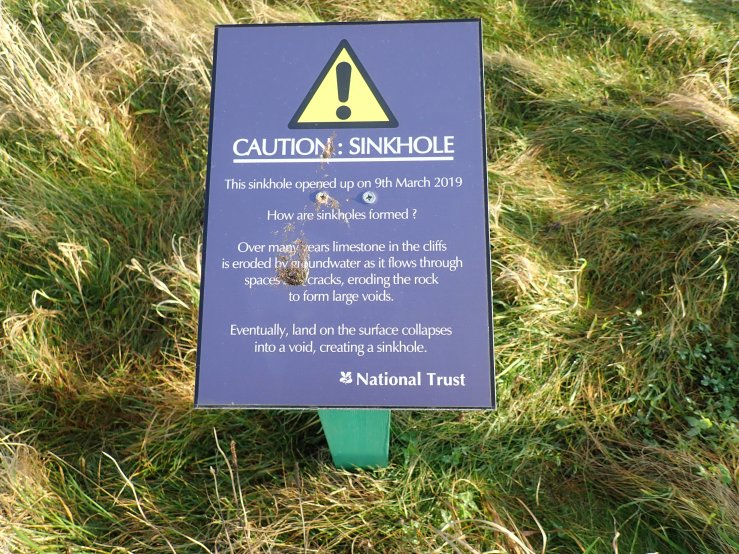
These impressive limekilns were built in the 1870s. Layers of limestone and coal were dropped in the top and burnt to make lime, which was used to improve acid soils and to make cement and concrete. Lime was also important for the steel and chemical industries. Coal sourced from from Whitburn Colliery fired the kilns. A village was built to house workers for the colliery and limeworks. After the colliery closed in 1968 the village was no longer needed, people moved to new houses nearby and the village was demolished. The cliff-top grassland where the village stood became a grassland of lime loving or calcicole plants.
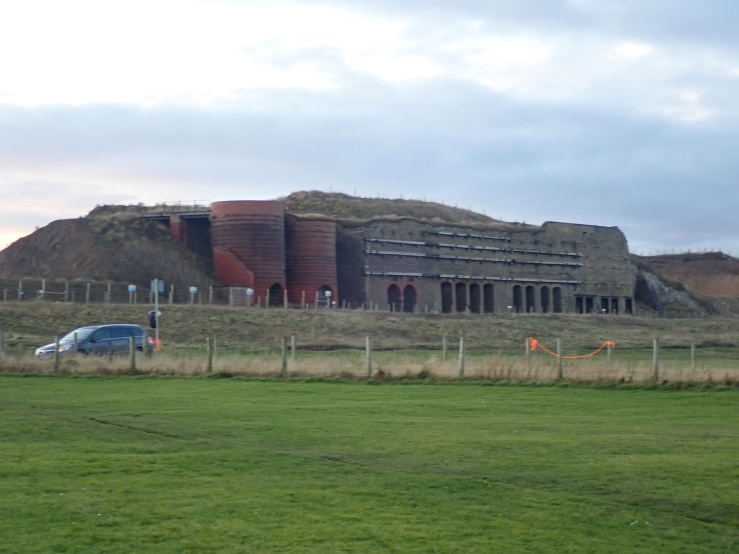 This windmill was built in the 1820s on the highest part of Cleadon Hills. The building incorporates a stone ‘reefing stage’, a platform around the base of the windmill, which was used to access the sails. Look for the unusual rippled and dimpled textures in the tower walls composed of concretionary limestone.
This windmill was built in the 1820s on the highest part of Cleadon Hills. The building incorporates a stone ‘reefing stage’, a platform around the base of the windmill, which was used to access the sails. Look for the unusual rippled and dimpled textures in the tower walls composed of concretionary limestone.
Cleadon Hill is a ridge of high ground standing between the village and the coast. Around 260 million years ago the hills were, together with others in the area, a group of small low islands in a tropical lagoon formed by the Zechstein Sea. Is it a conservation area due to its plant-rich magnesian grasslands. Exmoor ponies are helping to maintain the flower rich areas by grazing the rougher grass species.
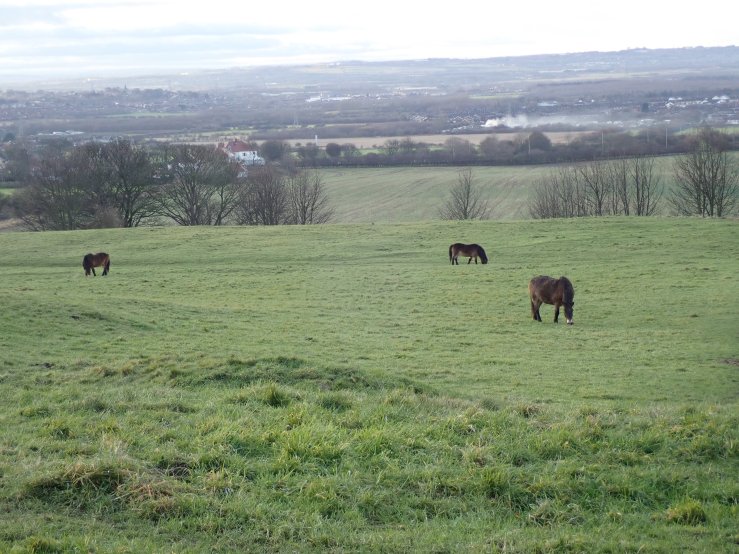
Some lichens prefer limestone as a substrate such as bright white Aspicilia calcarea below, growing on a wall.
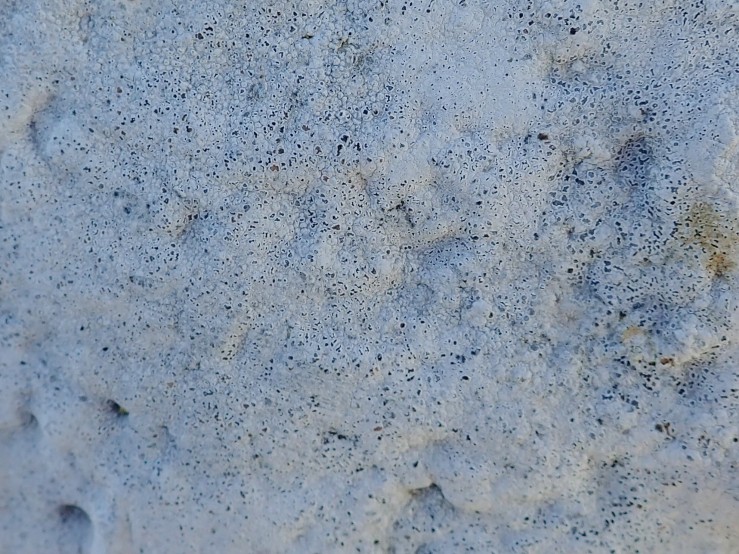
and the orange yellow rosettes of Caloplaca flavescens.
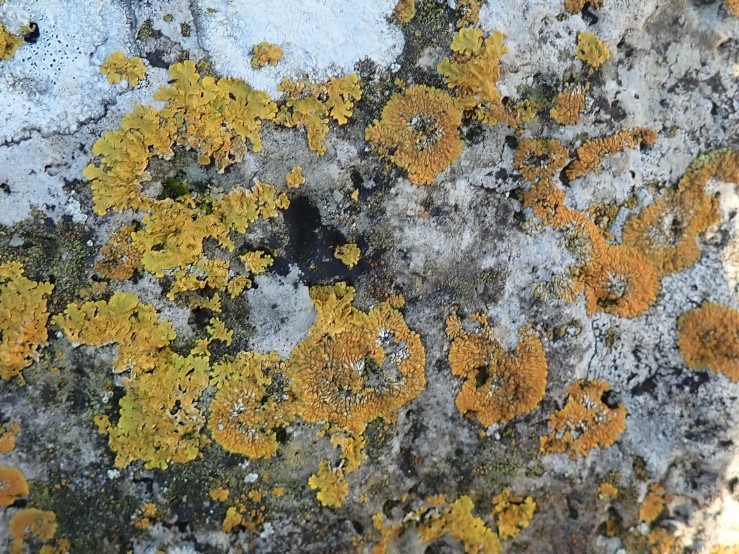
The site is also dominated by the landmark Cleadon Water Tower, in fact a chimney for the former steam-powered pumps, which is visible for miles around, as far south as the Headland in Hartlepool.
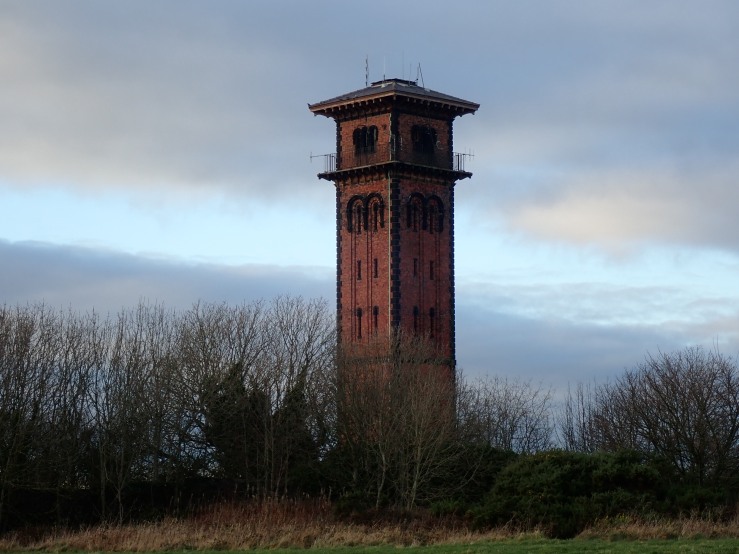
The views to all sides are worth the short climb. To the South, Roker pier is visible,

while looking to the North, Tynemouth Pier and Priory are prominent.
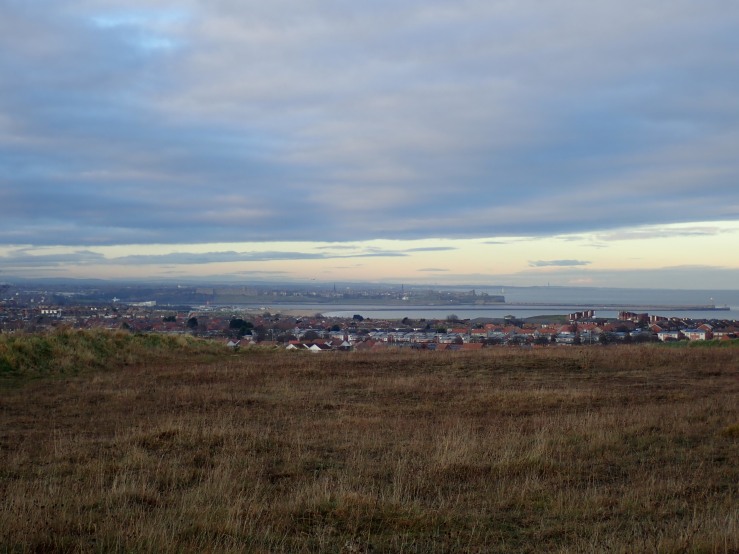 Marsden Old quarry is a Nature Reserve forming a patchwork site of a variety of habitats which include areas of lowland meadow and pasture, magnesian limestone grassland and some semi-improved neutral grassland. This site of approximately 6.3ha supports an abundance of wildflower species such as Kidney vetch, Hoary plantain and Common Bird’s-foot Trefoil as well as Lady’s Bedstraw and Bee orchids. The geology is also of great interest and worth further exploration.
Marsden Old quarry is a Nature Reserve forming a patchwork site of a variety of habitats which include areas of lowland meadow and pasture, magnesian limestone grassland and some semi-improved neutral grassland. This site of approximately 6.3ha supports an abundance of wildflower species such as Kidney vetch, Hoary plantain and Common Bird’s-foot Trefoil as well as Lady’s Bedstraw and Bee orchids. The geology is also of great interest and worth further exploration.
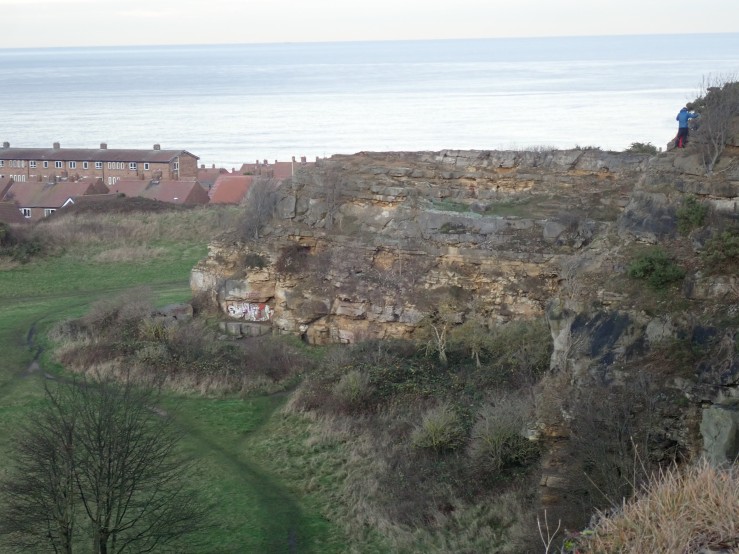
Gorse (Ulex europaeus)is always a thorny subject but this one was not in flower.

With the coming evening the clouds were colouring up over the golf course,
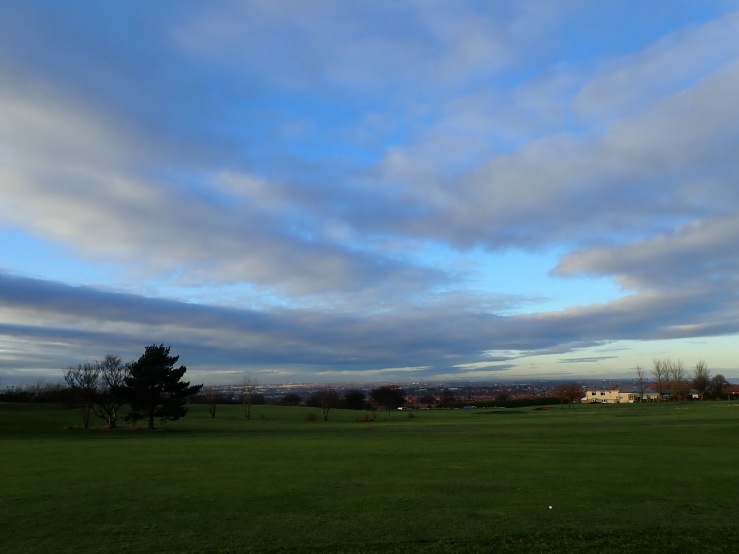
and The Cheviot hills unmistakeable in the distance.
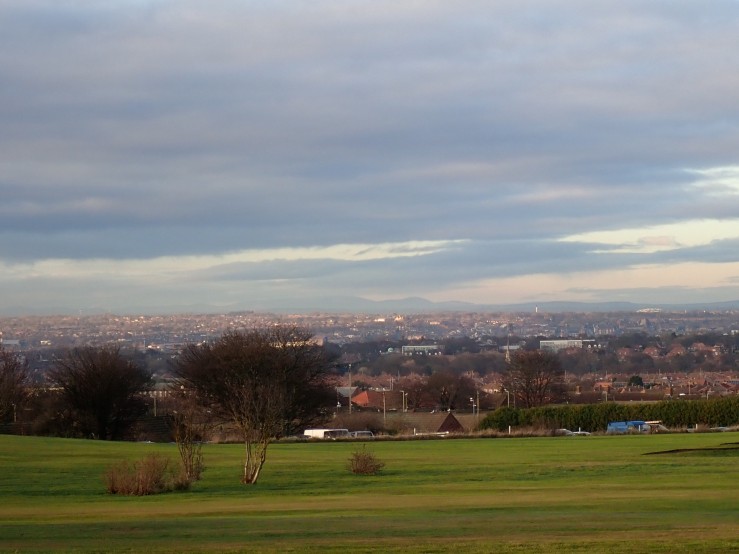
Reference:
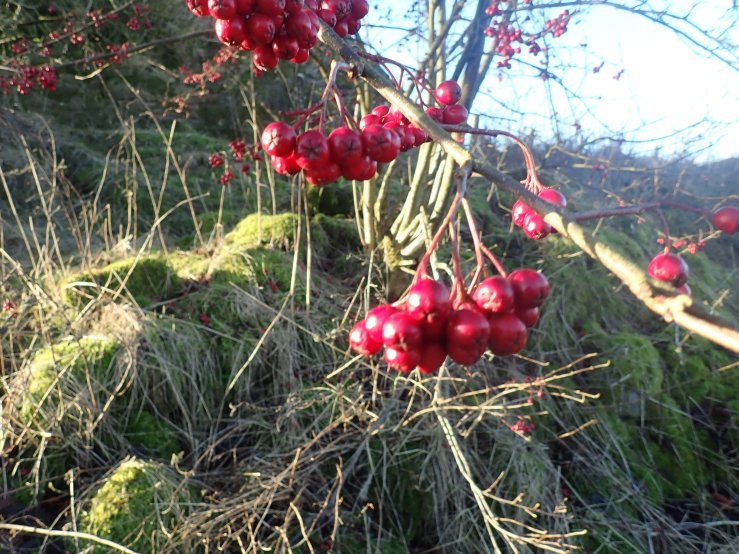
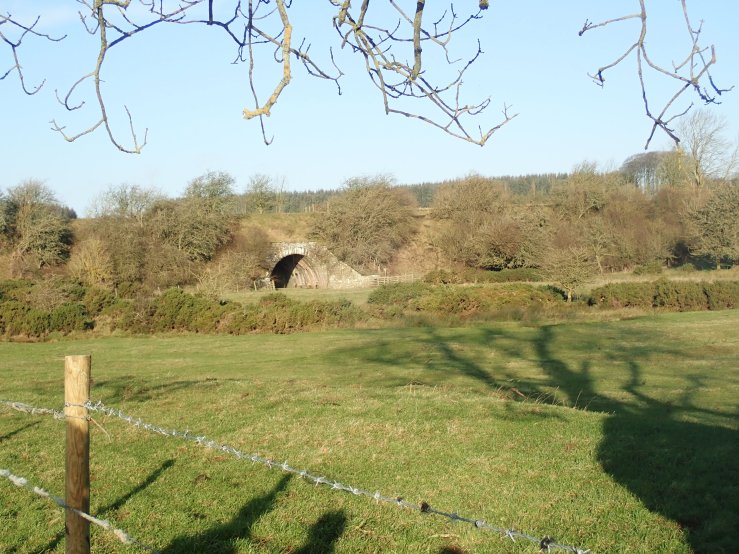
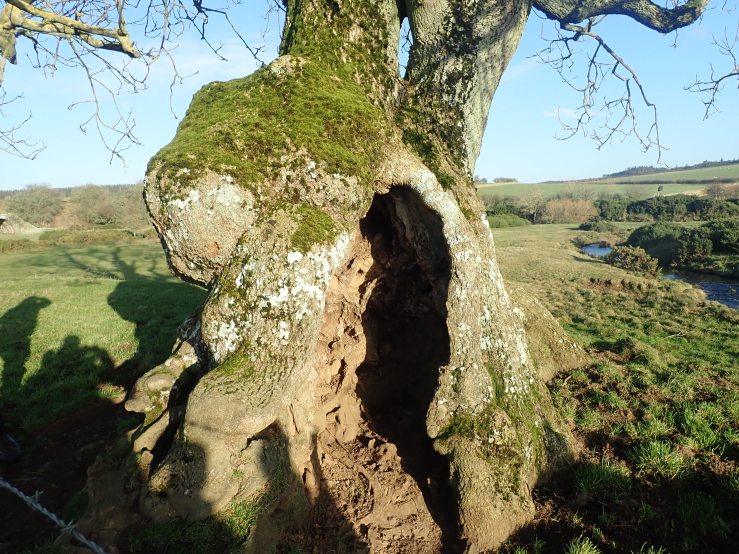
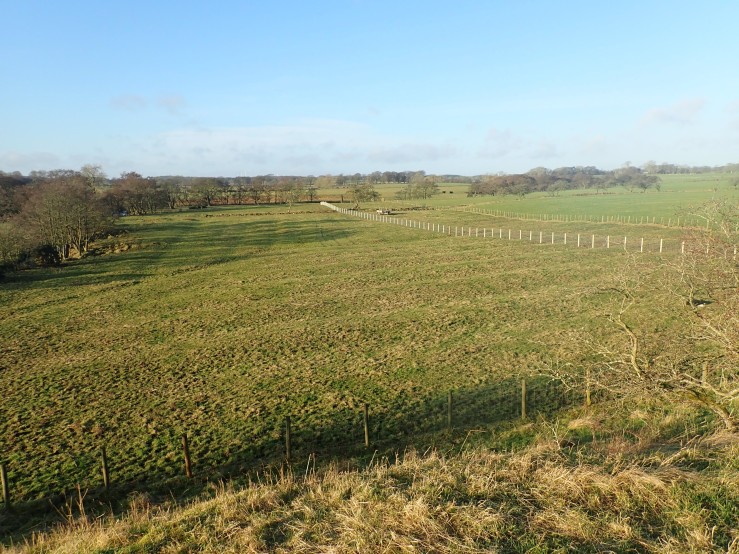
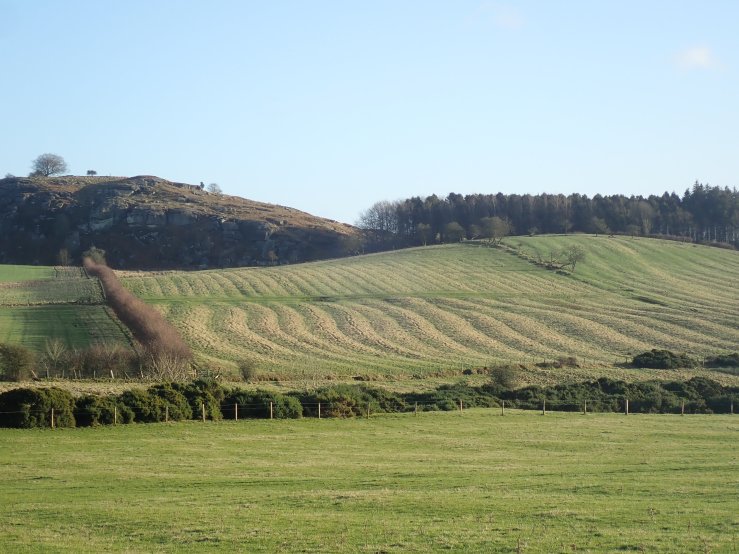
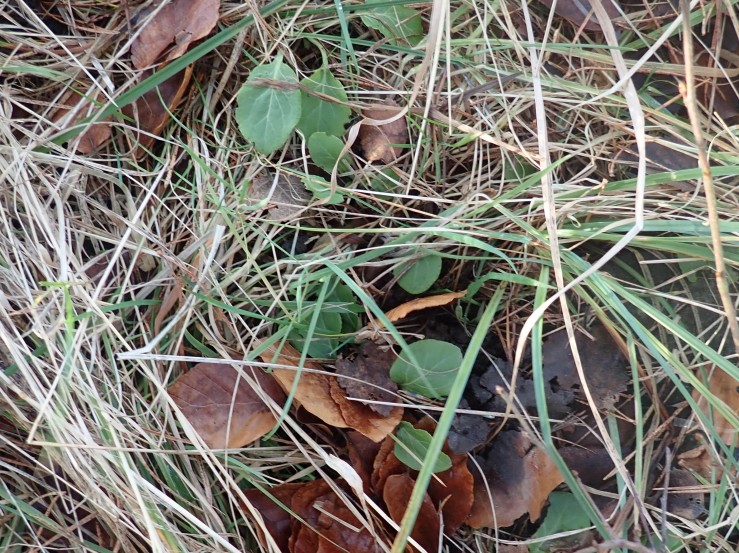
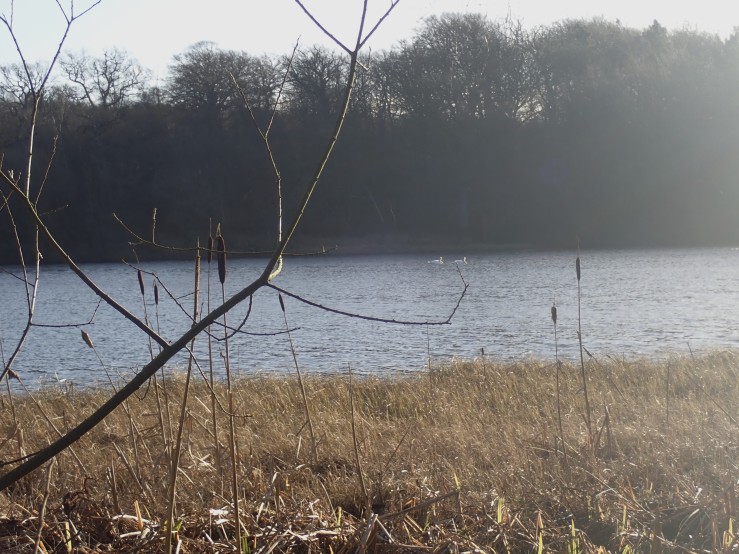
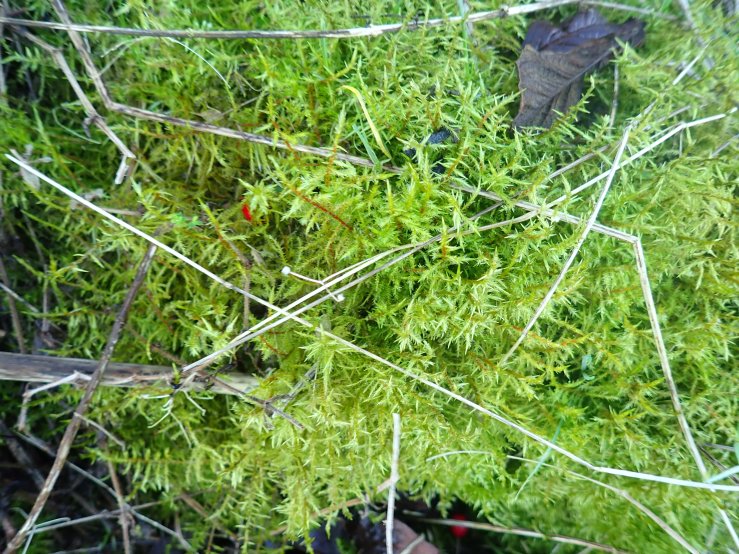
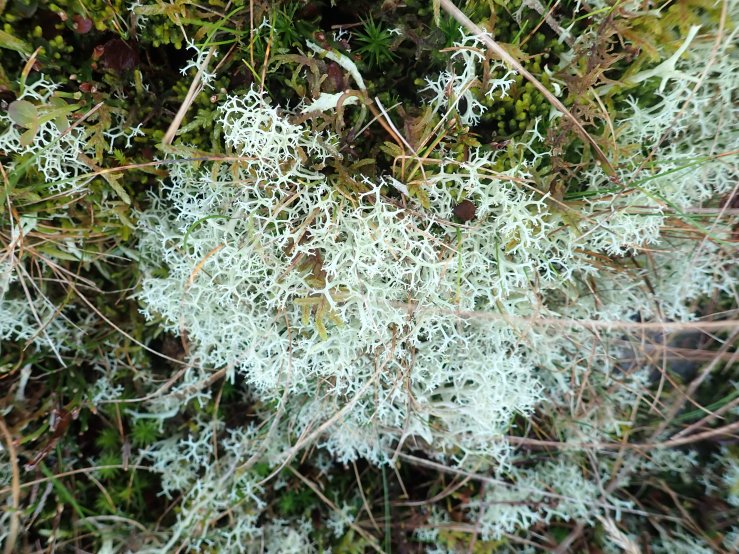 Lichens survive in exposed moorland conditions of Rothley Crag. The lichen above is Cladonia portentosa, perhaps not as widespread as it should be in these conditions. Parmelia omphalodes, below, commonly seen on exposed base-poor rocks such as the Rothley grits.
Lichens survive in exposed moorland conditions of Rothley Crag. The lichen above is Cladonia portentosa, perhaps not as widespread as it should be in these conditions. Parmelia omphalodes, below, commonly seen on exposed base-poor rocks such as the Rothley grits.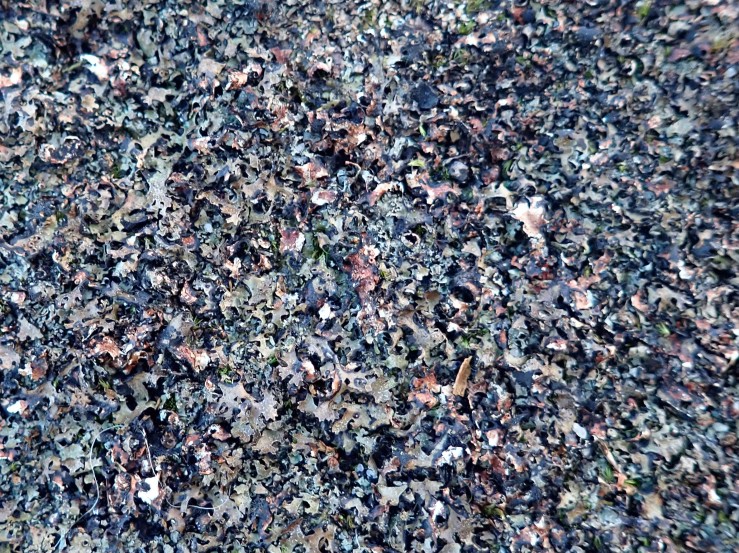
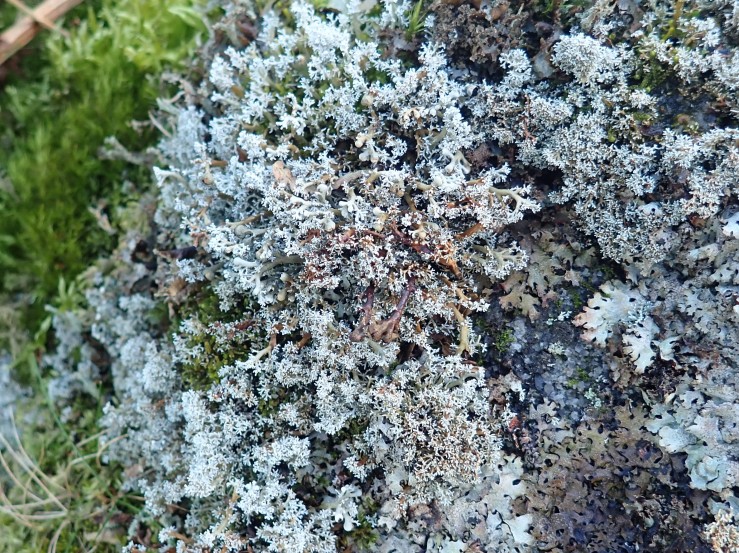
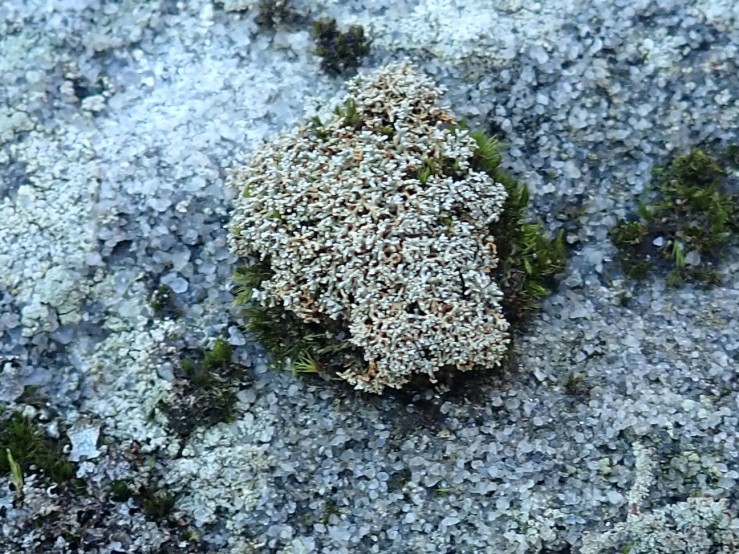
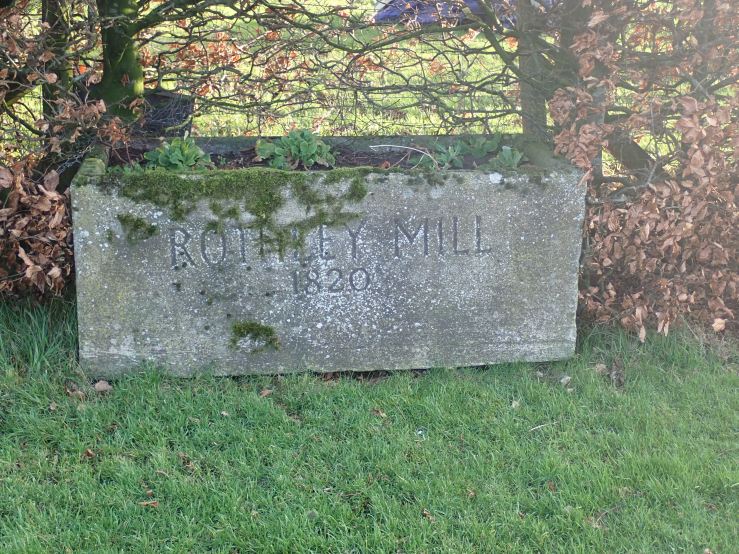
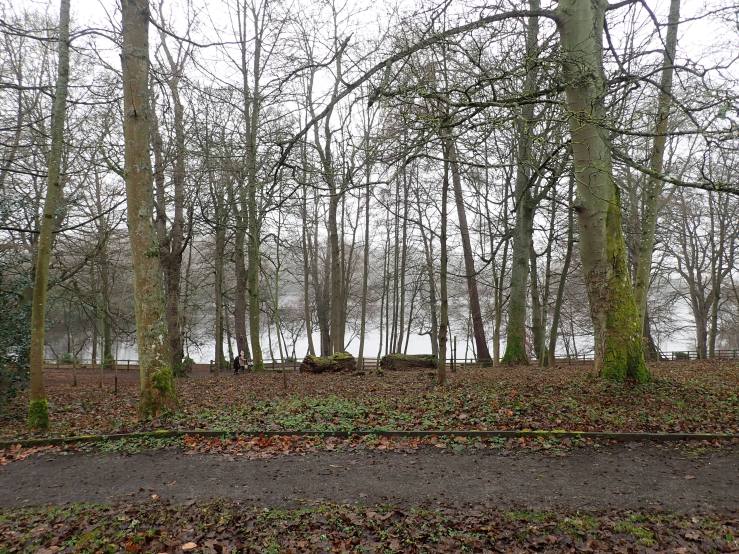
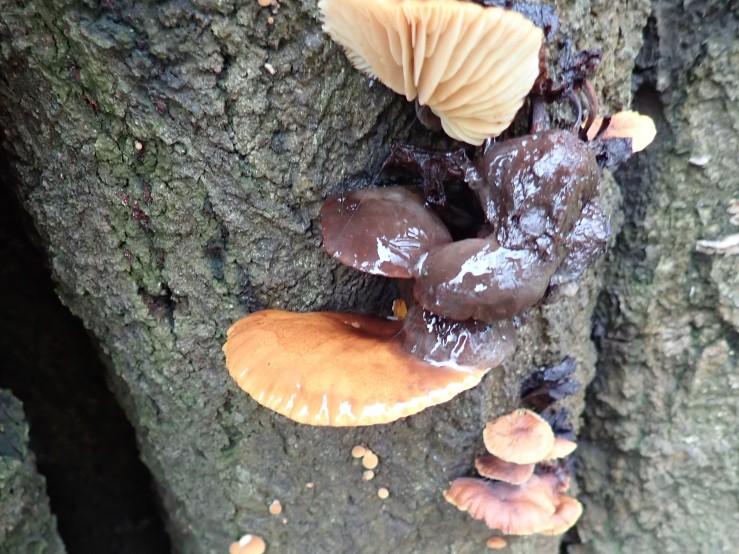
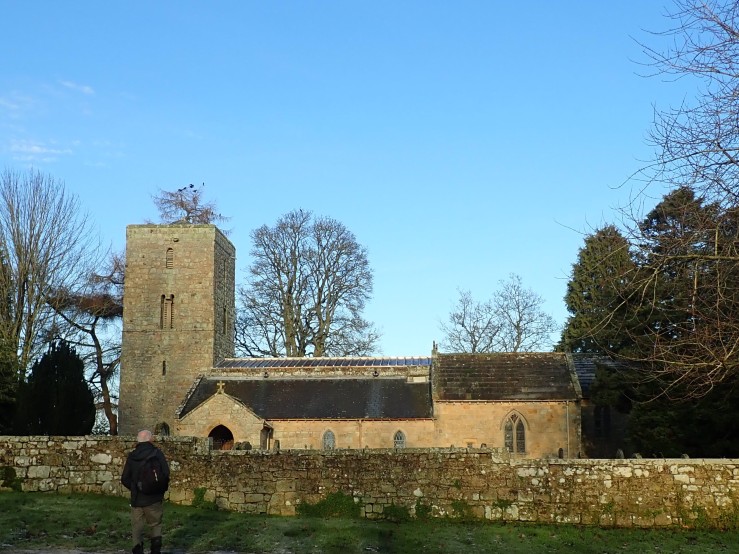
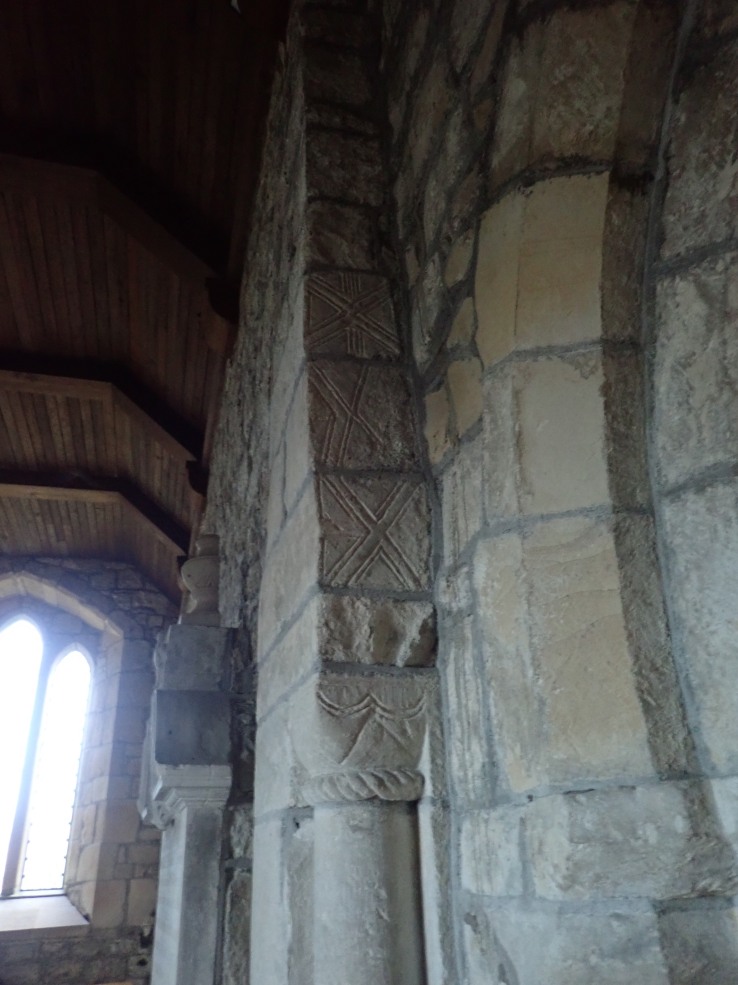
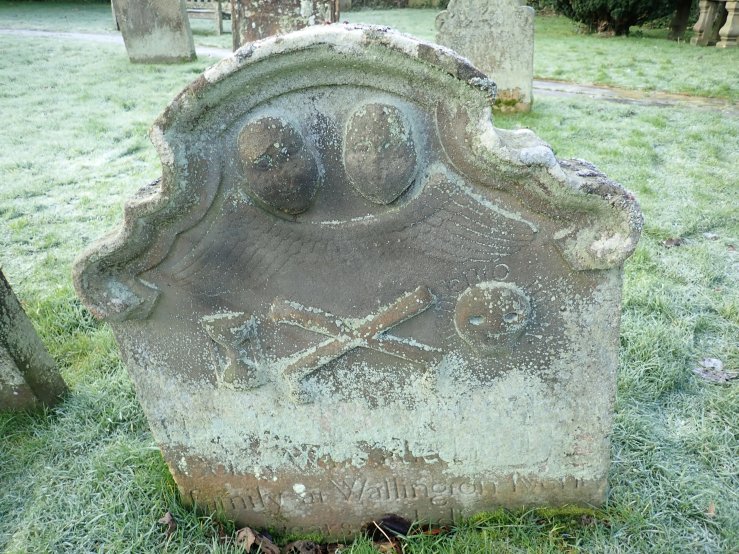
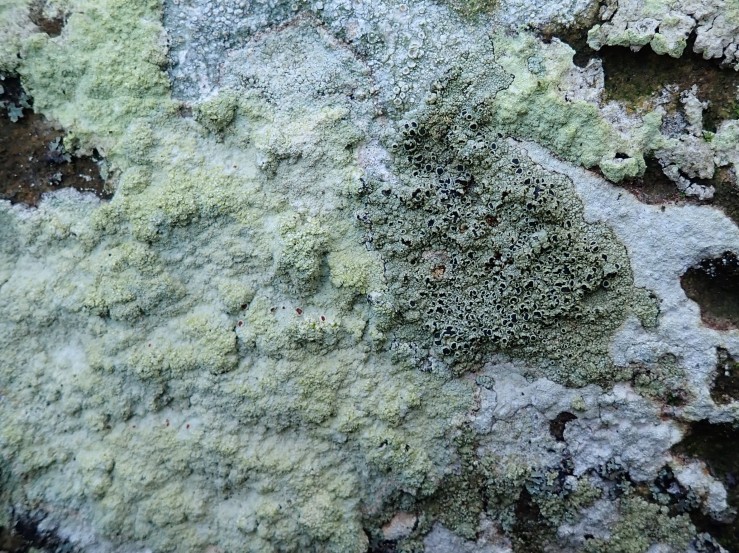
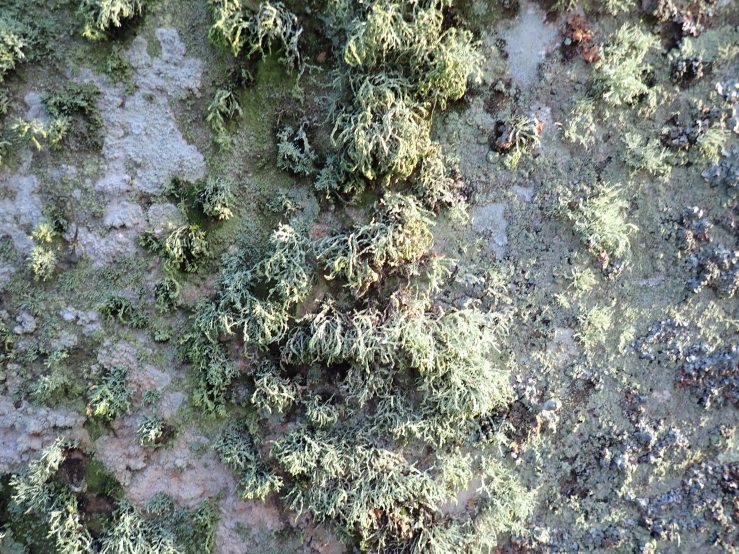
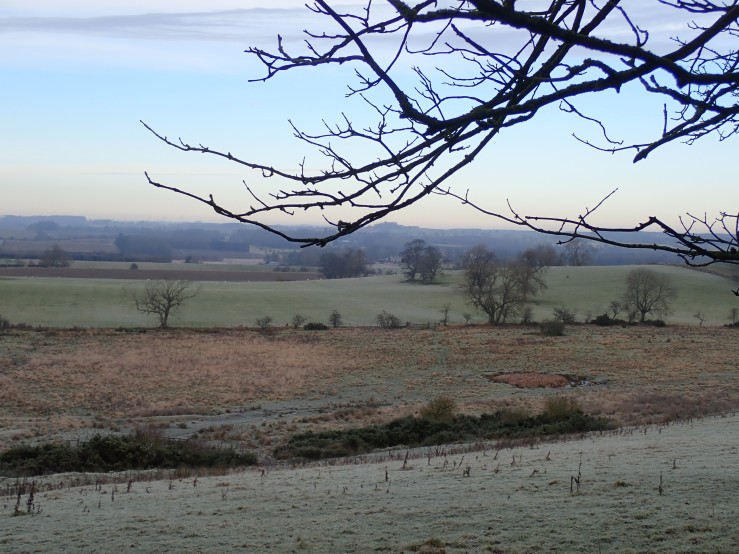
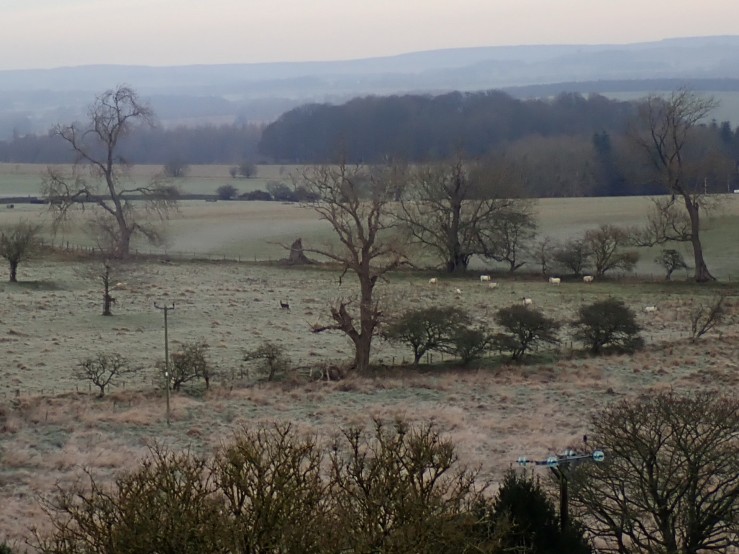
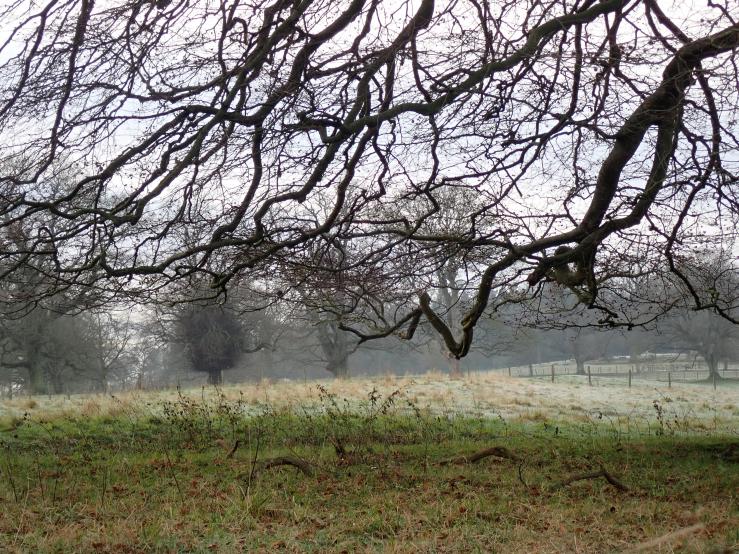 Although hardly discernable to the eye, a large flock of Brambling were feeding in this Beech tree. Members of the group observed Coal and Marsh tits, Redwing, Tree creeper, and Buzzard.
Although hardly discernable to the eye, a large flock of Brambling were feeding in this Beech tree. Members of the group observed Coal and Marsh tits, Redwing, Tree creeper, and Buzzard. 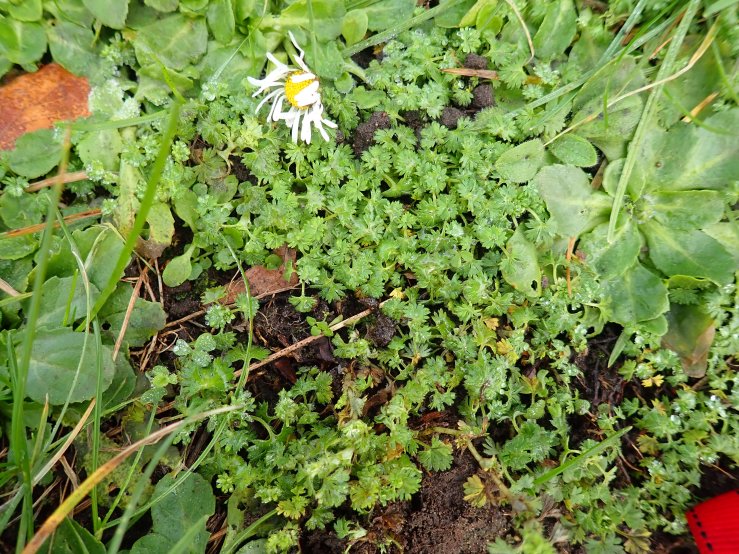
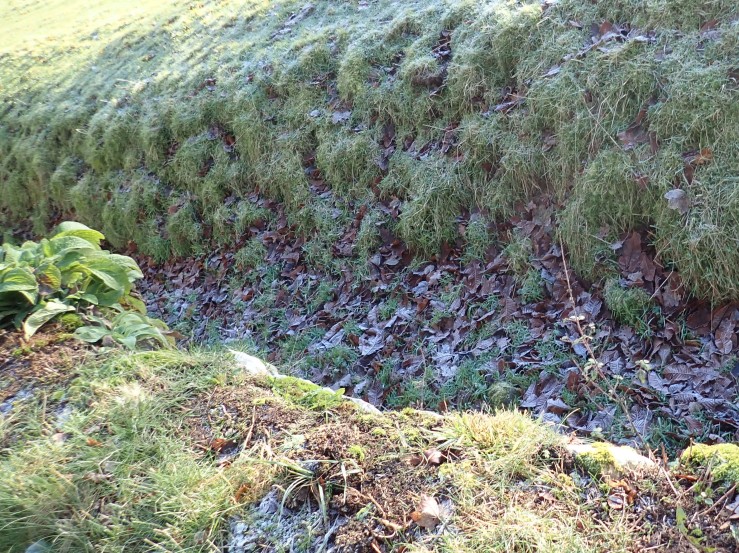
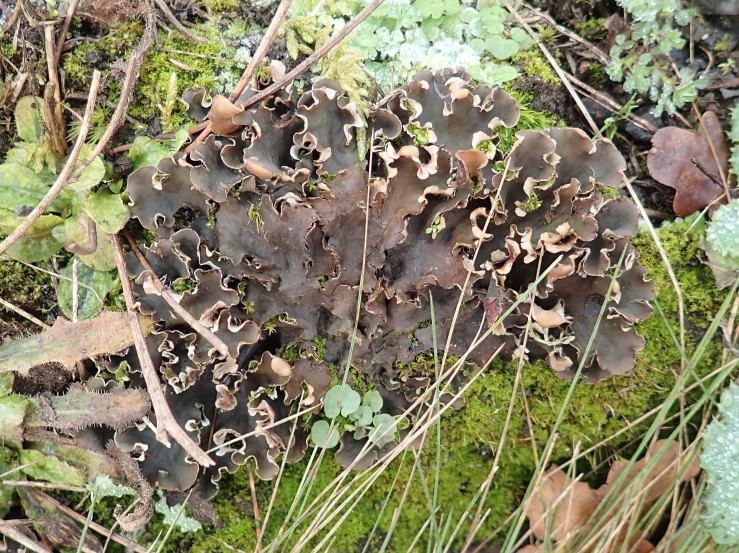
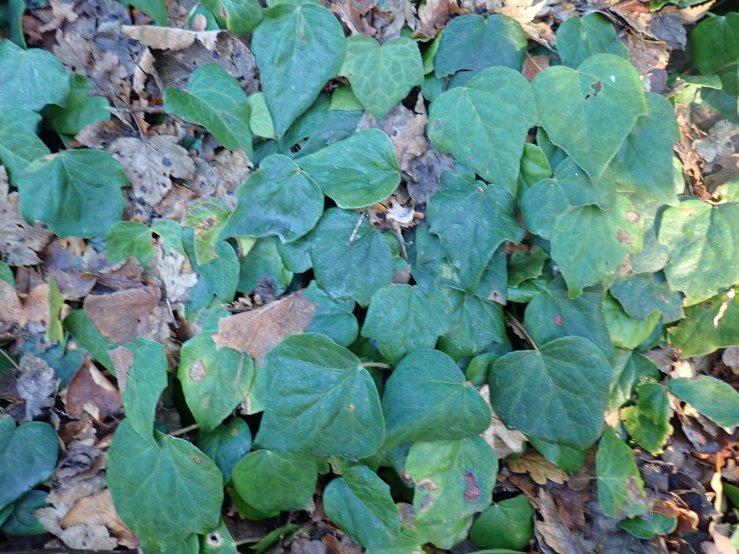
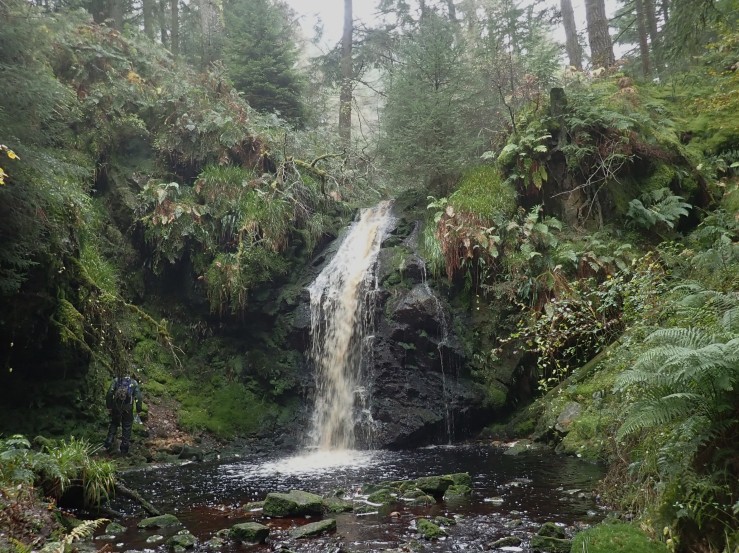
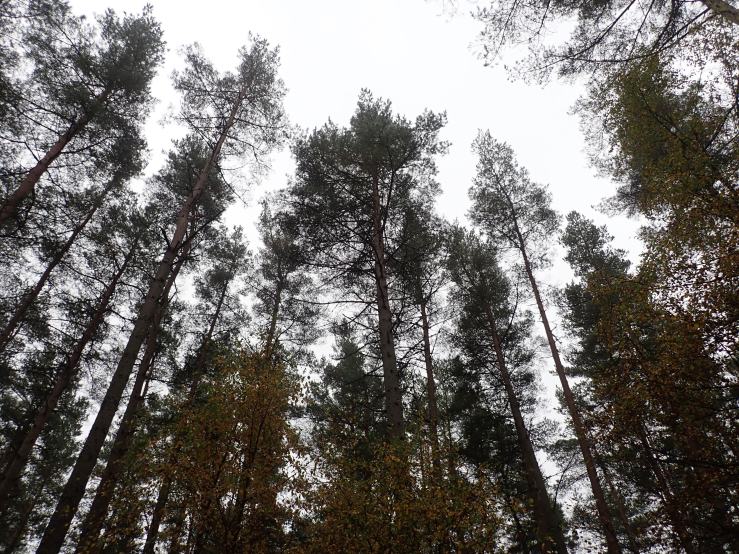
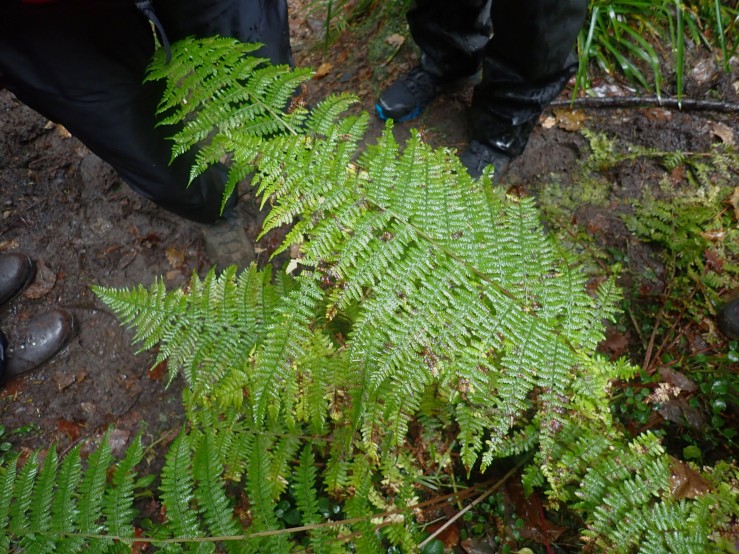
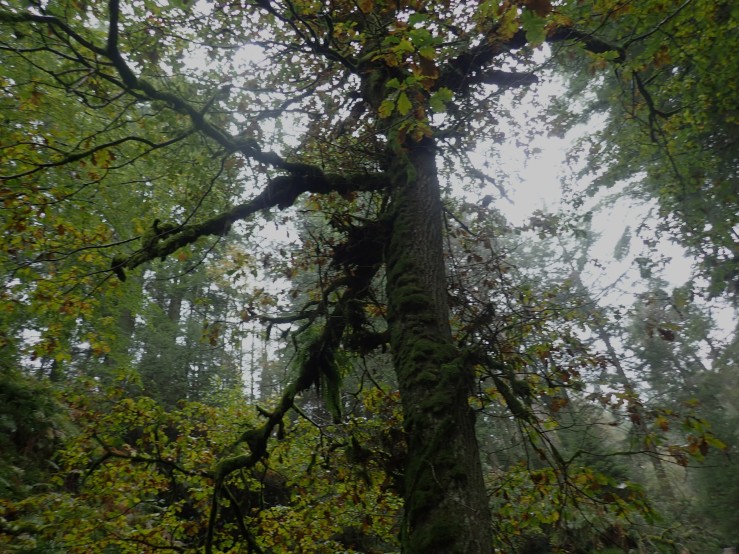
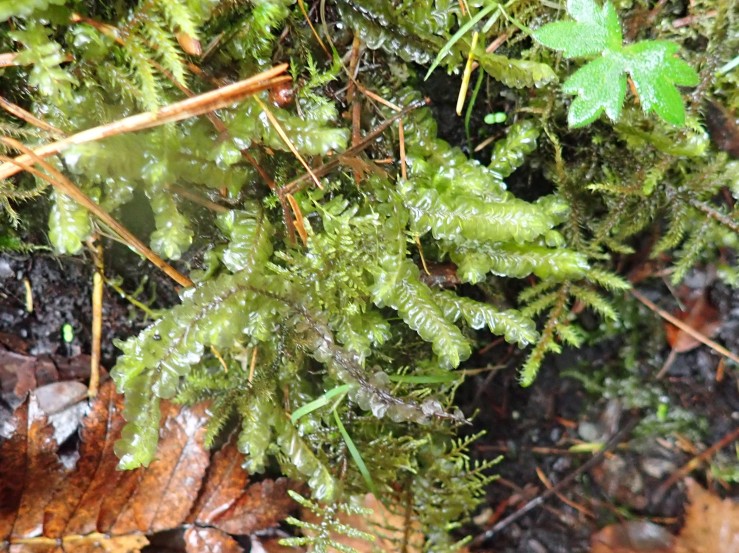
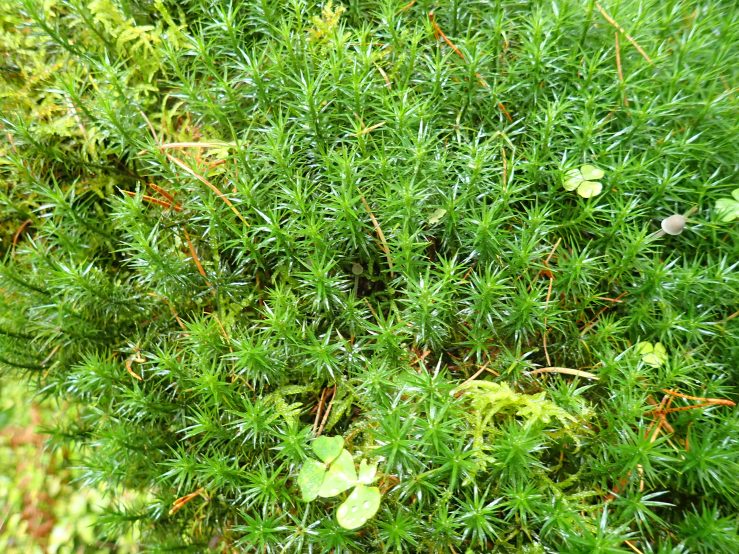
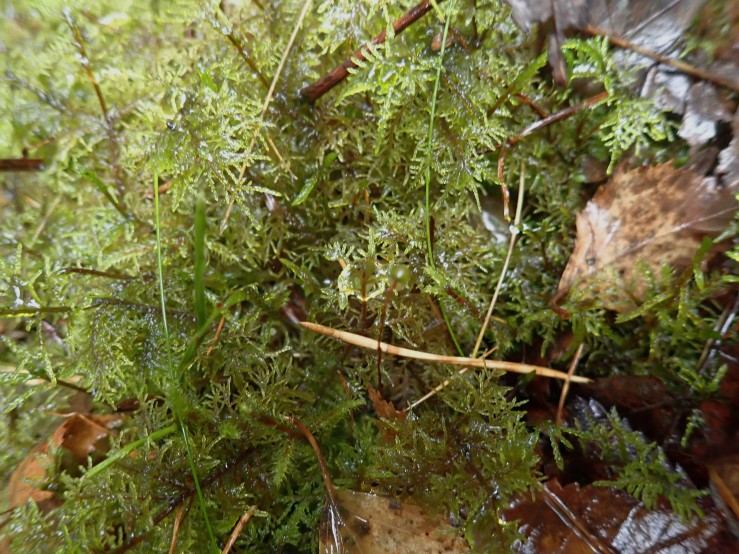
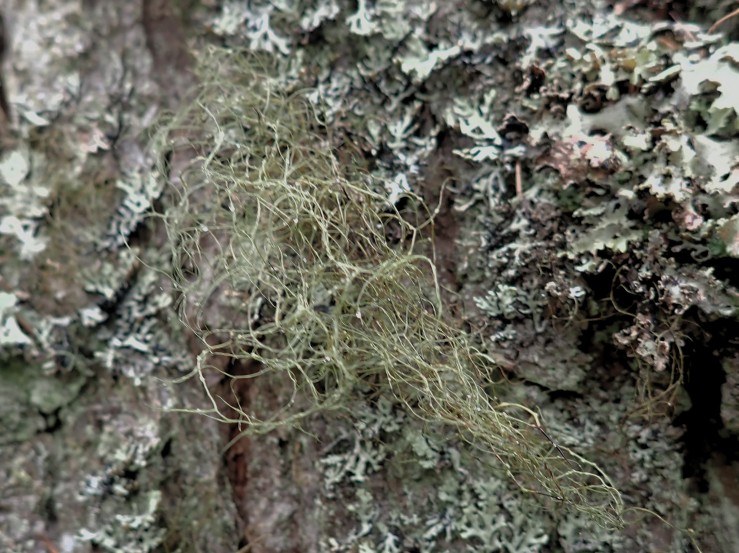
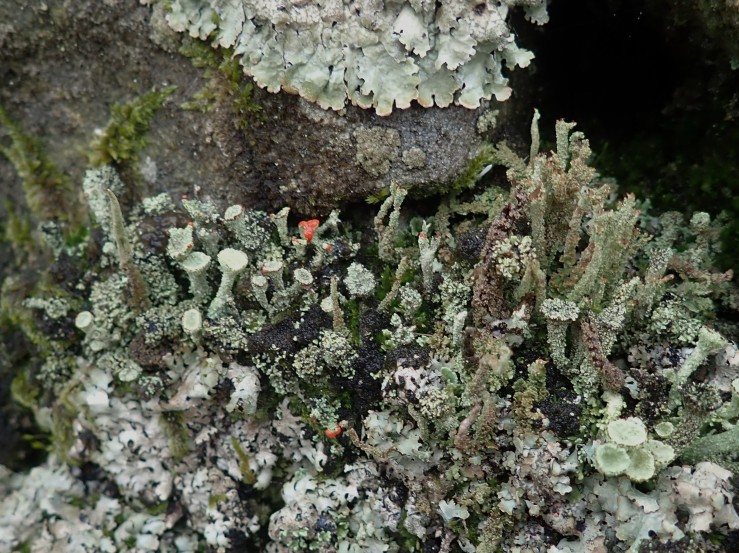
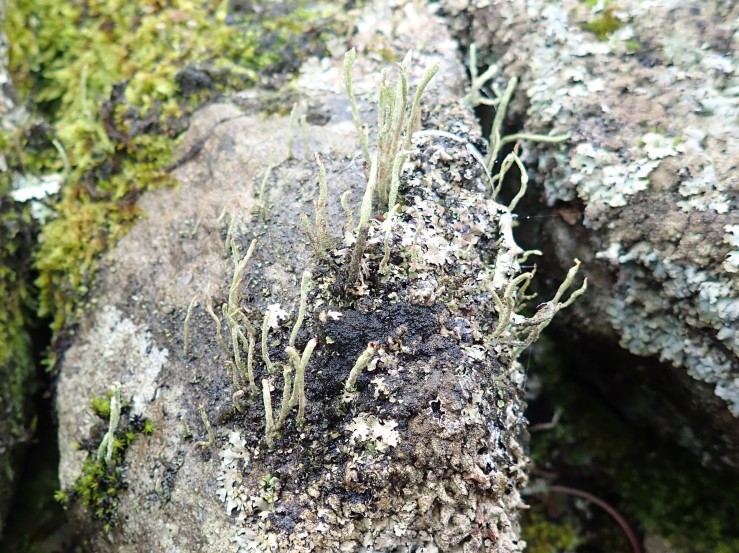
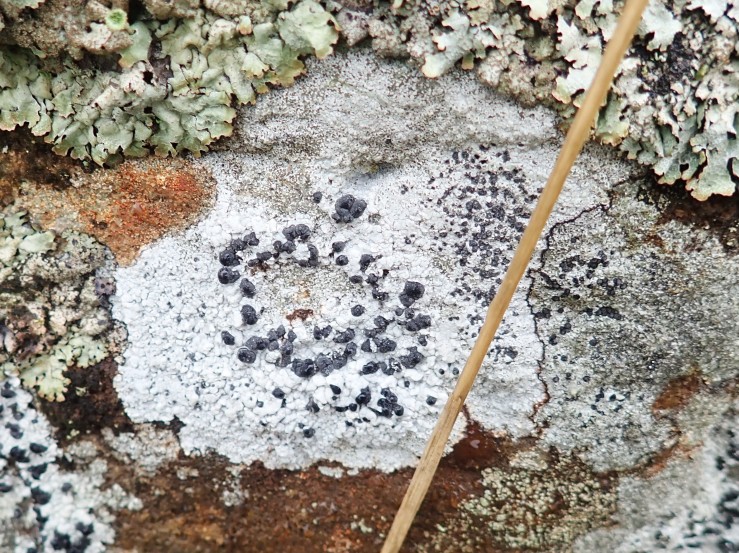
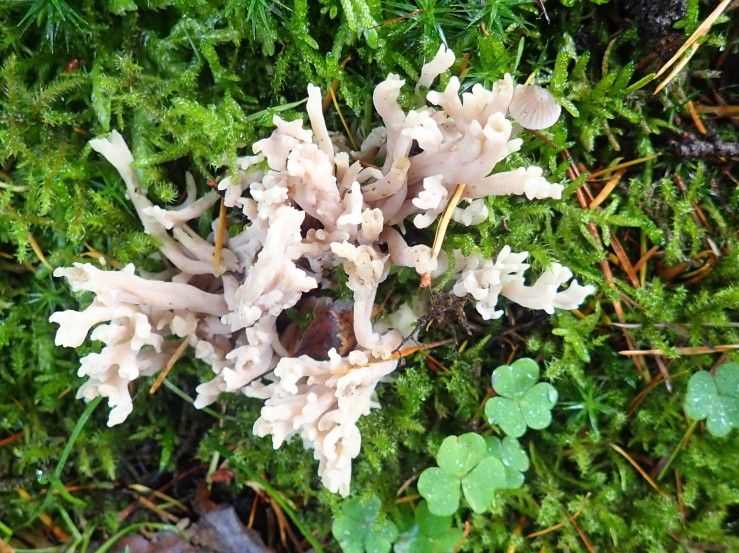
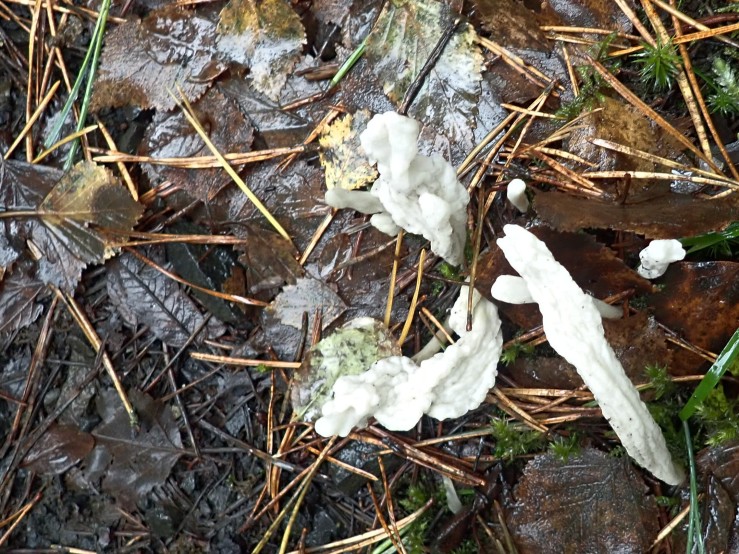
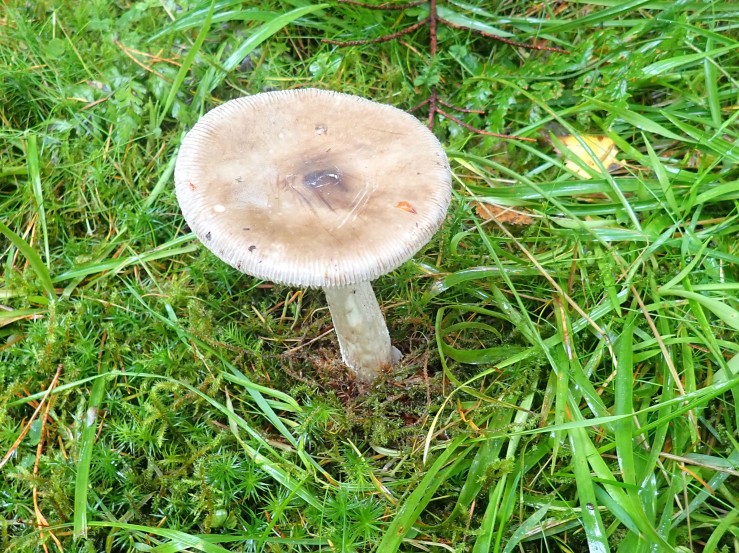
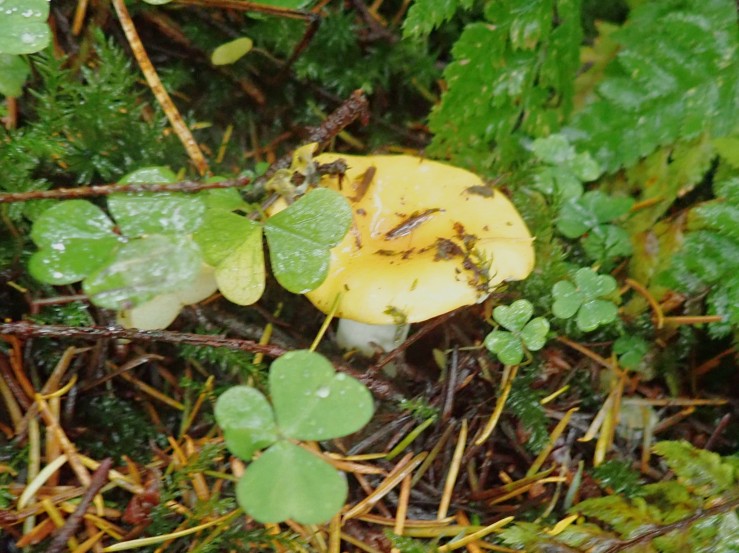
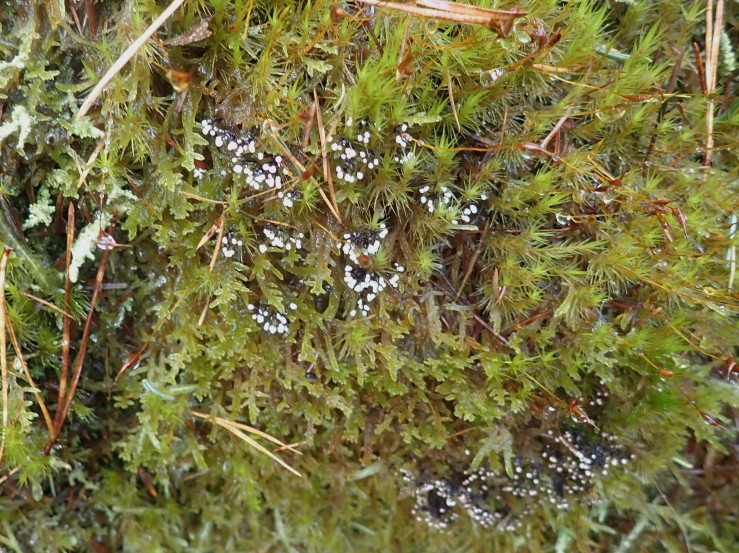
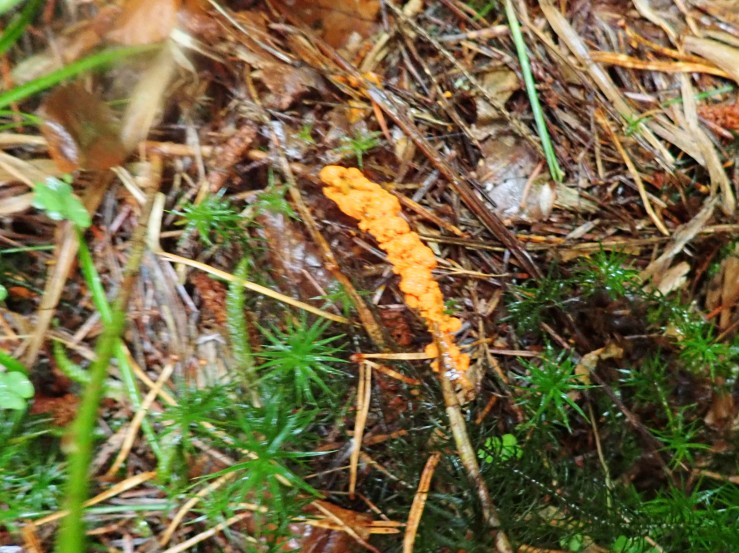
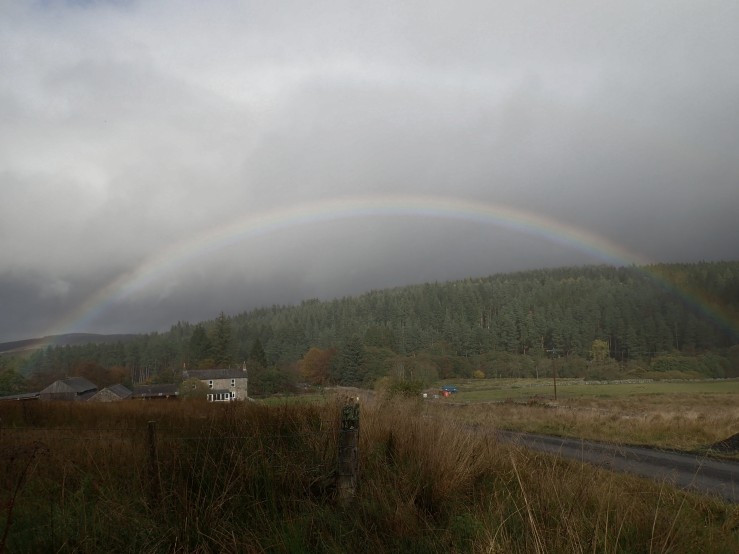
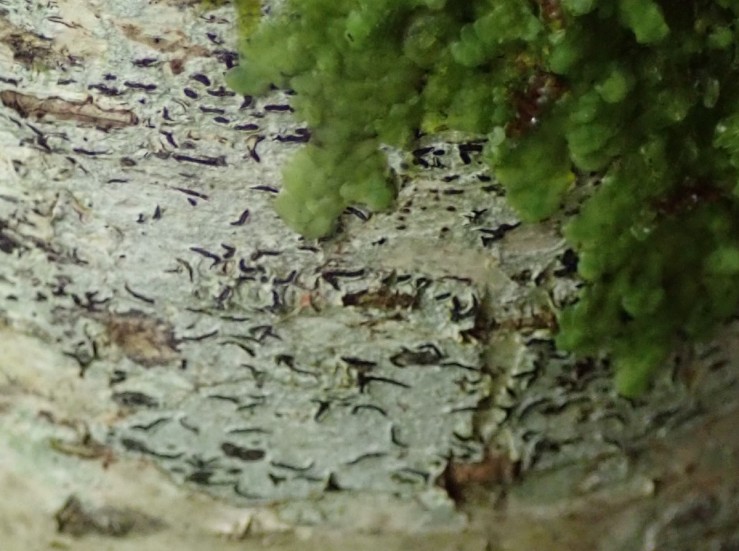
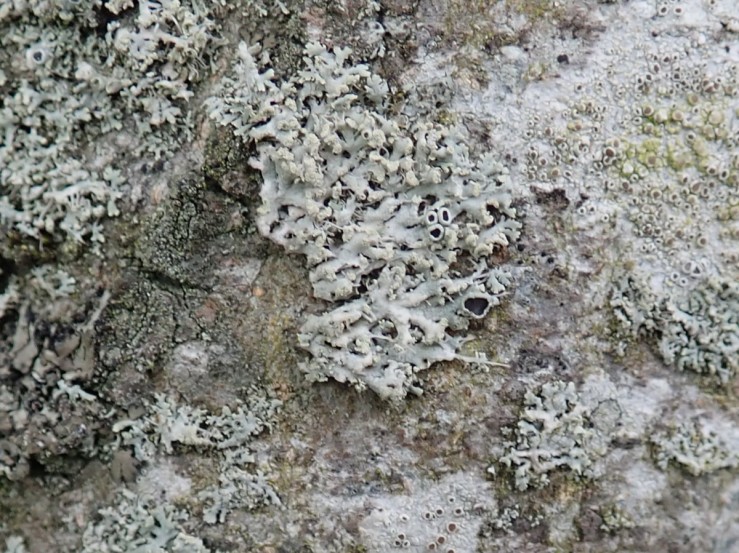
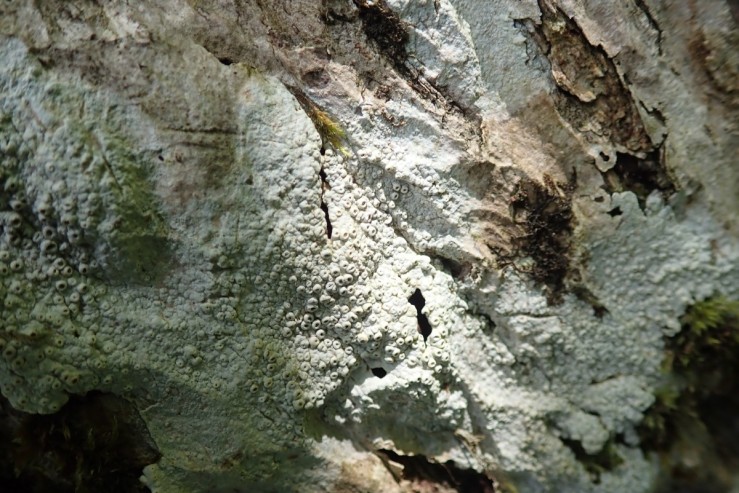
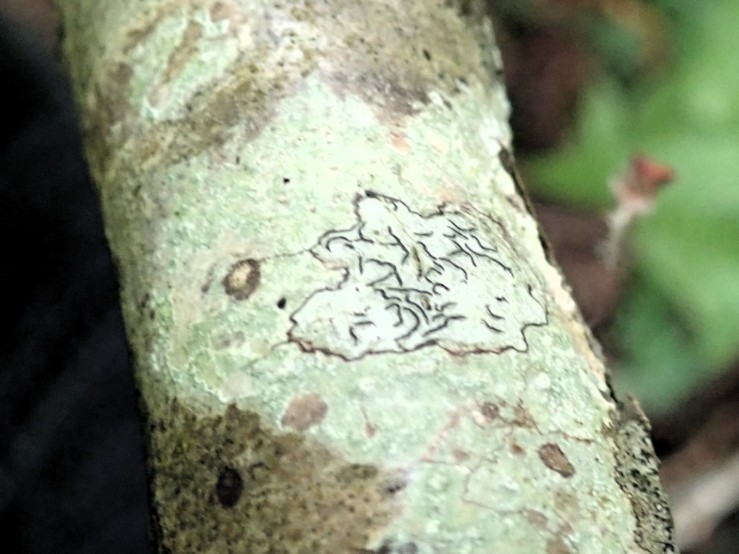
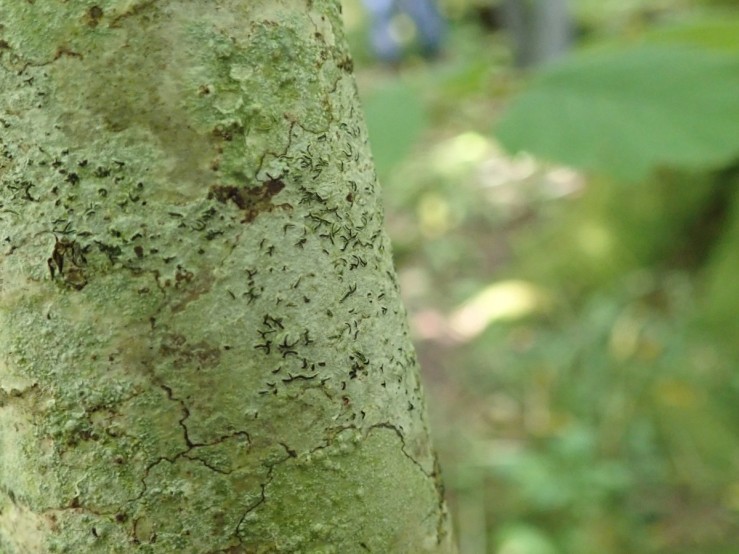
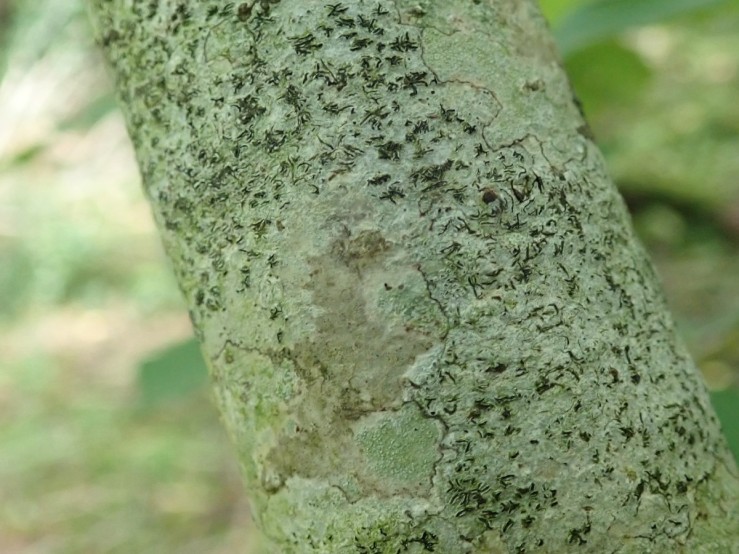
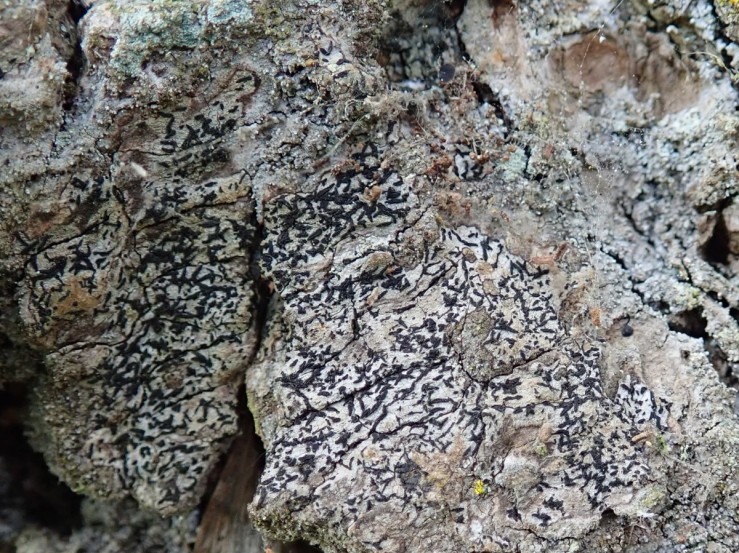
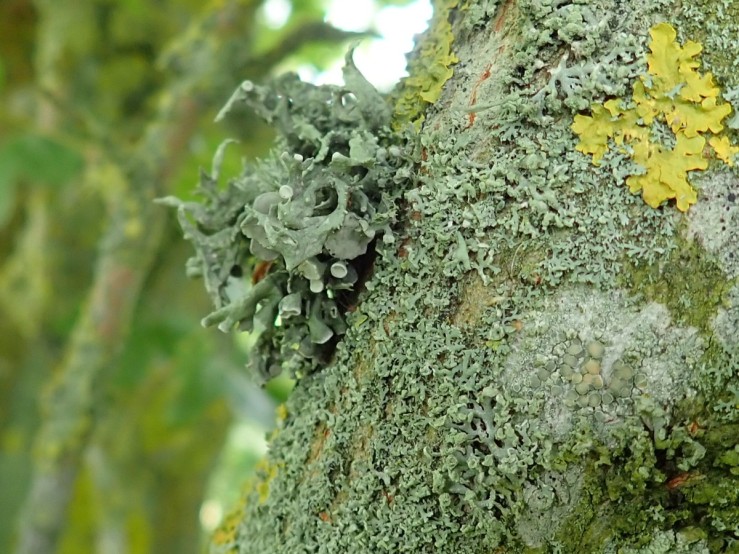
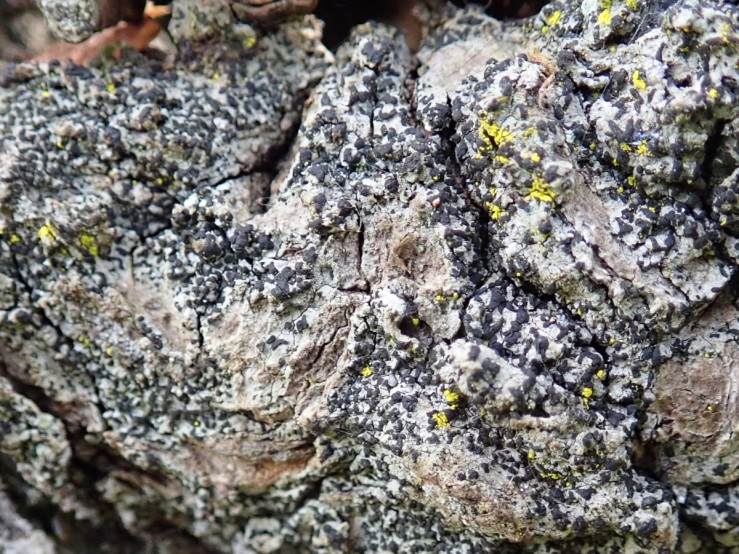















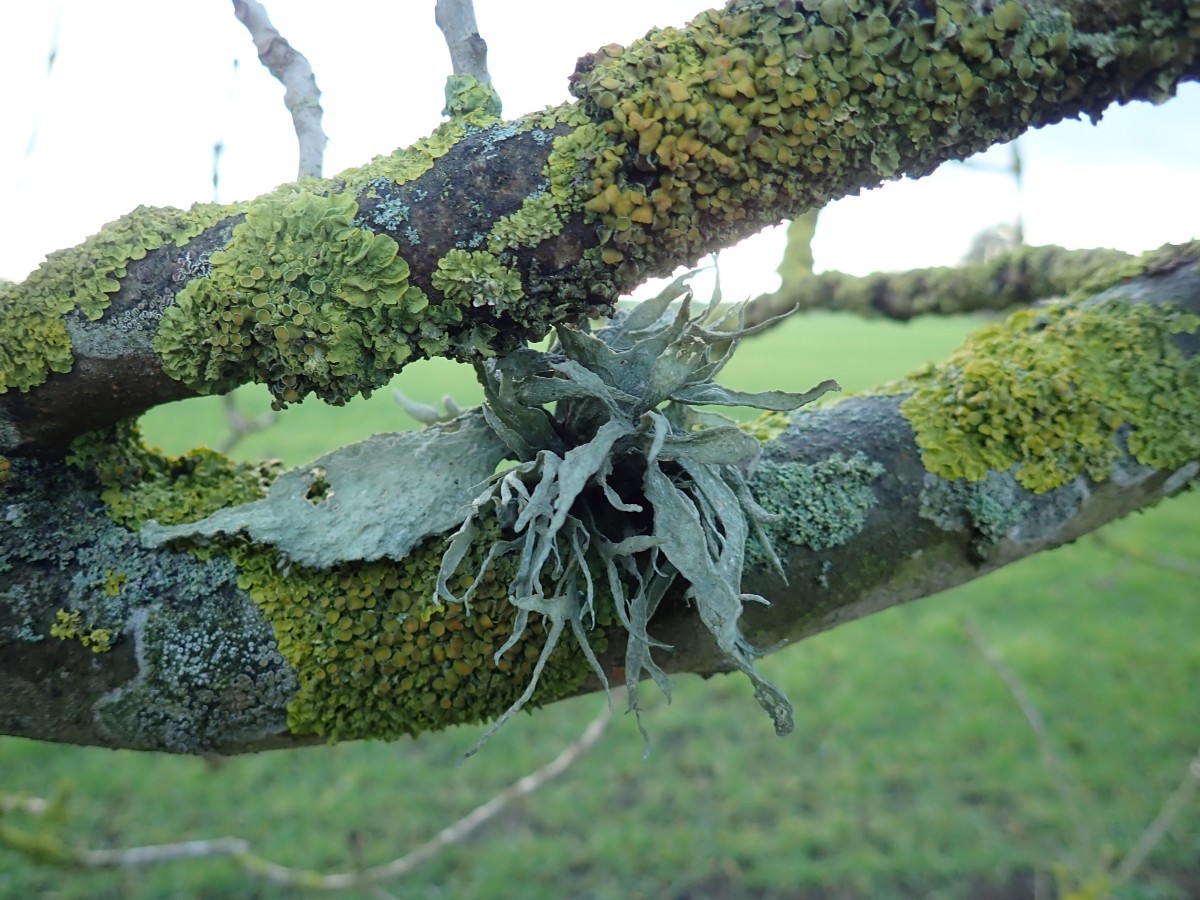
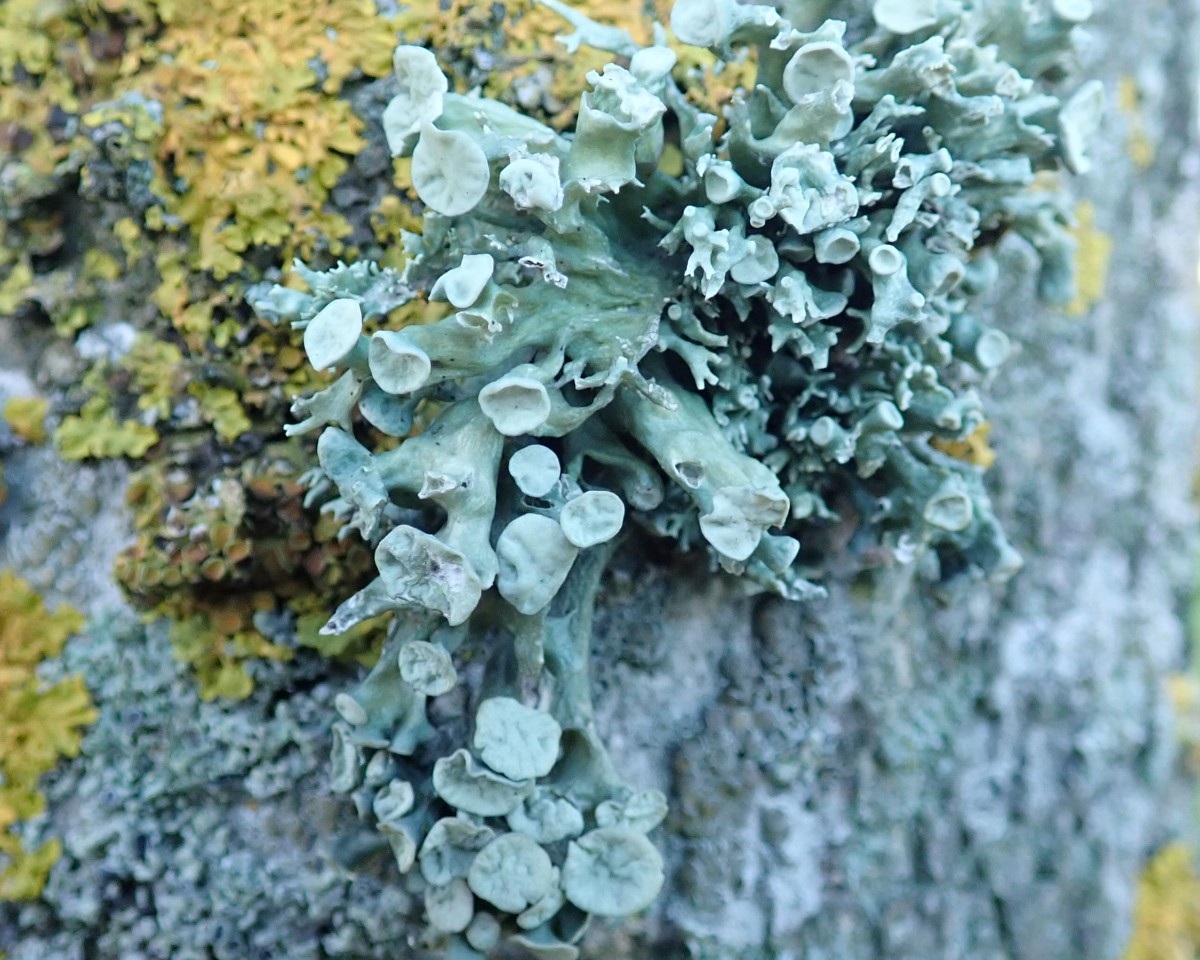

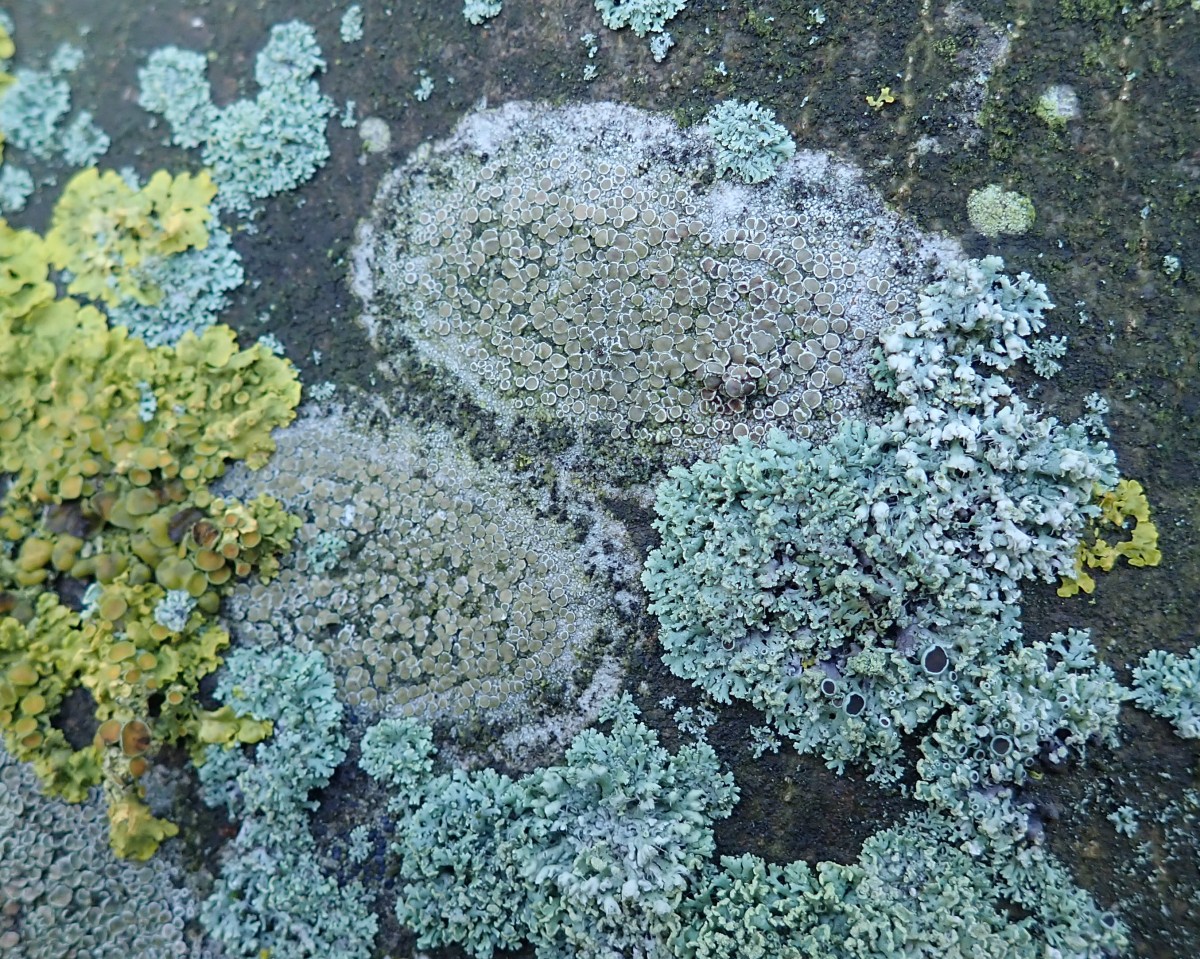
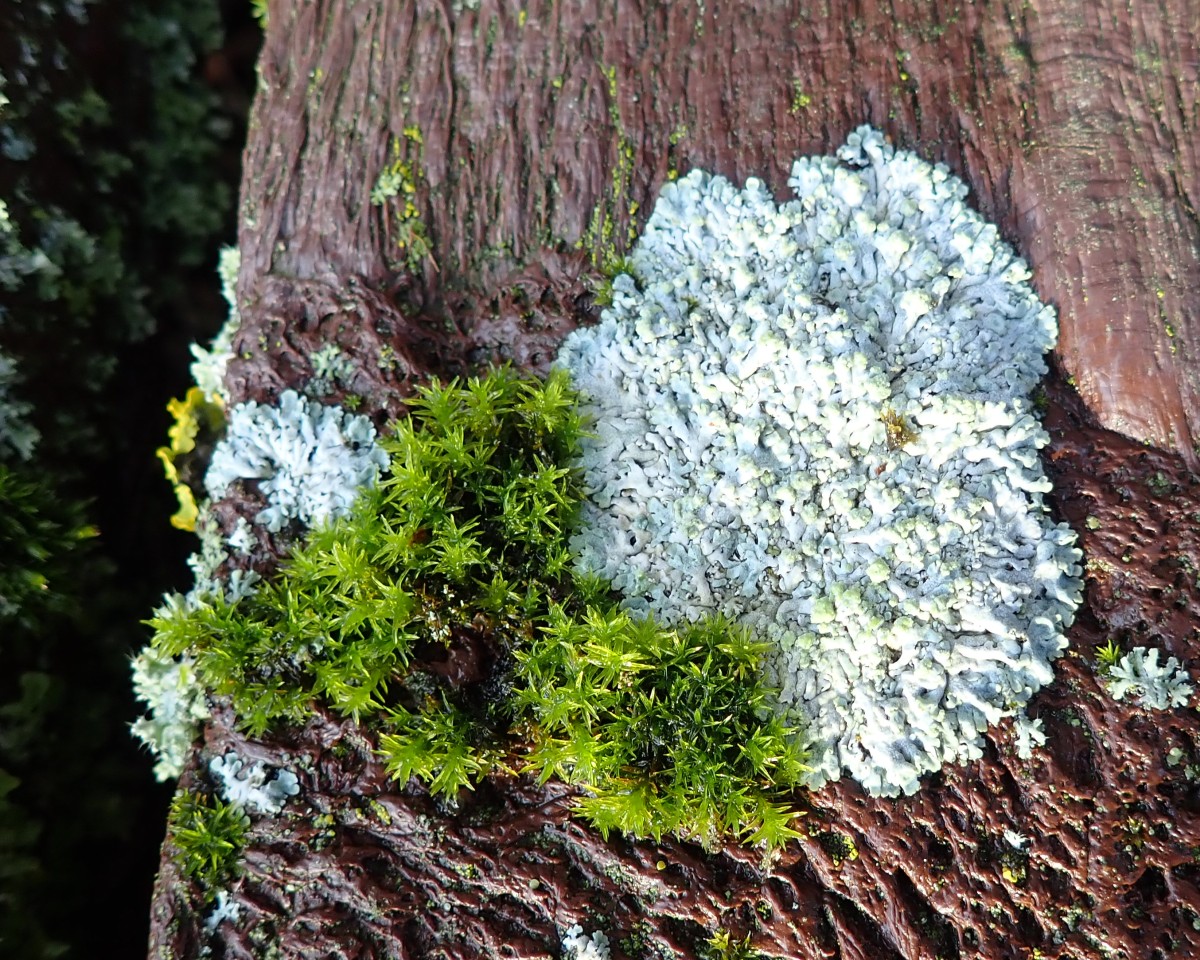

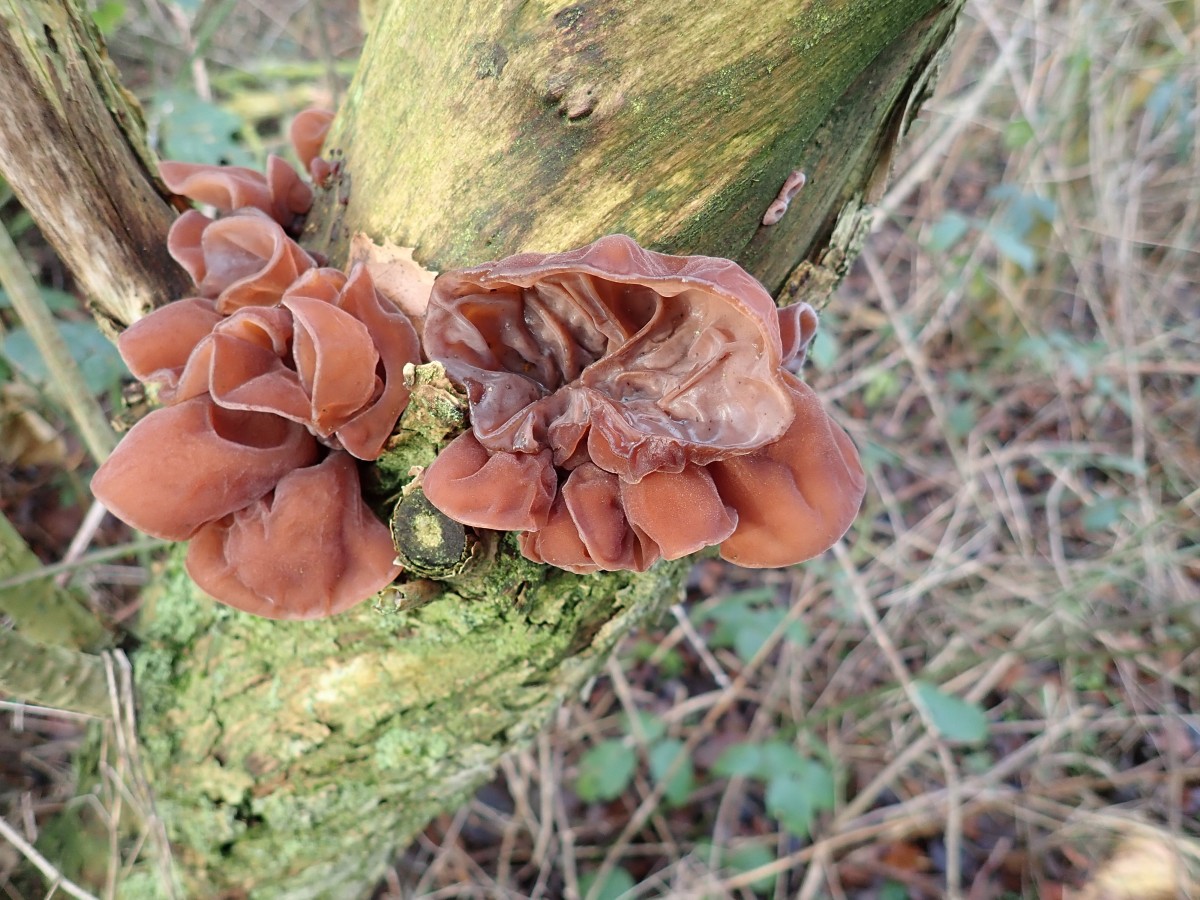

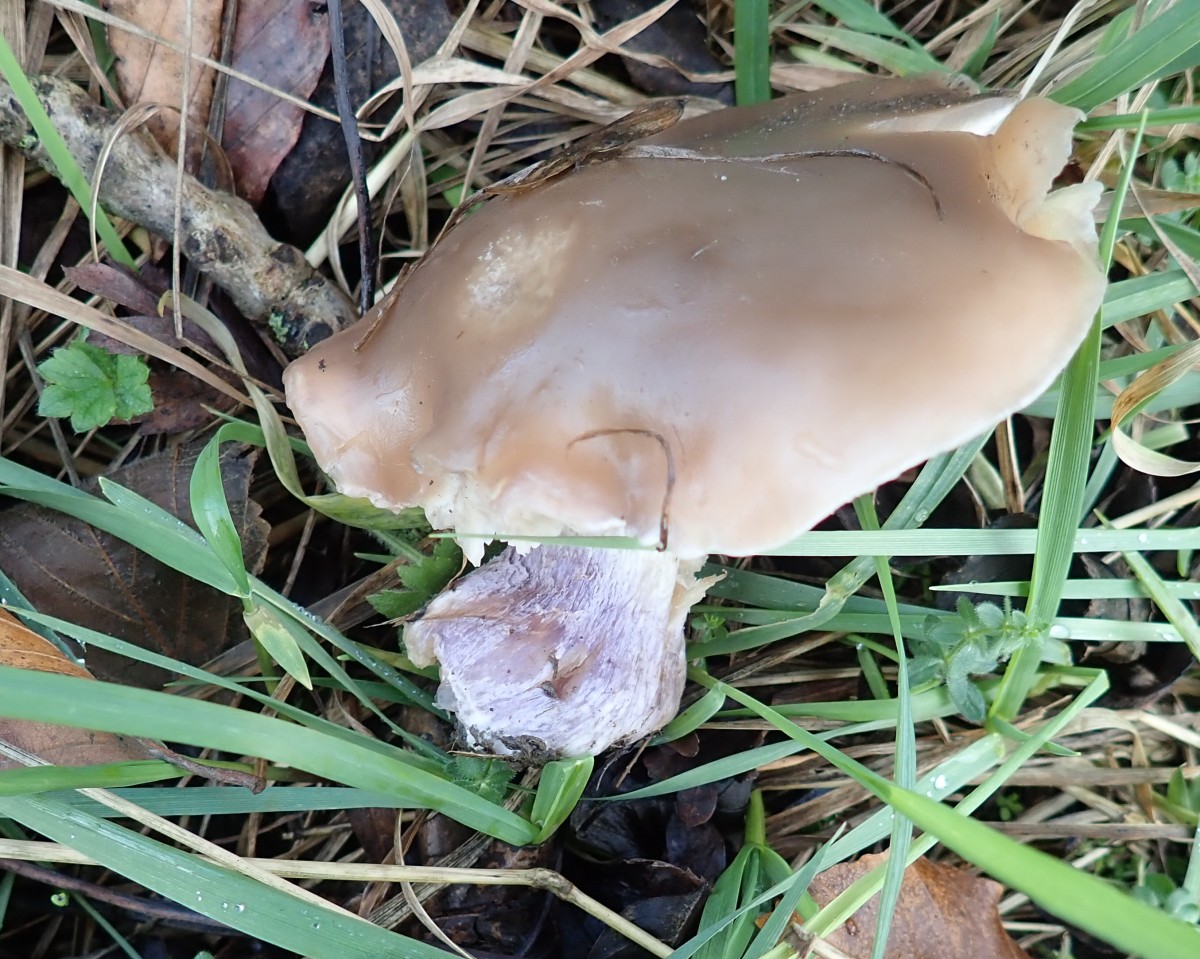
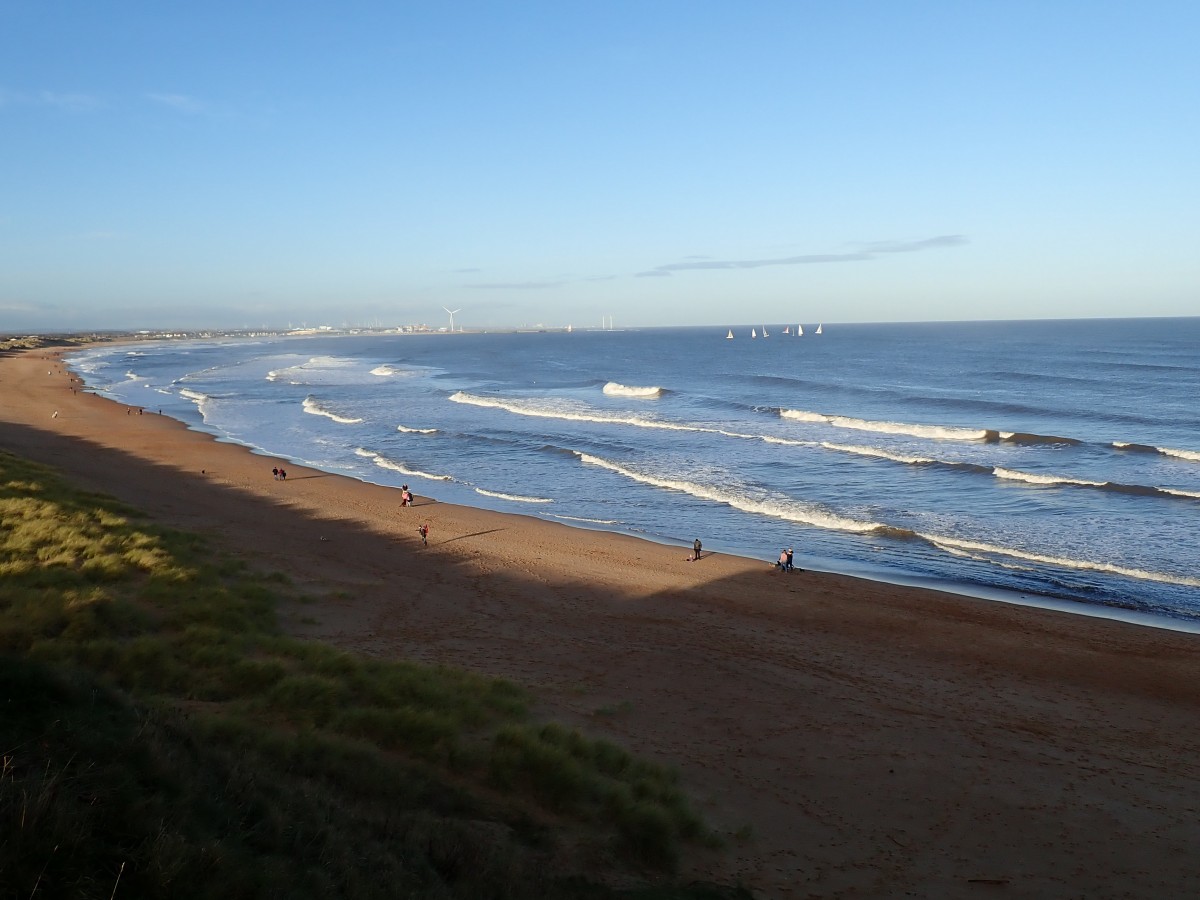

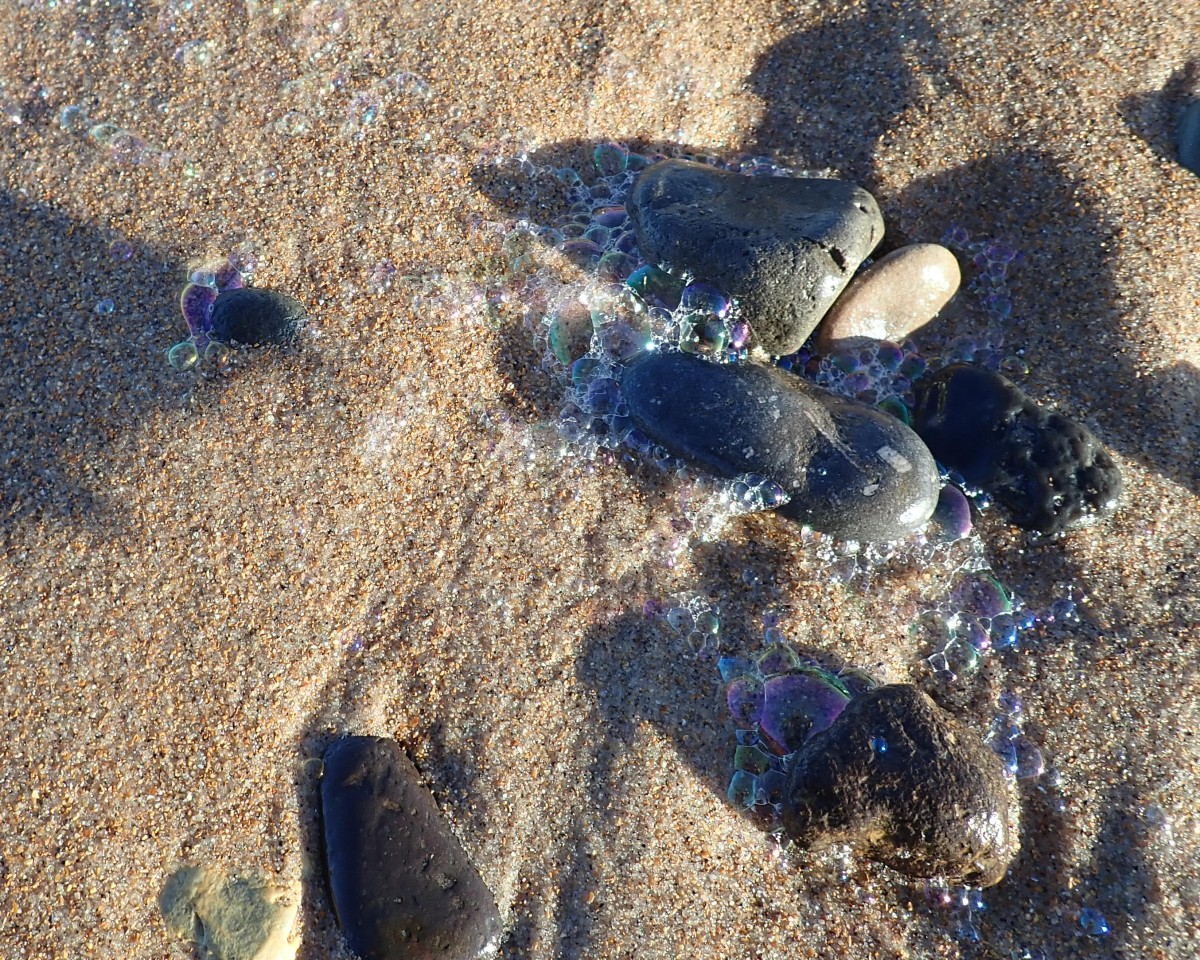
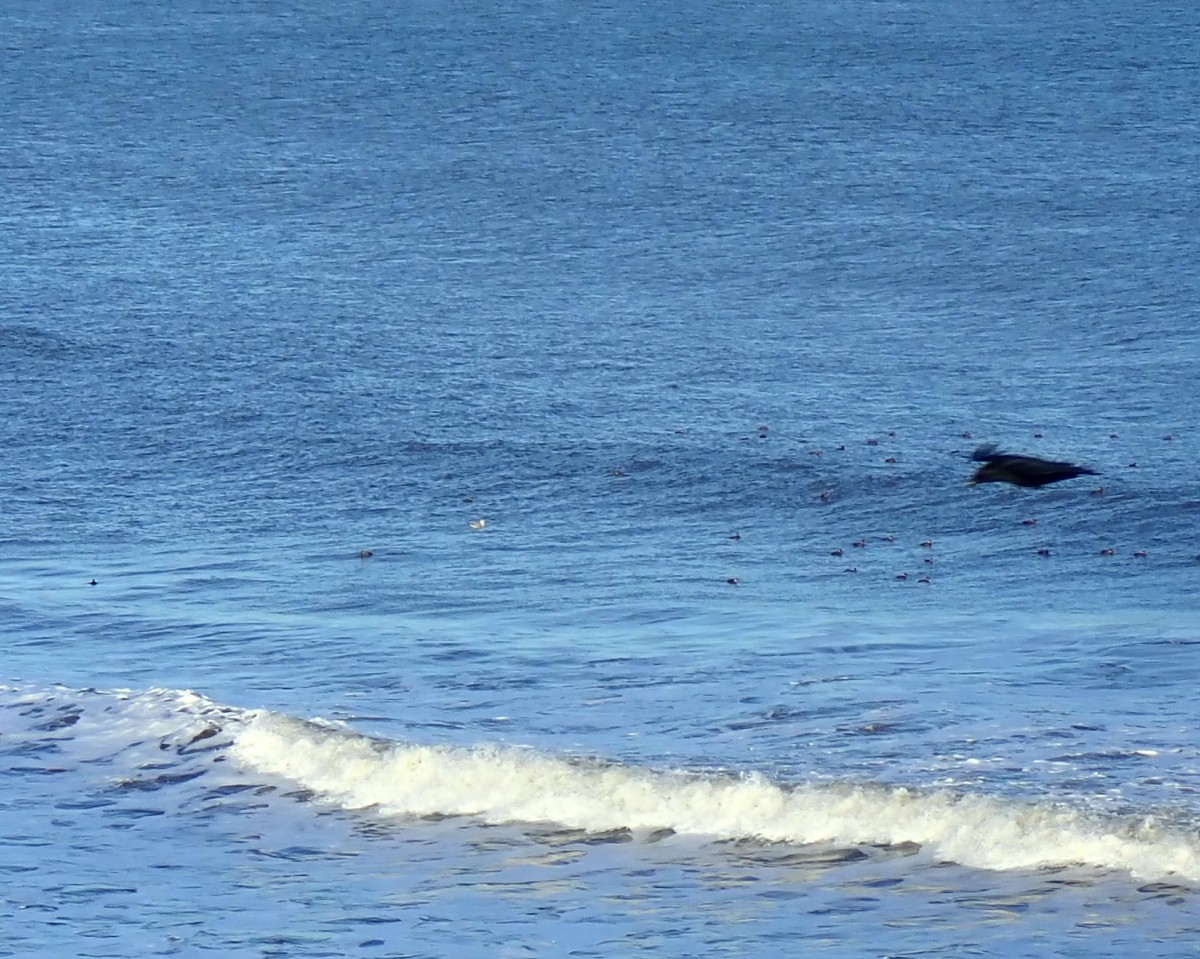
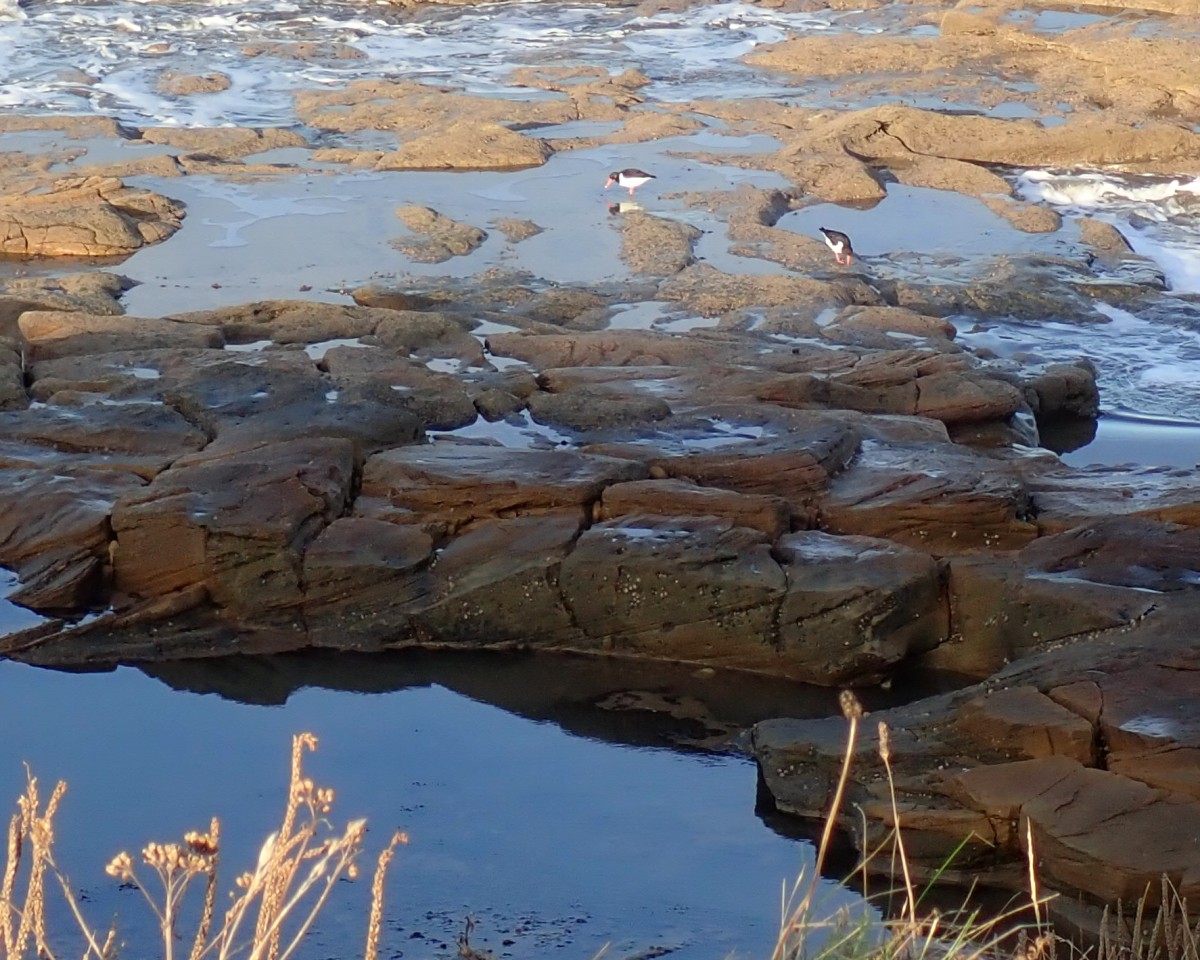
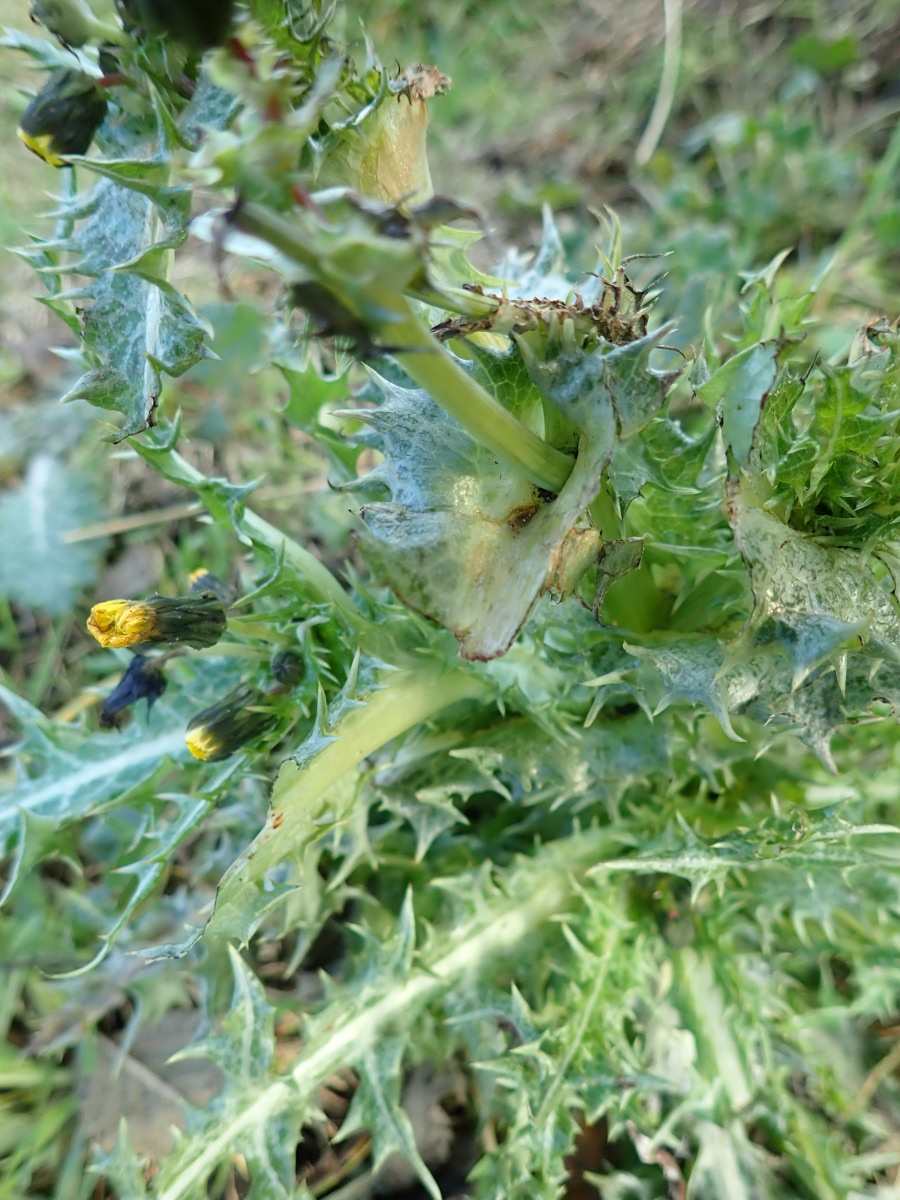
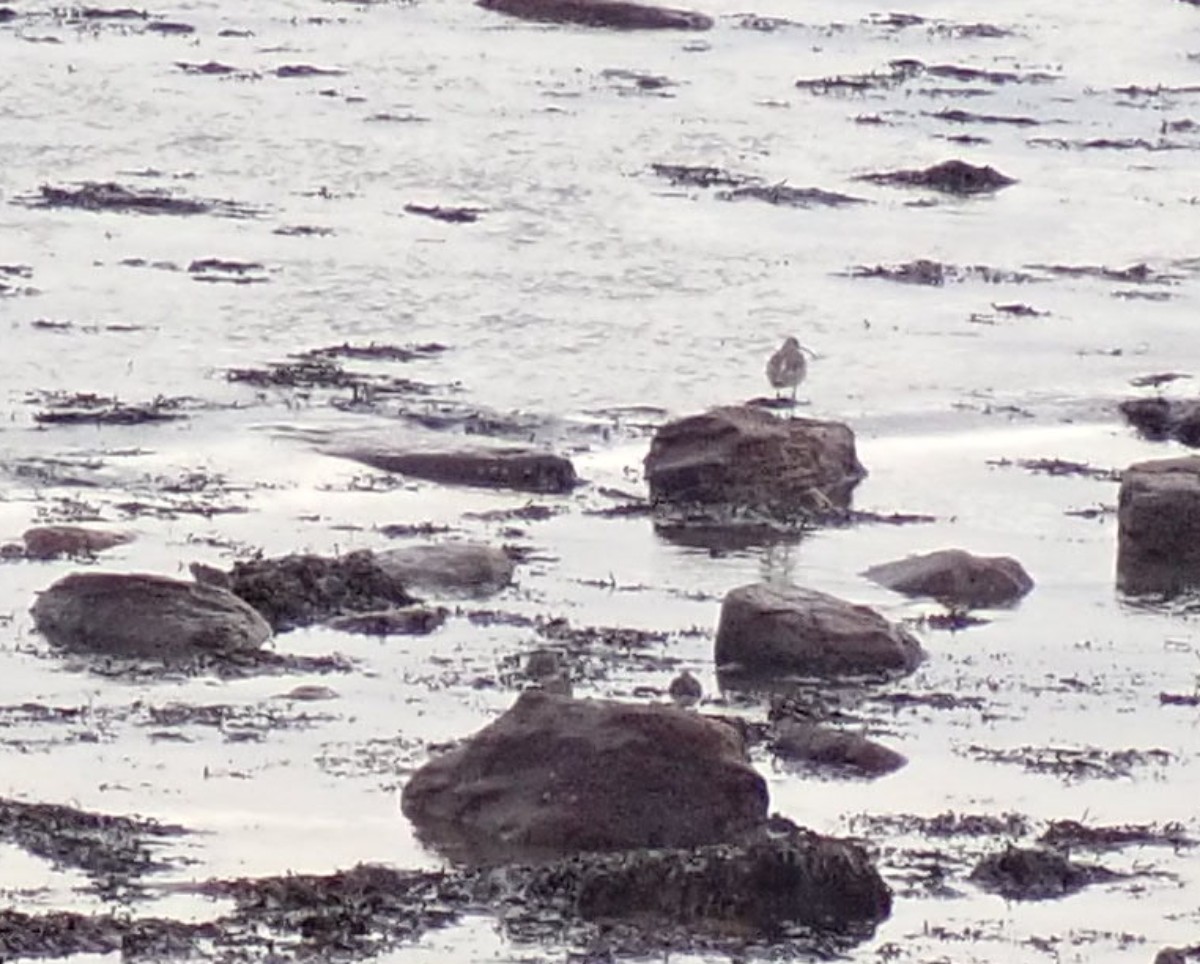
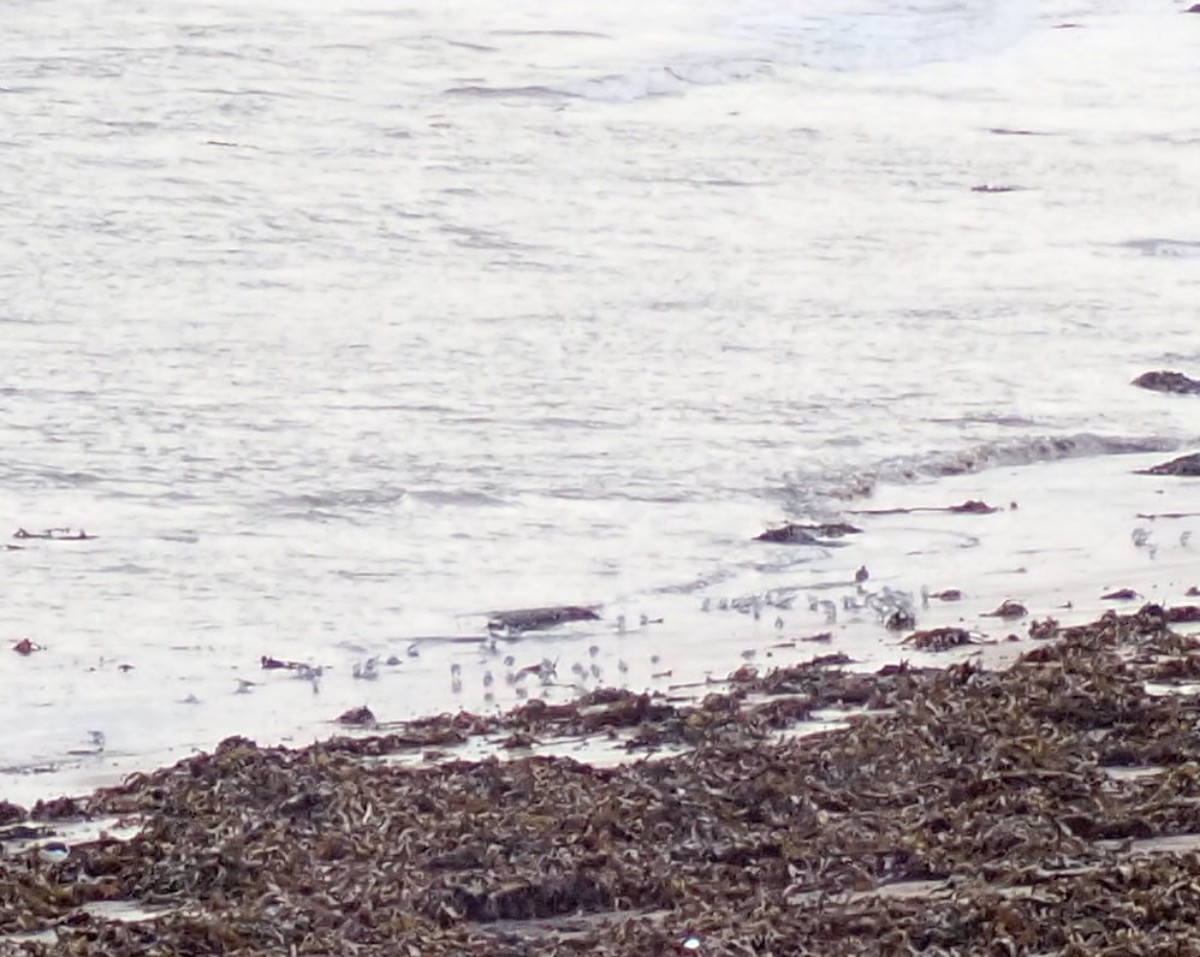
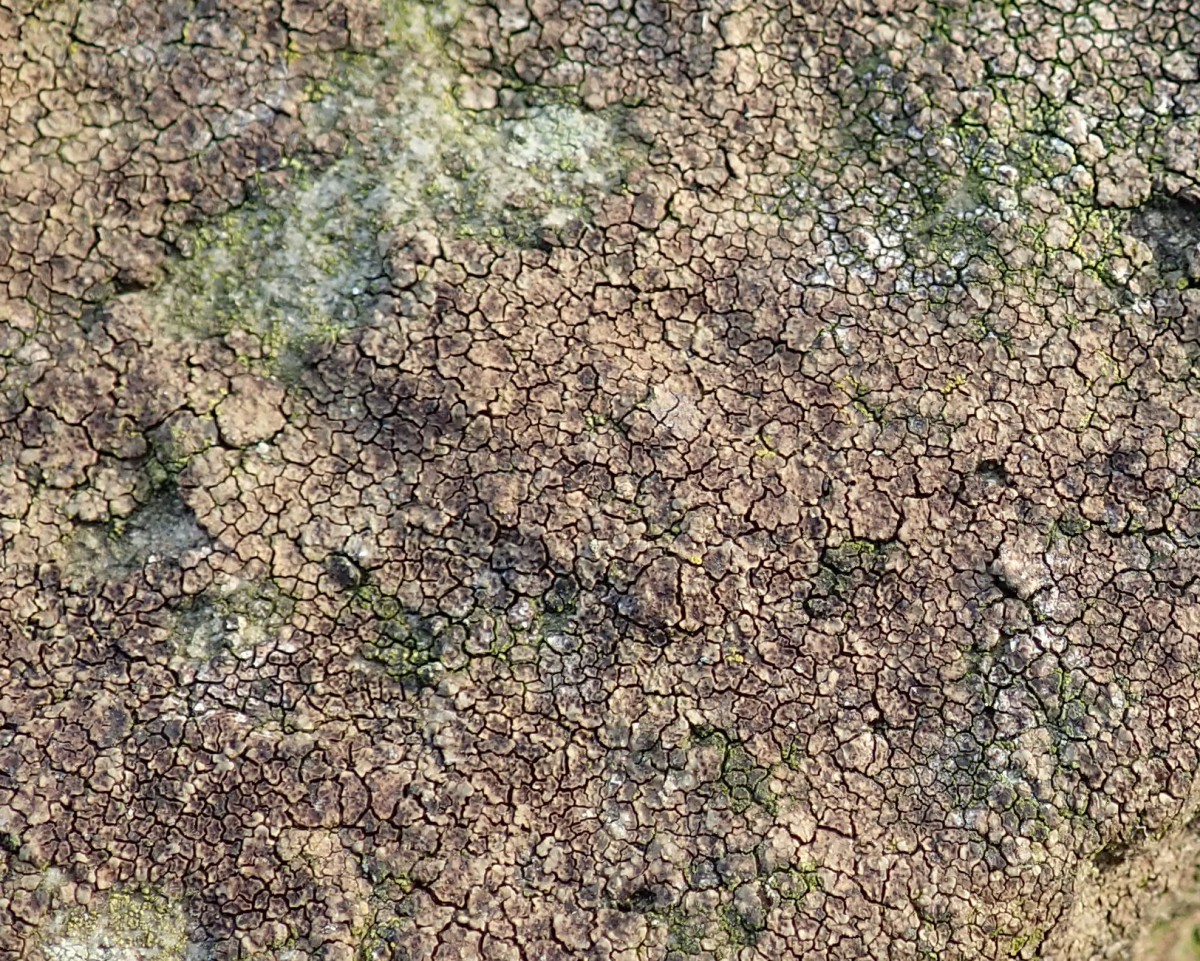
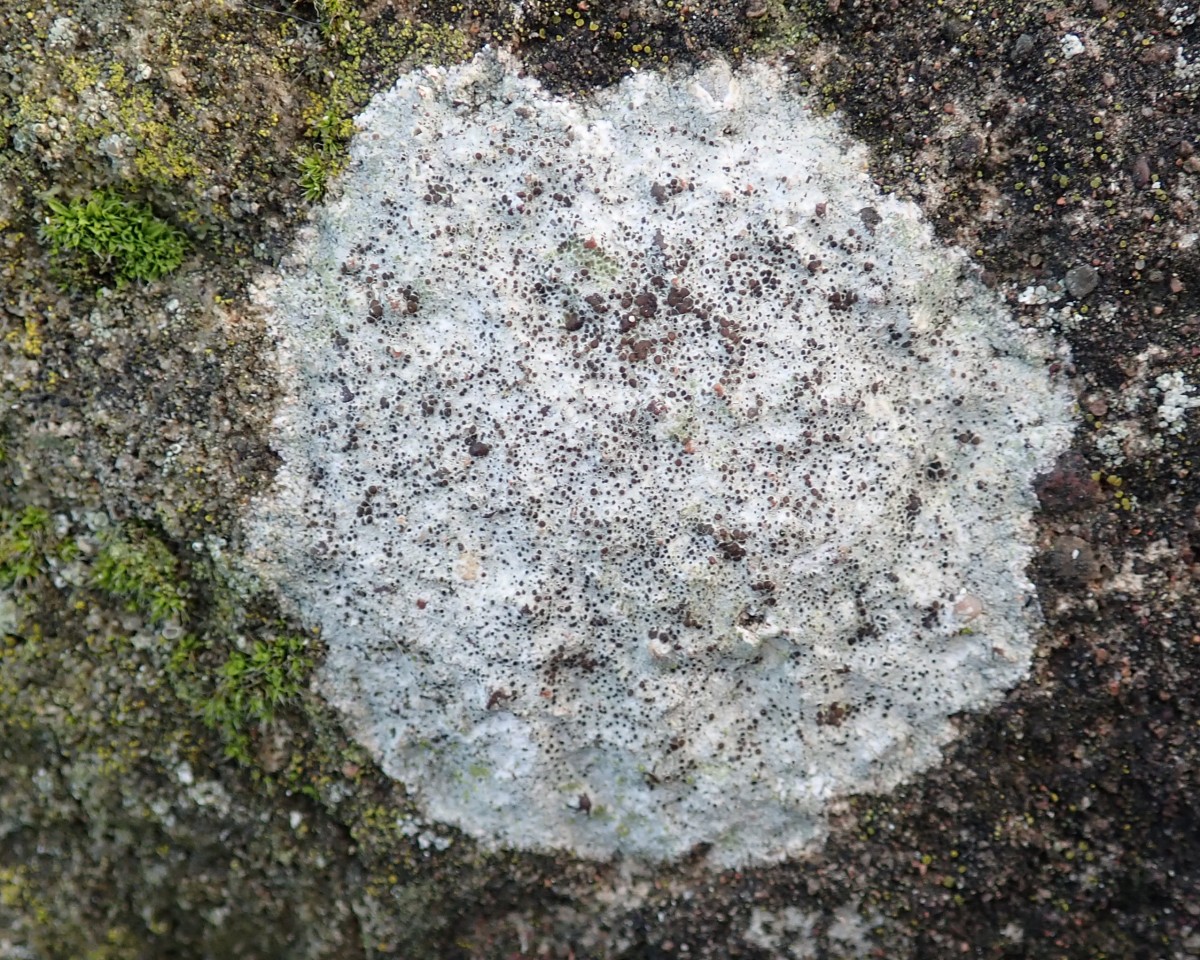
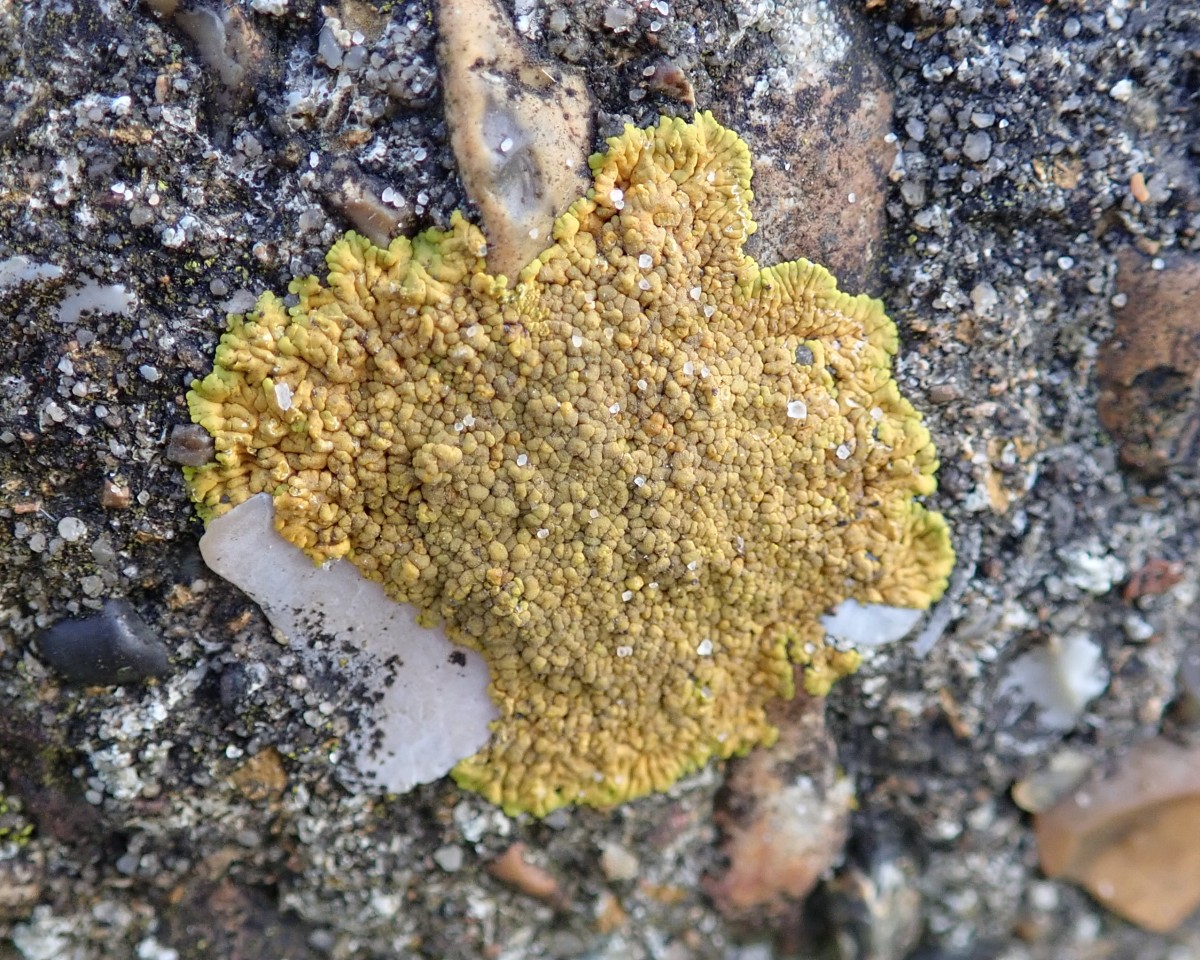
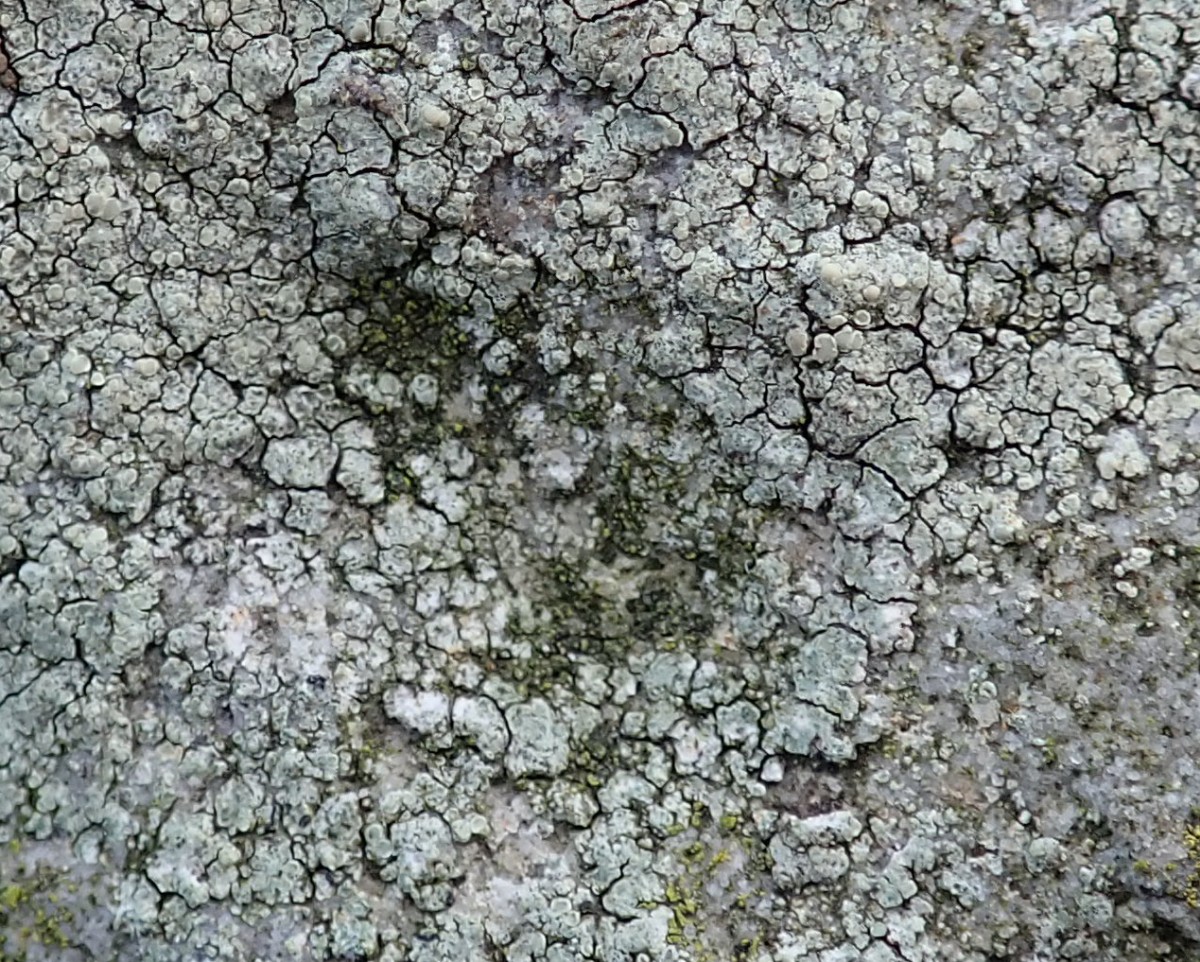
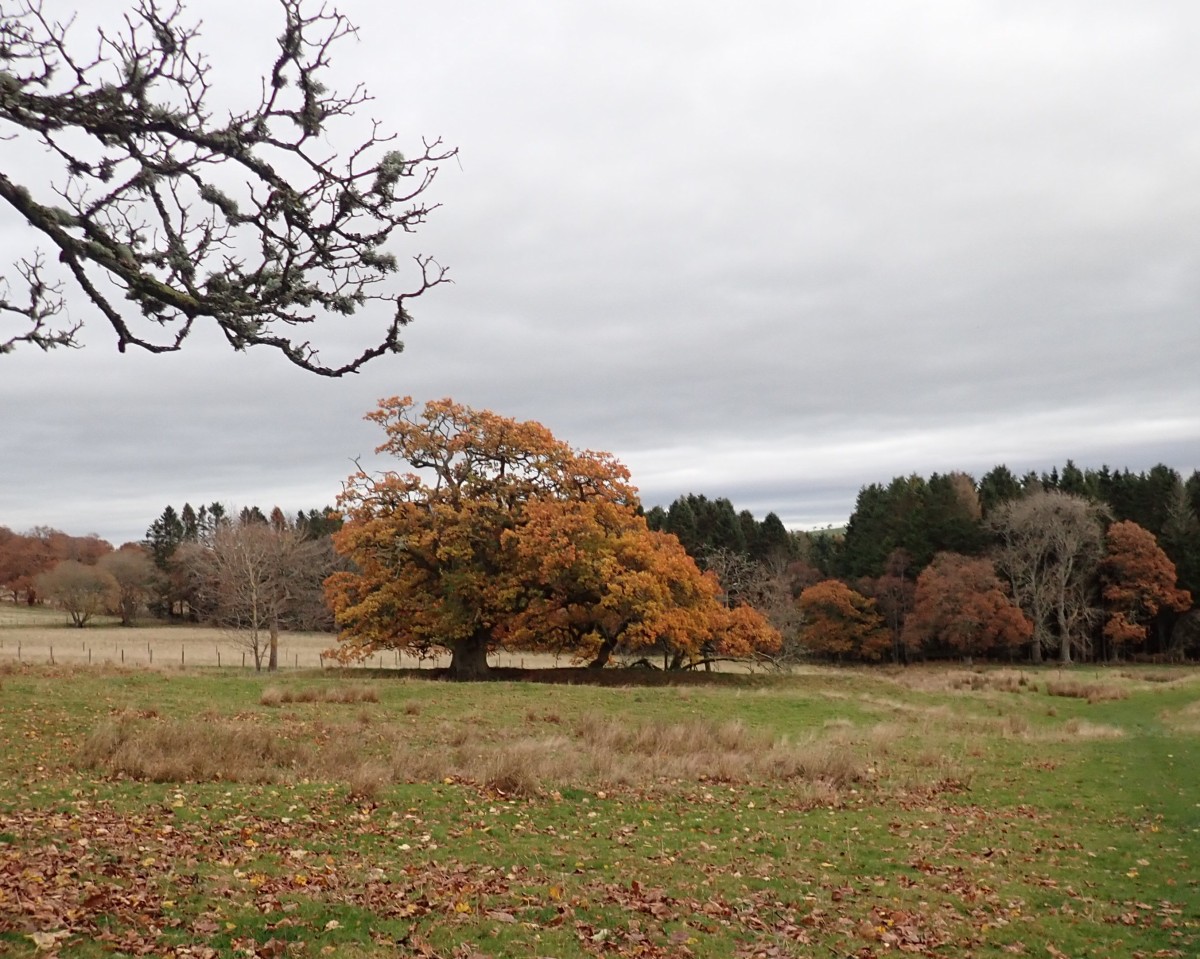
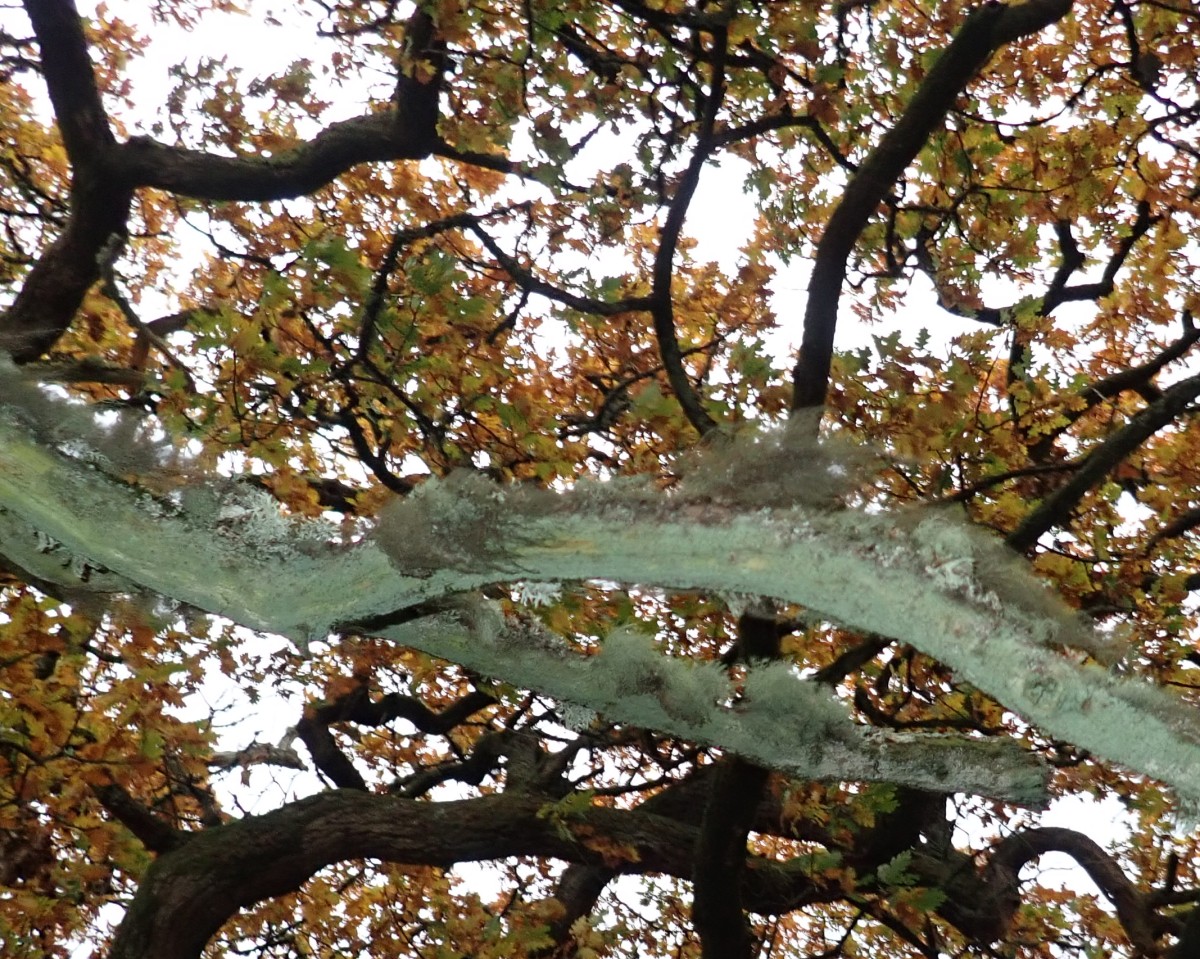
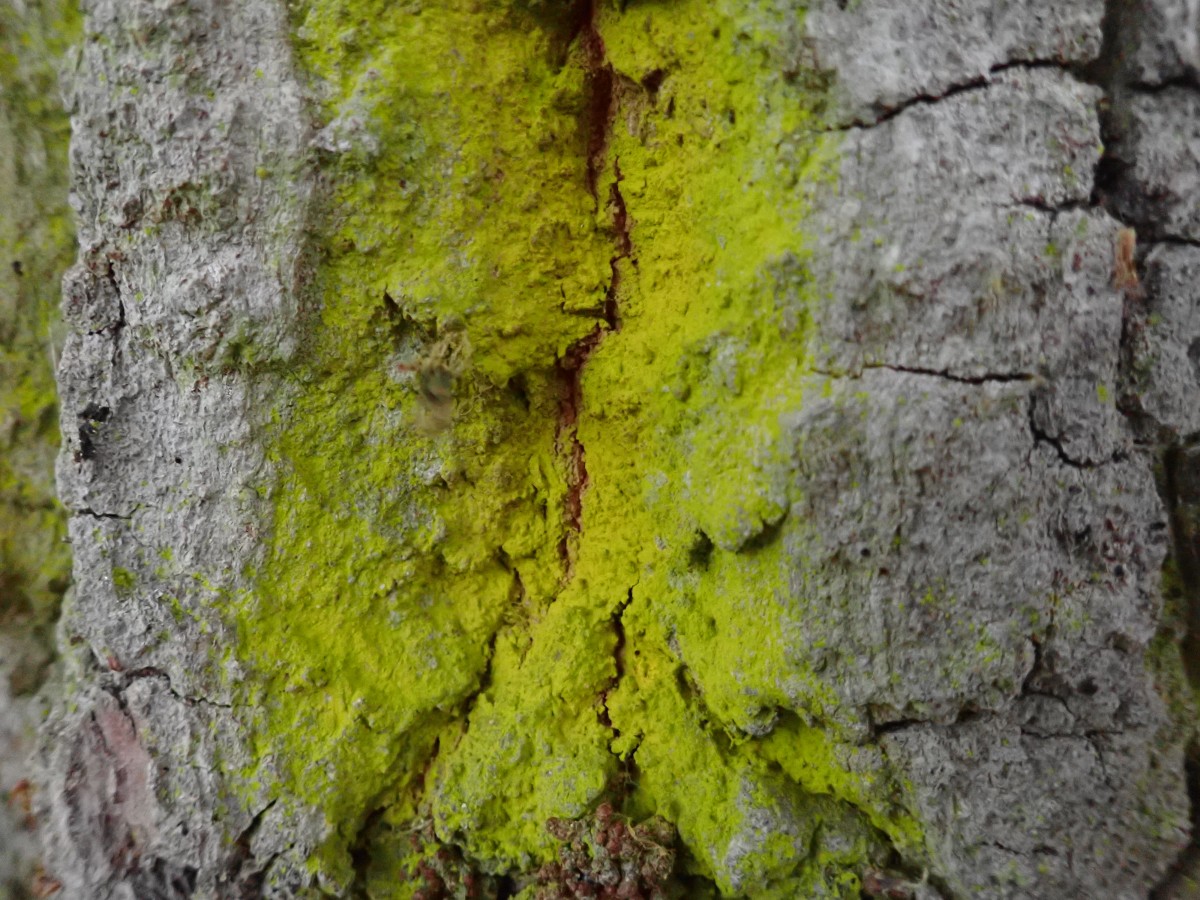
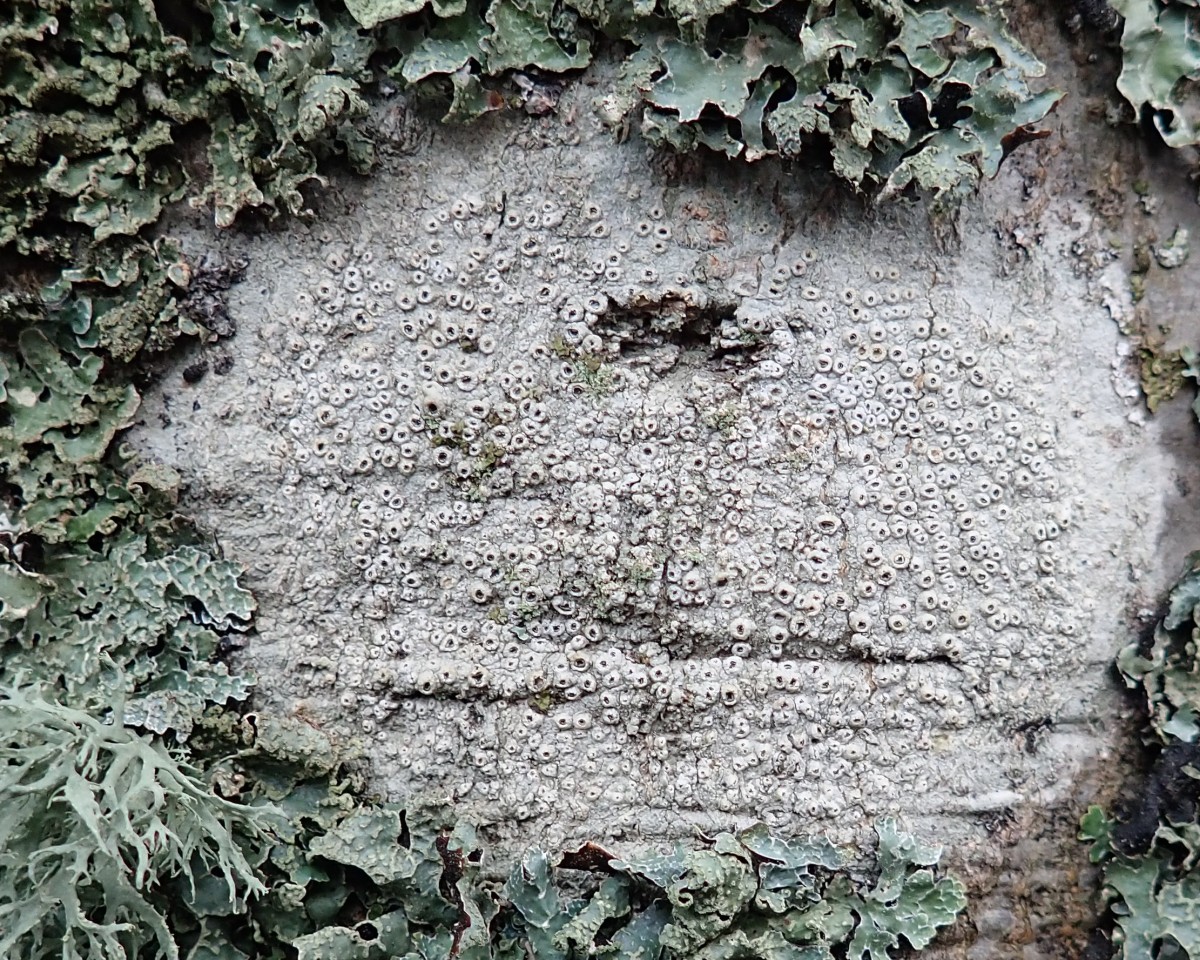
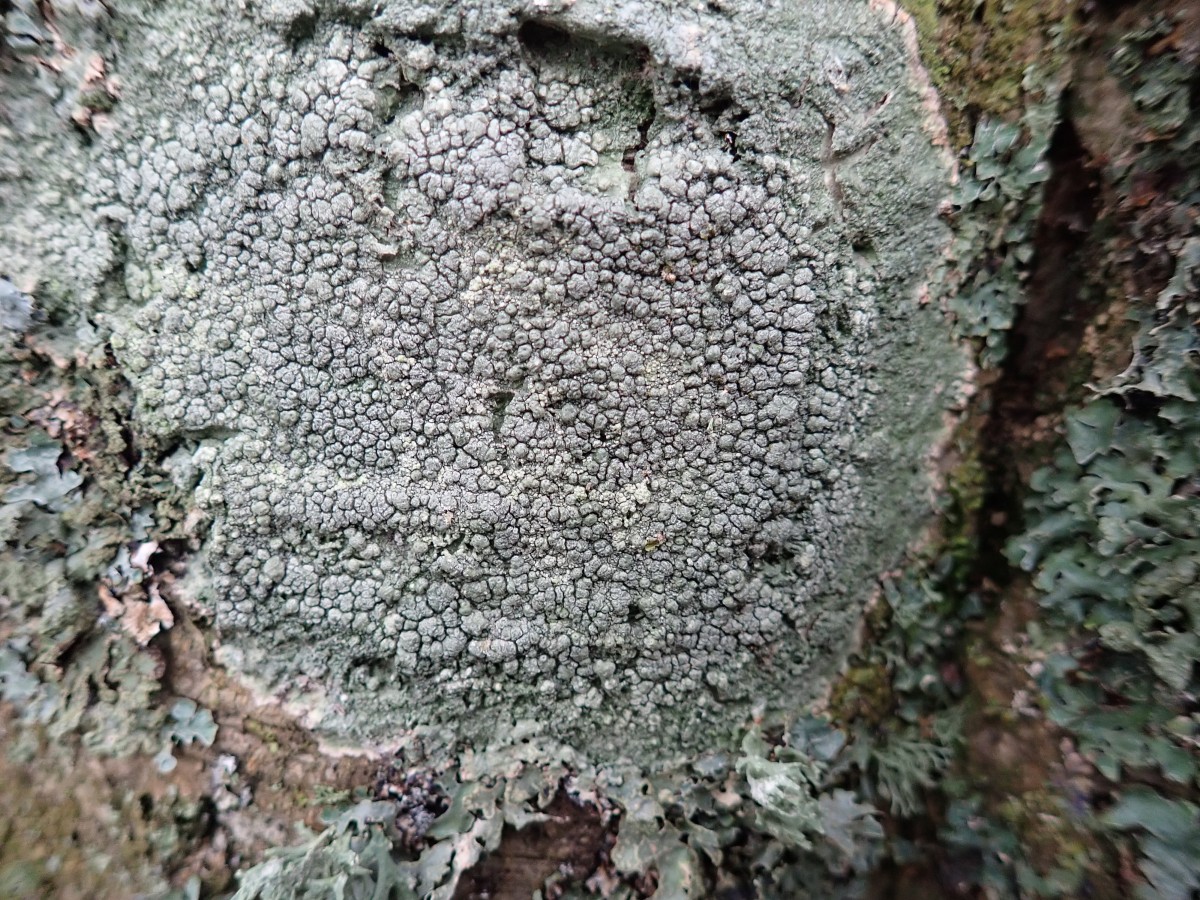
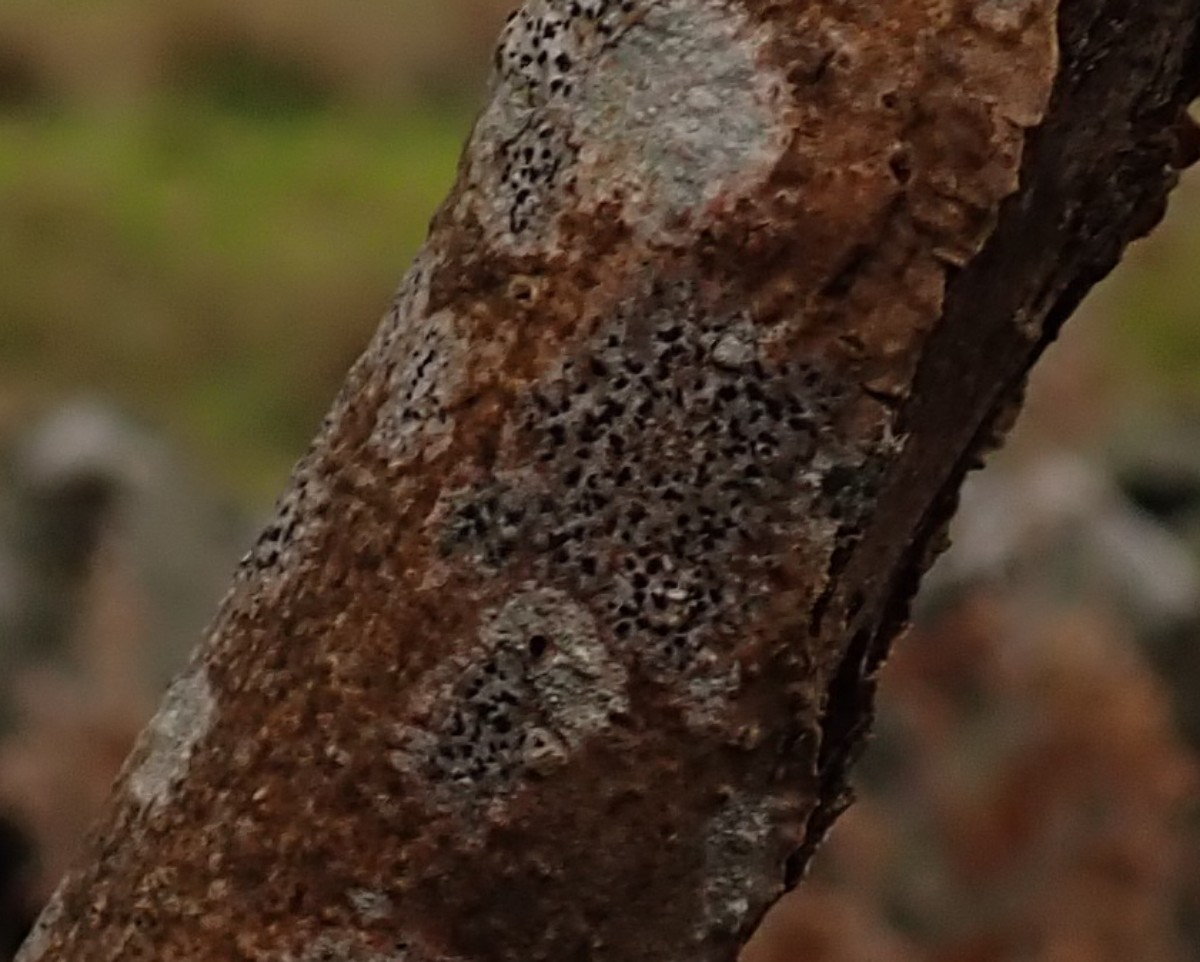
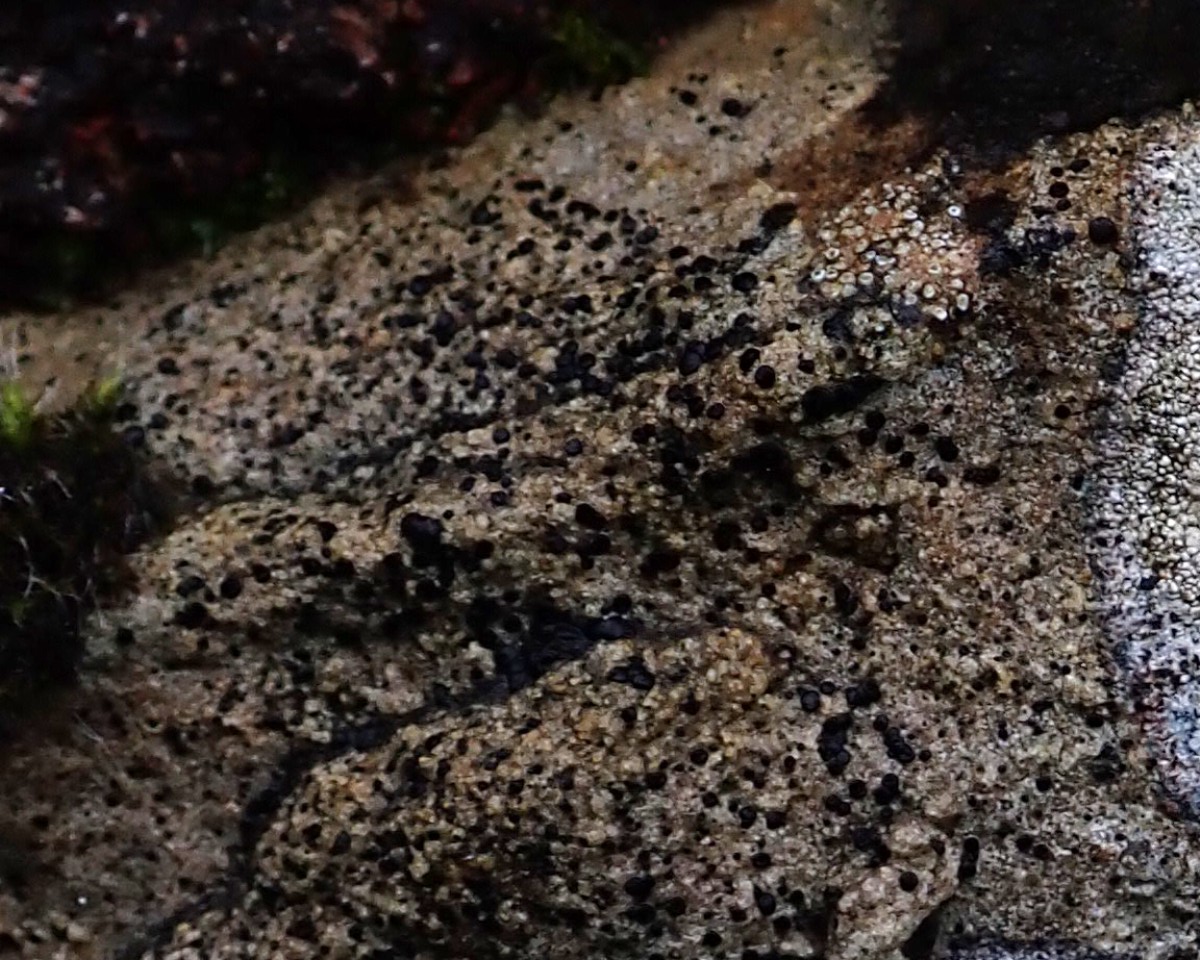 Mycoblastus sanguineus is a crustose lichen found on hard sandstone rocks. Could this be a specimen?
Mycoblastus sanguineus is a crustose lichen found on hard sandstone rocks. Could this be a specimen?